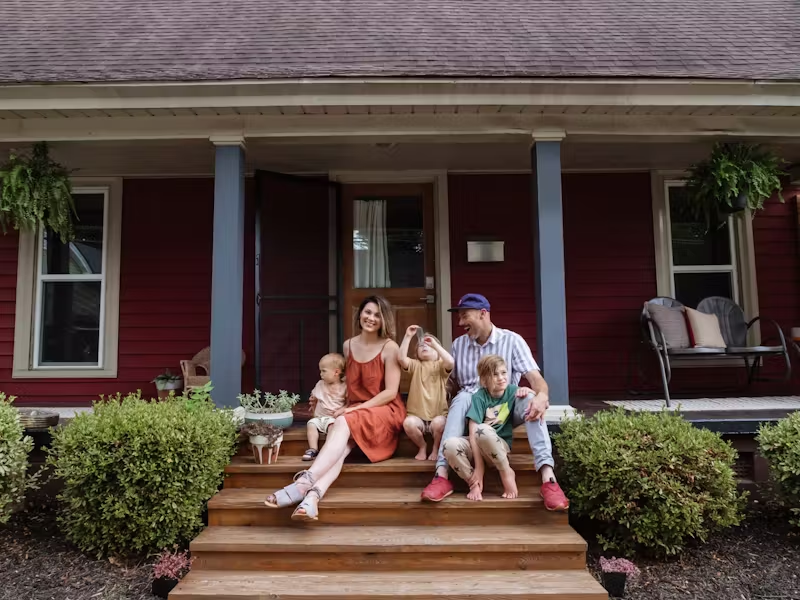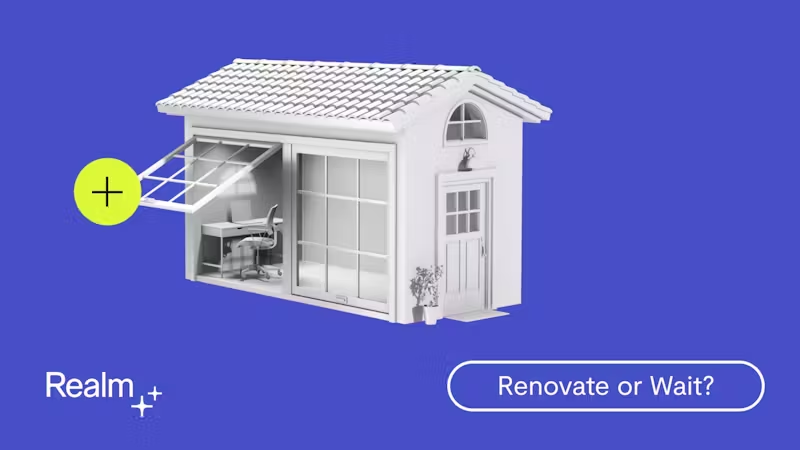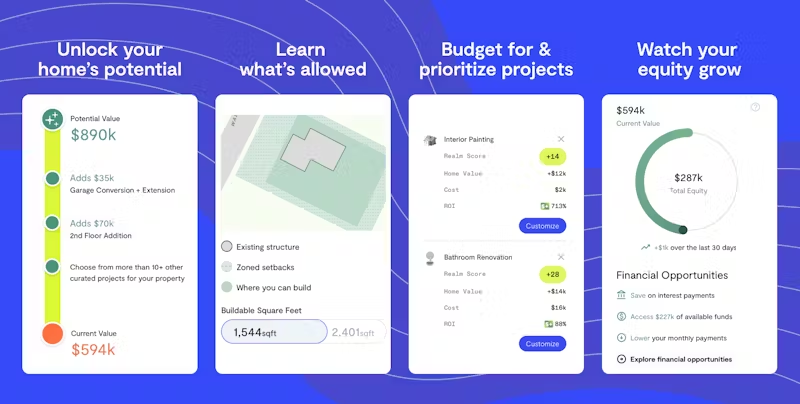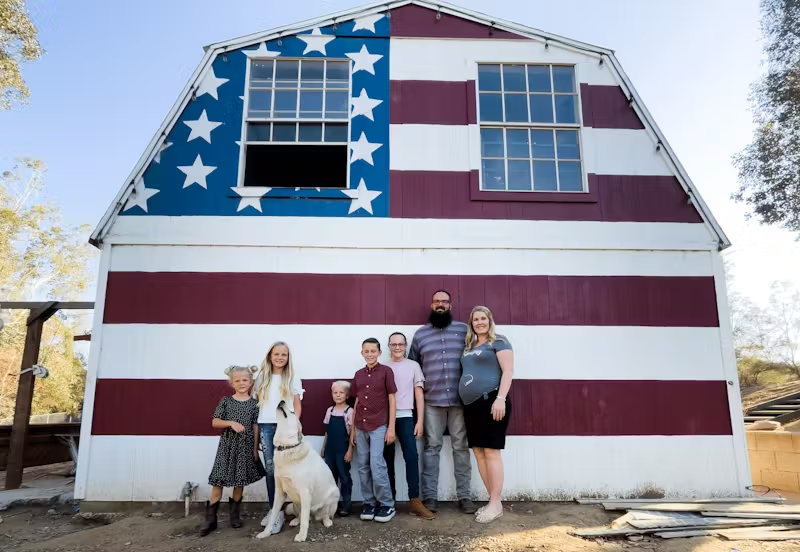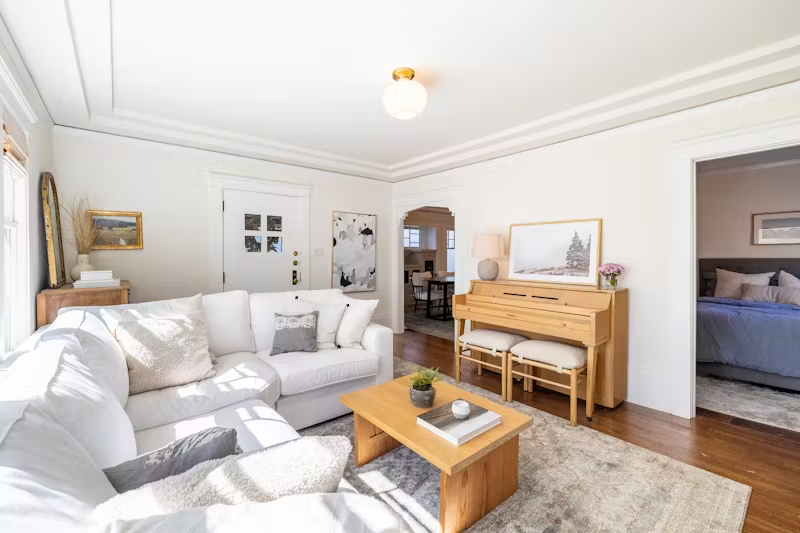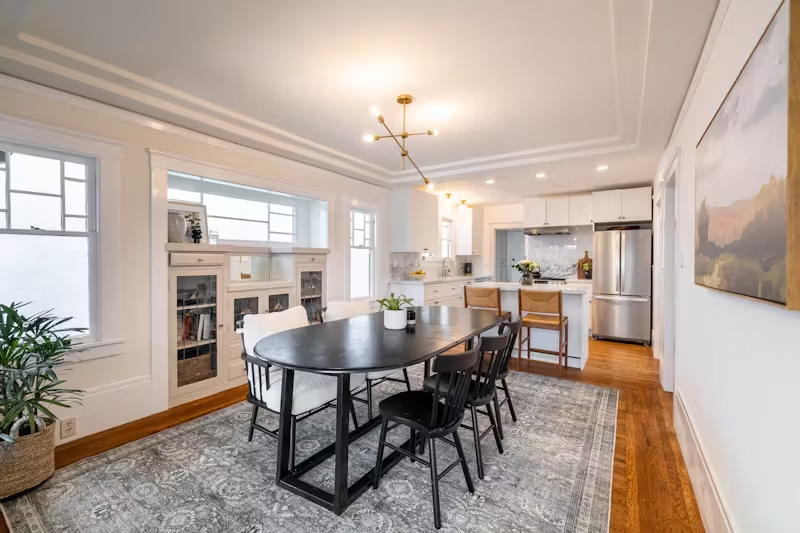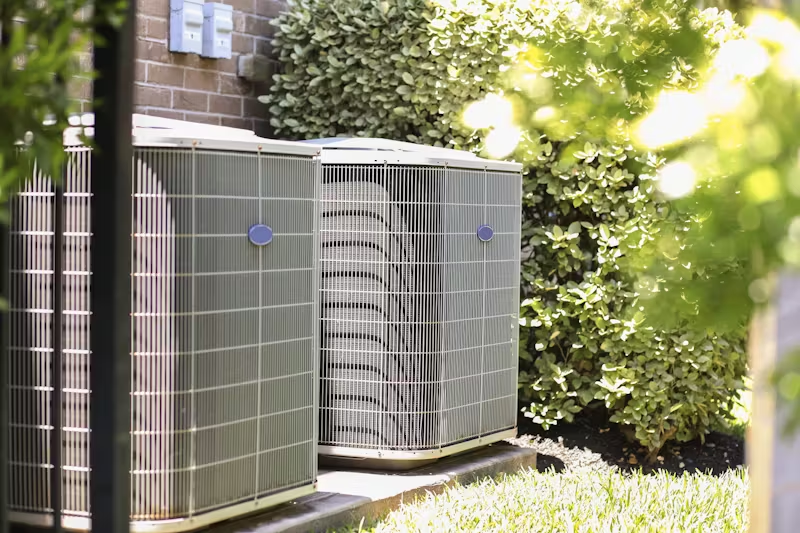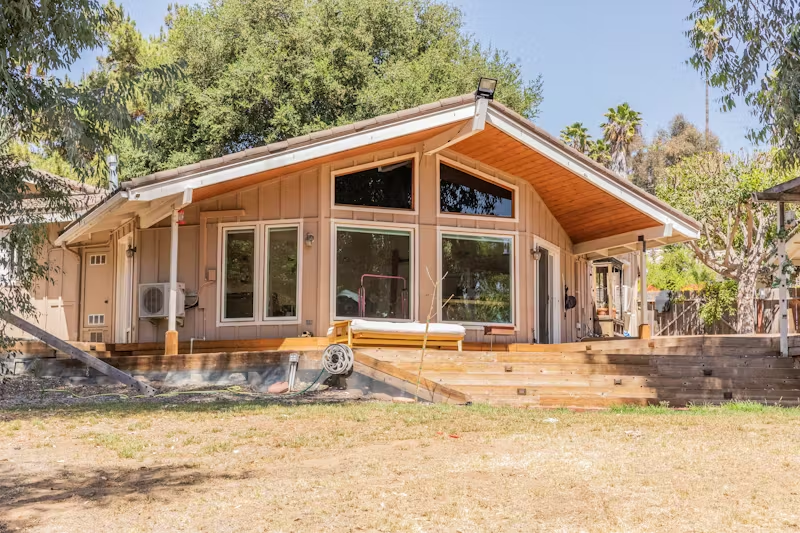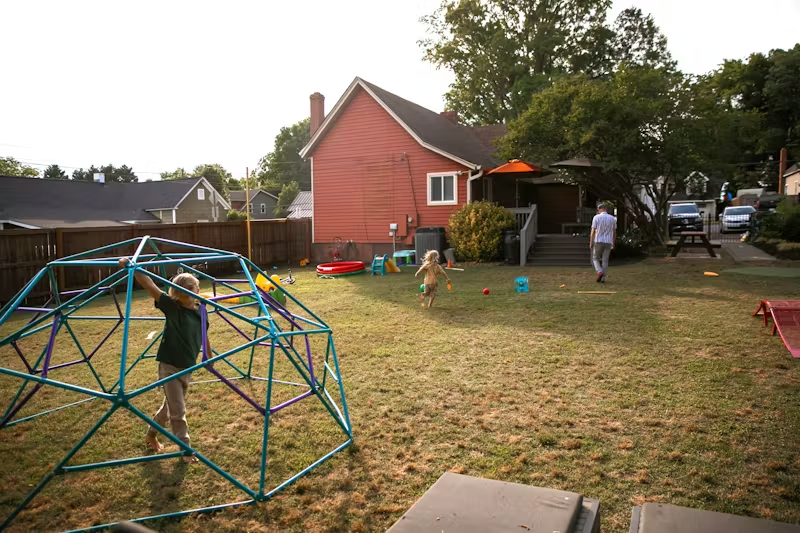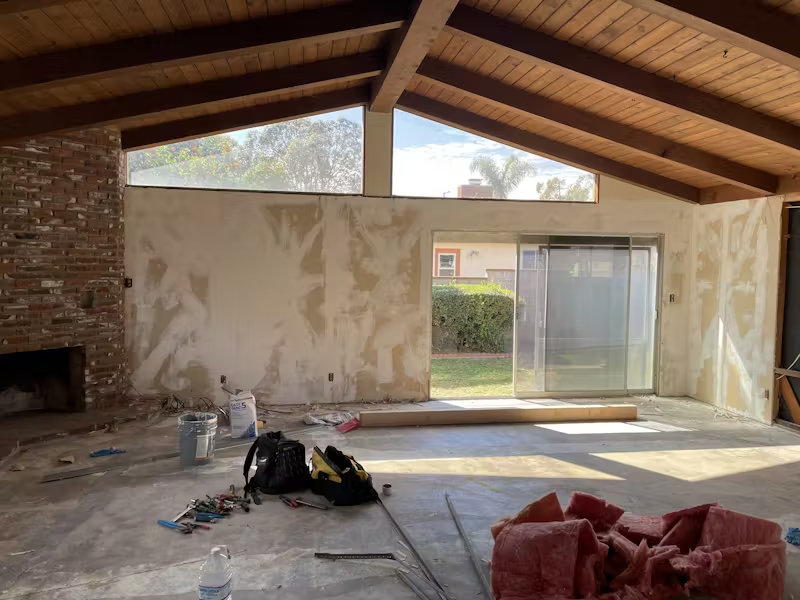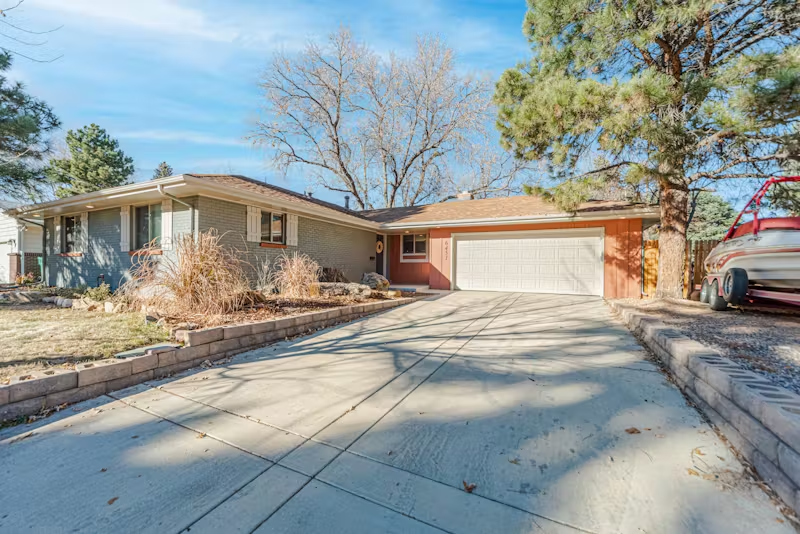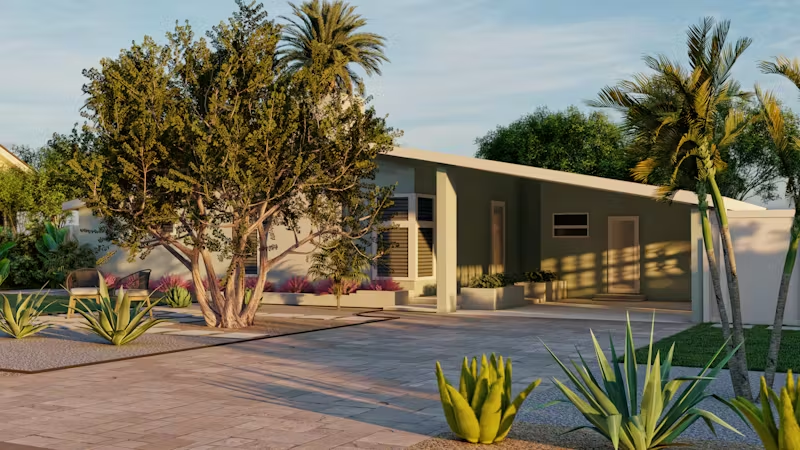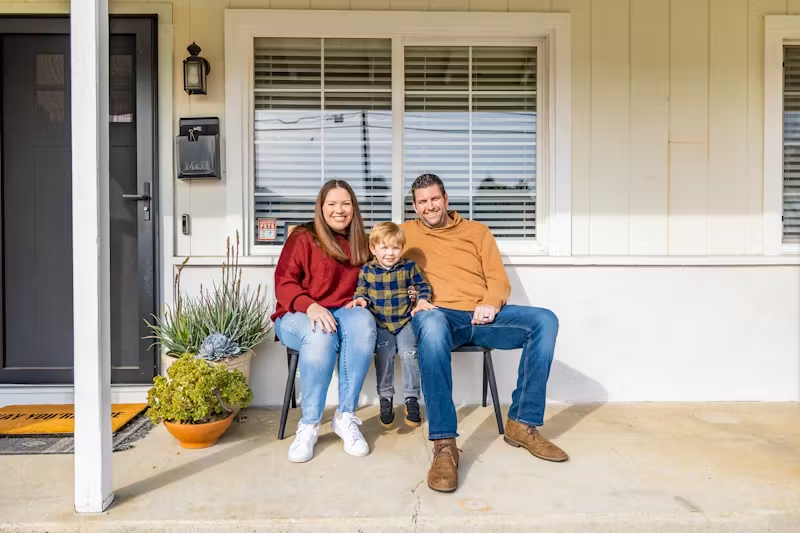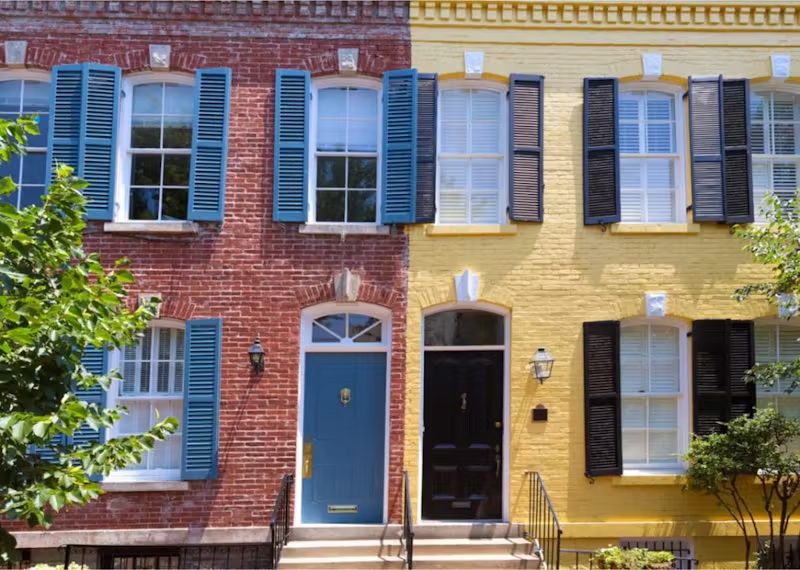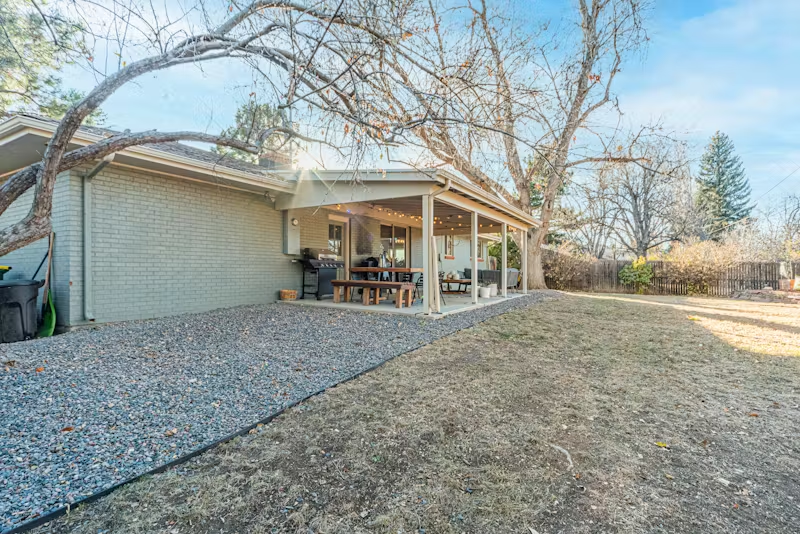Garage Renovation Cost Breakdown: Plan Your Budget
Get a clear garage renovation cost breakdown, including average prices, key factors, and tips to help you plan a realistic budget for your next project.
|
September 23, 2025

In this article:
The price a contractor quotes you is just the beginning. A successful renovation budget accounts for more than just the obvious expenses of labor and materials. It’s the forgotten details—like permit fees, a contingency fund for surprises, and potential electrical upgrades—that often cause the most financial stress. To truly understand the garage renovation cost, you need to look at the complete picture. This guide will pull back the curtain on all the factors that contribute to your final bill. We’ll help you plan for the expected and the unexpected, so you can create a smart, resilient budget that keeps your project on track.
Key Takeaways
- Build a budget for the real world: Your final cost depends on your project's scope, material choices, and local labor rates. Get multiple detailed quotes to understand the market and always set aside a 10-20% contingency fund to cover unexpected issues without derailing your project.
- Invest in long-term value, not just looks: Smart material choices are key to a successful renovation. Opting for durable flooring, proper insulation, and quality finishes may cost more initially but will save you money on repairs and energy bills for years to come.
- The right team prevents costly mistakes: A vetted contractor is your most important asset for keeping the project on track and on budget. They help you avoid common pitfalls like scope creep and permit issues, ensuring the job is done right the first time.
How Much Does a Garage Renovation Actually Cost?
Figuring out the budget for a garage renovation can feel like a guessing game, but it doesn’t have to be. While every project is unique, understanding the typical costs can give you a solid starting point for your own plans. Let's break down the numbers so you can see what to expect and where your money will go.
What's the Average Price Tag?
On average, you can expect a garage remodel to cost around $18,000. Most homeowners find their projects land somewhere between $7,000 and $30,000. This range covers a wide variety of projects, from simple organizational makeovers to more involved updates. Think of this as a general benchmark, because your final cost will depend on the size of your garage, the materials you choose, and the complexity of the work you want done. It’s a wide range, but it gives you a realistic picture of the investment required.
Basic Finishes vs. High-End Features
The scope of your project is the biggest factor in your final bill. If you’re planning simple updates like a fresh coat of paint or installing some basic shelving, your costs could be as low as $2 to $5 per square foot. However, if you’re dreaming of a full garage conversion—transforming it into a livable space like a guest suite or home office—the price can climb to $86 per square foot or more. This is why it's so important to clearly define your renovation goals from the start. Knowing exactly what you want helps you create a focused and effective budget.
The ROI: Will It Increase Your Home's Value?
Good news: a garage renovation isn't just an expense; it's an investment in your home's value. When it comes time to sell, you can typically recoup about 80% of what you spent on the project. This strong return on investment makes a garage conversion one of the smarter home improvement projects you can take on. You get to enjoy a beautiful, functional new space while also adding significant appeal and value to your property for future buyers. It’s a win-win that makes the upfront cost much more manageable.
How Your Location Impacts the Final Bill
Where you live plays a major role in your renovation costs. Labor and material prices vary significantly from one city to another. For example, a garage remodel in California could range from $27,000 to $46,500, while the same project in Illinois might only cost between $11,500 and $25,000. This is why national averages are just a starting point. To get an accurate picture for your budget, you need to look at local market conditions and get quotes from professionals in your area. This step is essential for creating a realistic financial plan.
What Determines Your Project's Final Cost?
When you start dreaming up a new use for your garage, the first question that usually comes to mind is, "How much is this going to cost?" The answer isn't a single number because every project is unique. The final price tag depends on a handful of key factors, from the size of your space to the finishes you choose. Understanding these variables from the start is the best way to build a realistic budget and avoid surprises.
Think of your project cost as a recipe with several ingredients. The size of your garage is the base, your material choices add the flavor, and labor is the heat that brings it all together. Then you have the necessary extras, like permits and a contingency fund for those "just in case" moments. Breaking down your project into these components helps you see where your money is going and where you have room to make adjustments. A clear plan is your best tool for a successful renovation, and a dedicated advisor can help you account for every detail before work even begins. Let's look at what really moves the needle on your final bill.
The Size and Layout of Your Garage
It might seem obvious, but the bigger your garage, the more your renovation will cost. A larger footprint requires more materials—from flooring and drywall to paint and insulation—and more hours of labor to get the job done. But it’s not just about square footage. The existing layout also plays a big role. A simple, open rectangle is much easier and cheaper to work with than a space with awkward angles or support columns that need to be addressed. The complexity of your vision matters, too. As Angi notes, the biggest price changes come from the size of your garage and how much you change the space, like turning it into a living area with new plumbing or electrical systems.
Your Choice of Materials
Here’s where you have the most control over your budget. The materials you select can cause your project’s cost to swing dramatically. For flooring, you could choose budget-friendly vinyl planks or go for high-end polished concrete. For walls, basic drywall and paint are the standard, but you might opt for custom wood paneling or shiplap for a more finished look. Every choice, from light fixtures and windows to cabinetry and countertops, comes with a range of price points. According to RenoFi, the materials you choose are one of the primary factors that determine the total cost. This is a great area to talk through with your contractor to find options that fit your style without breaking the bank.
Labor and Professional Fees
Unless you’re a seasoned DIY pro, you’ll be hiring professionals to handle the work, and their labor will be a major part of your budget. In fact, labor often accounts for about half of a project's total cost. This includes the general contractor who manages the project, as well as specialized tradespeople like electricians, plumbers, and drywall installers. While it might be tempting to cut corners by hiring the cheapest help, this can lead to costly mistakes and repairs later. Working with vetted, reliable contractors ensures the job is done right the first time, saving you stress and money in the long run. These fees are an investment in quality and peace of mind.
Permit and Inspection Requirements
Many homeowners forget to budget for permits, but they are a crucial and non-negotiable expense. If your renovation involves changing the structure, adding new doors or windows, or doing any significant electrical or plumbing work, you will almost certainly need a permit from your local municipality. According to The Mortgage Reports, permits for a garage conversion can cost around $1,400. These permits ensure your project is built to code and is safe for you and your family. They also protect your home’s resale value, as unpermitted work can be a major red flag for future buyers. Your contractor should handle the permitting process, but the cost will be part of your overall bill.
Planning for Hidden Costs
Even the most perfectly planned renovation can hit a snag. When you open up walls, you might find unexpected issues like outdated wiring, hidden water damage, or pests. That’s why one of the smartest things you can do is build a contingency fund into your budget. As one construction expert points out, a common mistake is underestimating how much a project will truly cost. A good rule of thumb is to set aside an extra 10% to 20% of your total project cost for these surprises. If you don't end up needing it, great! But if you do, you’ll be so glad you have that cushion instead of having to pause the project or scramble for funds.
Cost Estimates for Popular Garage Projects
Once you have a handle on the major cost factors, you can start thinking about what your dream garage will actually look like. The price tag for your project will depend heavily on its new purpose. Transforming a garage into a livable apartment is a much bigger undertaking than simply adding better storage. To give you a clearer picture, here are some ballpark estimates for the most common garage renovation projects. A Realm advisor can help you create a more detailed budget based on your specific goals and property.
Converting Your Garage to a Living Space
Turning your garage into a true living area—like an in-law suite, a family room, or an accessory dwelling unit (ADU)—is one of the most involved and expensive conversions. This project requires finishing the space to the same standards as the rest of your home, which means adding insulation, drywall, flooring, HVAC, and proper windows and doors. While the initial investment is significant, the payoff can be, too. Adding usable, conditioned square footage to your property is a great way to increase its value. On average, homeowners can recoup about 80% of the project's cost when it’s time to sell.
Creating a Dedicated Home Office
If you need a quiet place to work, a garage office can be the perfect solution. The cost for this type of conversion typically starts at around $5,000 and goes up from there. This budget usually covers essentials like adding insulation and drywall, installing comfortable flooring, and running new electrical wiring for your computer, lighting, and other devices. You’ll also want to factor in costs for a dedicated heating and cooling solution, like a mini-split system, to keep the space comfortable year-round. The final price will depend on the level of finish you choose and whether you need custom built-ins or soundproofing.
Building a Workshop or Storage Hub
For many, the ideal garage is a functional, organized space for hobbies and storage. Creating a workshop is often more affordable than a full living space conversion, with costs hovering around $2,000 for a basic setup. This typically includes installing durable flooring like sealed concrete or epoxy, adding sturdy workbenches, and putting up pegboards or shelving for tool organization. You’ll also want to ensure you have adequate task lighting and enough electrical outlets to safely power your tools. This project focuses more on utility than luxury, making it a practical and budget-friendly upgrade.
Installing a Home Gym
A home gym is another popular garage project, and its cost can vary dramatically. You can create a simple, functional gym for about $800, but a high-end setup with multiple machines could run you $6,000 or more. The base cost usually involves installing shock-absorbent rubber flooring and perhaps adding a wall mirror. From there, the price is driven by your choice of equipment. If you’re focused on free weights and bodyweight exercises, you can keep costs low. If you want to include a treadmill, squat rack, and other specialized machines, your budget will need to expand accordingly.
Budgeting for Basic Repairs and Updates
No matter what you plan to do with your garage, it’s crucial to address any underlying issues first. Always fix existing damage to the foundation, walls, or roof before you start remodeling to prevent bigger headaches later. These foundational updates have their own costs. For example, installing a new electrical outlet might cost around $100, while a new light fixture is about the same. If you need to run entirely new wiring, you can expect to pay $3 to $5 per square foot. And if your project requires plumbing for a bathroom or sink, that could add another $1,550 or more to your budget.
A Breakdown of Material Costs
The materials you choose will make up a huge chunk of your budget, and it’s where you have the most control over the final cost. From flooring to lighting, every decision impacts both the look and the long-term durability of your new space. Let’s walk through the key material costs you’ll need to account for.
Flooring
Your garage floor needs to be tough. Whether you’re parking a car on it, setting up a home gym, or turning it into a workshop, durability is key. While it might be tempting to go with a cheaper option, low-quality garage floor coatings can peel and crack, leading to more costs down the road. Investing in a high-quality epoxy, polyaspartic coating, or durable tile will save you from future headaches and repair bills. This is one area where paying a bit more upfront for quality really pays off.
Walls and Insulation
If you plan to use your garage for anything other than storage, you’ll want to finish the walls and add insulation. This is especially important if you're converting the garage into a room you'll spend a lot of time in. Proper insulation helps regulate the temperature, keeping the space comfortable year-round and making it more energy-efficient. This means lower utility bills and a much more pleasant environment, whether you’re working out, working from home, or just hanging out. It’s a foundational step for creating a true extension of your living space.
Electrical and Lighting
A functional garage needs good lighting and enough outlets. Upgrading your electrical system is a key part of most renovations. According to one analysis of the cost to remodel a garage, installing new electrical outlets can run from $125 to $300 each, while new lighting fixtures can range from $150 to $925. The final price depends on the complexity of the job and the fixtures you choose. Planning for bright, layered lighting and strategically placed outlets will make the space infinitely more usable.
HVAC and Climate Control
To make your garage truly comfortable, you’ll need to think about climate control. If you’re creating a living space, home office, or gym, connecting it to your home’s HVAC system is ideal. This can cost anywhere from $475 to $2,100, with detached garages often landing on the higher end of that range. While it’s a significant investment, having proper heating and cooling is what transforms a garage from a storage area into a functional, year-round room. It’s an essential expense for any full conversion project.
Shelving and Storage Systems
Great storage is what makes a garage renovation truly shine. Getting everything off the floor and into an organized system is a game-changer. You can opt for simple open shelving or invest in a full system of cabinets and wall-mounted organizers. The cost can vary widely, but you don’t have to break the bank. For example, some homeowners have managed to install a full wall system from stores like Home Depot for under $2,000. Planning your storage strategy early will help you create a clean, functional, and clutter-free space.
How to Create a Smart Renovation Budget
With a clear vision for your garage, the next step is figuring out the finances. A solid budget is the foundation of a successful renovation, keeping your project on track and your stress levels low. A thoughtful financial plan helps you make smart decisions, prioritize what matters most, and avoid the kind of last-minute surprises that can derail your excitement. Let's walk through how to build a budget that works for you.
Set a Realistic Budget from the Start
Before you start pinning design ideas, it’s time for an honest conversation about what you can comfortably spend. Industry estimates show that the average cost to remodel a garage is between $6,000 and $26,000, with most full conversions costing more than $15,000. This wide range highlights why it’s so important to establish your own budget from the outset. Your total cost will depend entirely on your project’s scope, materials, and location. Understanding your financial limits early on will guide every decision you make, from the type of flooring you choose to the complexity of the electrical work. A clear budget is your project’s most important tool.
Build a Contingency Fund for Surprises
Even the most perfectly planned projects can hit a snag. That’s why a contingency fund isn’t just a good idea—it’s essential. As one expert notes, "one of the most common and costly renovation mistakes homeowners make is underestimating how much a project will truly cost." Think of it as a financial safety net for the unexpected, like discovering hidden water damage behind a wall or needing to update old wiring to meet current codes. A good rule of thumb is to set aside an extra 10-20% of your total project cost. This buffer gives you the peace of mind to handle surprises without having to compromise on your vision.
Consider a Phased Renovation
If the total cost of your dream garage feels overwhelming, a phased approach can be a game-changer. Breaking your project into smaller, more manageable stages allows you to spread the expense over time. "Starting a remodel without a strategic plan is one of the most common and costly mistakes," and phasing is a great strategic tool. For example, Phase One could focus on essential structural work like insulation, drywall, and electrical rough-in. Phase Two could cover flooring and painting. Finally, Phase Three could be for installing custom cabinetry and high-end finishes. This method helps you maintain control over your budget and make progress without financial strain.
Get and Compare Professional Quotes
It’s tempting to go with the first contractor who gives you a quote, but a little extra research can save you a lot of money and headaches. It’s always wise to get "quotes from at least 2-3 other businesses to compare prices." But don’t just look at the bottom-line number. A detailed quote should break down the costs for labor, materials, and permits. Comparing multiple bids helps you understand the fair market rate for your project and spot any red flags. This is where having an advisor can be invaluable, helping you understand different bids and connect with vetted professionals who are right for your project.
How to Hire the Right Professionals
Your garage renovation is only as good as the team you hire to build it. Finding the right professionals is the most critical step in turning your vision into a reality without the headaches. A great contractor acts as your partner, guiding you through the process, managing the details, and ensuring the final product meets your expectations. This is where you invest not just your money, but your trust. Taking the time to find, vet, and communicate clearly with your team will pay off in a smoother project and a result you’ll love for years to come. It’s about building a partnership that ensures your project stays on track, on budget, and up to code.
Find a Vetted Contractor
A full garage conversion is a big job that often requires specialized skills in areas like electrical and plumbing. While tackling some of the work yourself can cut down on labor costs, hiring a professional remodeler is usually the best choice for a smooth and timely project. The key is to find someone who is not just skilled, but also reliable and trustworthy. A truly vetted contractor should be licensed, insured, and have a portfolio of happy clients. This is why services that connect homeowners with reliable contractors can be a game-changer, saving you the time and stress of searching on your own and ensuring you’re working with a true professional from day one.
Understand the Project Estimate
Once you have a few potential contractors, the next step is to get detailed project estimates. A good estimate is more than just a final number; it’s a line-by-line breakdown of all anticipated costs, including materials, labor, and permits. Labor typically makes up about half of the total project cost, so it’s important to see how that figure is calculated. Don’t be afraid to ask questions. If one bid is significantly lower than the others, find out why. It could indicate lower-quality materials or an incomplete understanding of the project scope. Comparing detailed estimates helps you understand exactly what you’re paying for and ensures there are no surprises later on.
Manage Your Project Timeline
Renovations often take longer than we expect. From waiting on permits to unexpected material delays, several factors can stretch your project’s timeline. A good contractor will provide a realistic schedule upfront and keep you informed of any changes along the way. Before signing a contract, make sure you have a clear start date, an estimated completion date, and key milestones outlined. Regular communication is essential. A quick weekly check-in can help you stay on top of progress and address any potential issues before they become major setbacks. This proactive approach keeps everyone aligned and the project moving forward as smoothly as possible.
Ensure High-Quality Work
High-quality work starts with a solid foundation. Before any cosmetic changes begin, it’s crucial to fix any existing damage to your garage’s floor, walls, or foundation to avoid problems down the road. As the project progresses, schedule regular walkthroughs with your contractor to see the work firsthand. At the end of the project, you’ll do a final walkthrough to create a “punch list”—a list of any small items that still need to be fixed or completed. Don’t make the final payment until you are completely satisfied with every detail. This final step ensures the finished space meets your standards and is ready for you to enjoy.
Thinking About Long-Term Value
A garage renovation is more than just a weekend project; it's an investment in your home and your lifestyle. While it’s easy to get caught up in the immediate costs of materials and labor, it’s just as important to think about the long-term benefits. A well-planned renovation can significantly increase your property value, lower your monthly bills, and make your home more functional for years to come. This isn't just about adding a pretty room—it's about making a strategic upgrade that pays you back.
Think of it this way: many garages are underutilized spaces just waiting for a new purpose. Converting that space can be a much more affordable way to get the extra room you need compared to the cost and hassle of moving or building a full-scale addition. With an average return on investment of around 80%, a garage remodel is one of the smarter home improvement projects you can take on. The key is to plan with the future in mind, considering everything from energy efficiency and maintenance to how the new space will appeal to potential buyers down the road. By making thoughtful choices now, you can ensure your project adds lasting value.
Returns on Energy-Efficient Upgrades
When you’re turning a drafty garage into a comfortable living space, energy efficiency is your best friend. Upgrading your insulation, installing energy-efficient windows, and choosing a modern HVAC system might add to the upfront cost, but they deliver returns for years. A well-insulated space is cheaper to heat and cool, which means you’ll see real savings on your monthly utility bills. Plus, these features are a huge selling point for future buyers who are just as interested in lowering their energy costs as you are. It’s a win-win: you get a more comfortable room right away and a more valuable, marketable home in the long run.
Factoring in Future Maintenance
No one wants to spend their weekends fixing things. When you’re selecting materials for your garage renovation, think about durability and long-term upkeep. Choosing high-quality, low-maintenance options can save you a lot of time, money, and frustration later on. For example, durable flooring like luxury vinyl tile or polished concrete can withstand heavy use and is easy to clean. Using quality paint and moisture-resistant drywall can prevent issues like peeling or mold. While these materials might cost a bit more initially, they often have a longer lifespan and require fewer repairs, making them a smarter financial choice over time.
How Renovations Affect Home Insurance
Here’s a step many homeowners forget: talking to their insurance agent. A major renovation, especially one that converts a garage into living space, increases your home's value. That’s great news, but it also means your current homeowners insurance policy might not provide enough coverage. Before you start demolition, give your agent a call to discuss the project. They can tell you how the changes will affect your premium and ensure you have the right coverage during and after construction. This protects your investment and gives you peace of mind, knowing you’re covered if anything unexpected happens.
Future-Proofing Your Investment
A successful garage renovation adds value not just for you, but for the next owner, too. To future-proof your project, think about flexibility. A space that can serve as a home office, a guest suite, or a family room will appeal to a wider range of buyers. Converting your garage into a functional living area, especially a bedroom with a bathroom, generally adds more value than keeping it as a simple storage space. This is a fantastic way to gain square footage without the massive expense of a traditional home addition. With careful project planning, you can create a space that meets your needs today and maximizes your home’s resale value tomorrow.
Common Budget Mistakes to Avoid
A well-planned budget is your best tool for a smooth and successful garage renovation. But even with the best intentions, it’s easy to make missteps that can lead to stress and unexpected costs. Knowing what to watch out for ahead of time can save you from major headaches down the road. From the temptation of adding just one more feature to the nitty-gritty of permits and materials, a few common mistakes trip up many homeowners.
The key to staying on track is a combination of thorough planning, realistic expectations, and having the right support system. When you have a clear vision and an experienced team on your side, you can anticipate challenges before they become budget-breaking problems. Think of your budget not as a rigid restriction, but as a strategic guide that empowers you to make smart decisions throughout your project. Having an expert advisor to help you foresee these issues can make all the difference between a project that drains your finances and one that adds lasting value to your home.
Letting "Scope Creep" Inflate Costs
Scope creep is one of the most common budget busters. It’s what happens when a project slowly expands beyond its original goals. It often starts with a small thought like, “While the walls are open, we might as well add more outlets,” and can quickly snowball into major additions that weren't part of the initial plan.
The best way to fight scope creep is to create a detailed project plan and stick to it. Before any work begins, finalize your decisions on layout, materials, and finishes. Having a clear and comprehensive scope from the start makes it easier to say "no" to last-minute changes that aren't essential. A structured process ensures every detail is considered upfront, protecting your budget from unexpected inflation.
Forgetting About Permits
Permits may not be the most glamorous part of a renovation, but they are one of the most important. Many homeowners forget to factor the cost and time associated with permits into their initial budget, leading to surprise expenses and delays. Depending on your location and the scale of your project—especially if you’re changing the structure or adding plumbing—you will likely need one or more permits.
Failing to secure the right permits can result in fines, work stoppages, or even being forced to tear out completed work. Be sure to research your local municipality’s requirements early in the planning phase. A good contractor will handle the permitting process for you, but it’s crucial to confirm that these fees are included in their estimate.
Choosing the Wrong Materials
It’s always tempting to choose less expensive materials to lower the upfront cost of your renovation. However, this is often a short-term solution that leads to long-term expenses. Opting for low-quality flooring, for example, might save you a few hundred dollars now, but it could peel, crack, or stain easily, forcing you to pay for repairs or a full replacement in just a few years.
Instead, focus on finding the best value for your money. Invest in durable, high-quality materials for high-traffic and high-impact areas like the floor and storage systems. Making a smarter investment in materials from the start will ensure your newly renovated garage not only looks great but also stands the test of time, saving you money in the long run.
Underestimating the Timeline
In any renovation project, time is money. Underestimating how long your garage renovation will take is another common mistake that can have a significant impact on your budget. Delays can happen for many reasons: materials might be back-ordered, a subcontractor could have a scheduling conflict, or you might uncover an unexpected issue like water damage once the walls are opened up.
Each extra day or week your project runs can add to the labor costs. When reviewing quotes, talk to your contractor about the project timeline and ask them how they handle potential delays. A realistic schedule should always include a bit of buffer time for those "just in case" moments. Working with vetted professionals who have a track record of finishing projects on schedule can provide peace of mind and protect your bottom line.
Frequently Asked Questions
Is a garage conversion really worth the investment? Absolutely. Beyond just the financial return, which is typically around 80%, you're gaining valuable, usable square footage without the massive cost of a full home addition. Think about the lifestyle improvement—whether it's a quiet home office, a private gym, or a suite for guests. You get to enjoy that new space every day, and when it's time to sell, it becomes a major asset that makes your home stand out.
Can I save money by doing some of the work myself? You can definitely save on labor costs by handling cosmetic tasks like painting or installing simple shelving. However, for any work involving the structure, electrical wiring, or plumbing, it's always best to hire a licensed professional. Mistakes in these areas can be dangerous, expensive to fix, and can cause major problems with city inspections or future home sales. It's smarter to invest in getting the foundational work done right the first time.
What's the most important first step in planning my budget? Before you even think about numbers, decide exactly what you want the new space to be. Is it a simple workshop or a fully finished living area with a bathroom? Your answer to that question is the foundation of your entire budget. Once you have a clear purpose, you can start researching the specific costs for things like insulation, flooring, and electrical work that your project will require.
Do I really need a permit just to add drywall and flooring? Generally, simple cosmetic updates like painting or adding basic storage don't require a permit. However, the moment you change the use of the space—like turning it from a garage into a bedroom—or do any significant electrical or plumbing work, you will almost certainly need one. Every city has different rules, so it's always a good idea to check with your local building department before you begin.
How can I keep my project from going over budget? The two most powerful tools for protecting your budget are a detailed plan and a contingency fund. A solid plan, finalized before any work begins, helps you resist "scope creep"—those little additions that seem small at first but quickly add up. A contingency fund, typically 10-20% of your total budget, acts as a safety net for any unexpected issues that might pop up, ensuring a surprise doesn't derail your entire project.






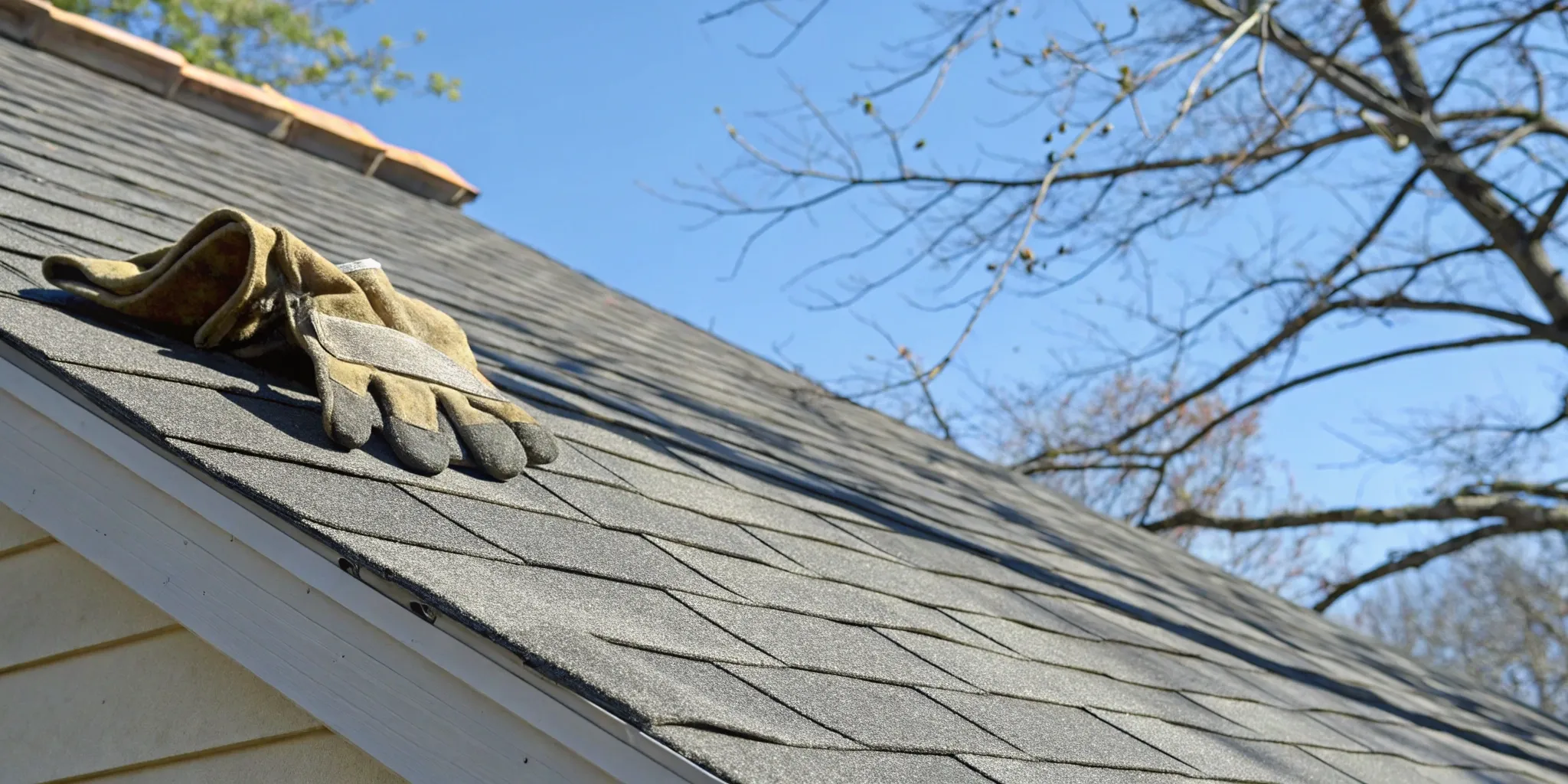
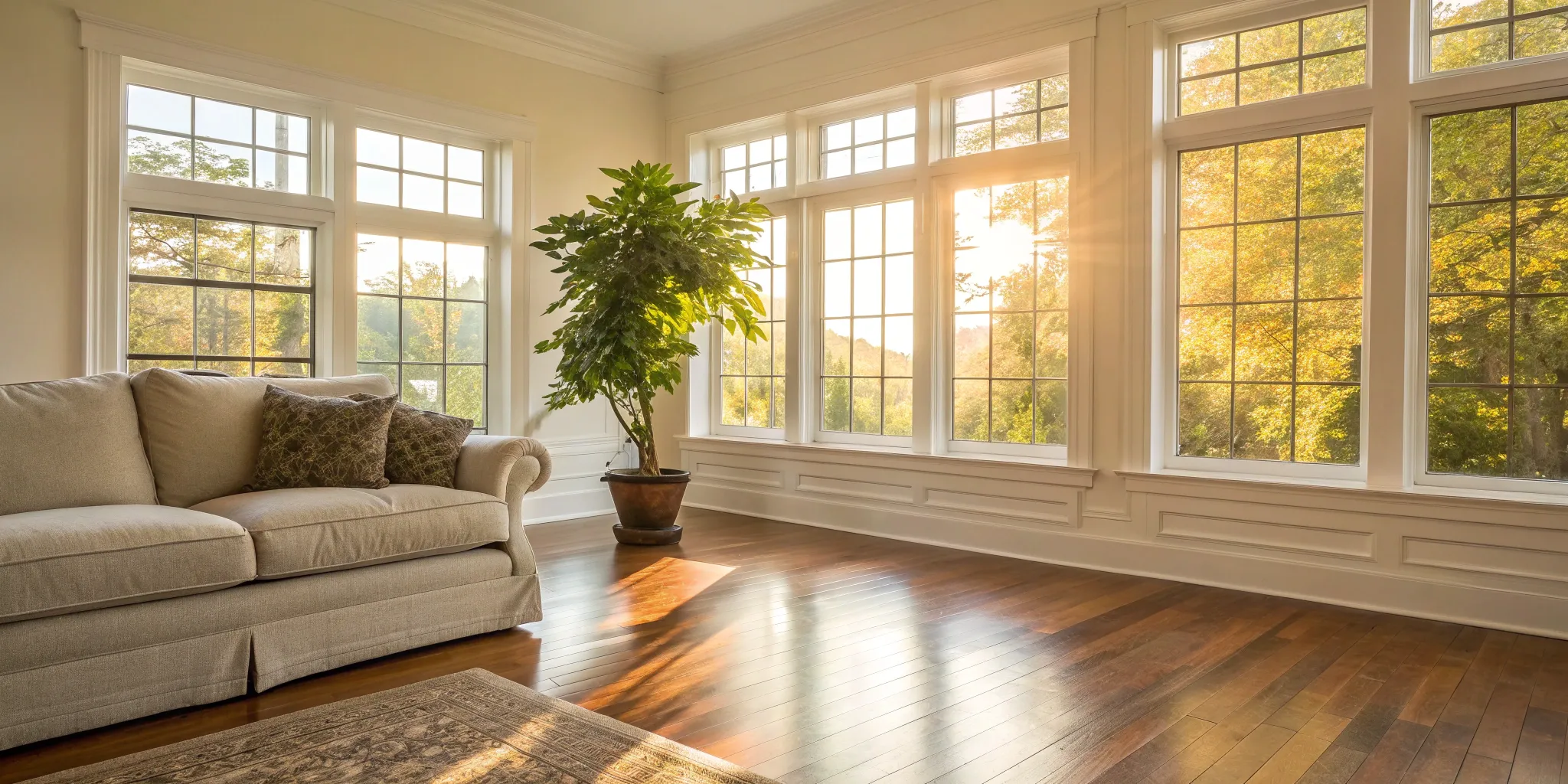

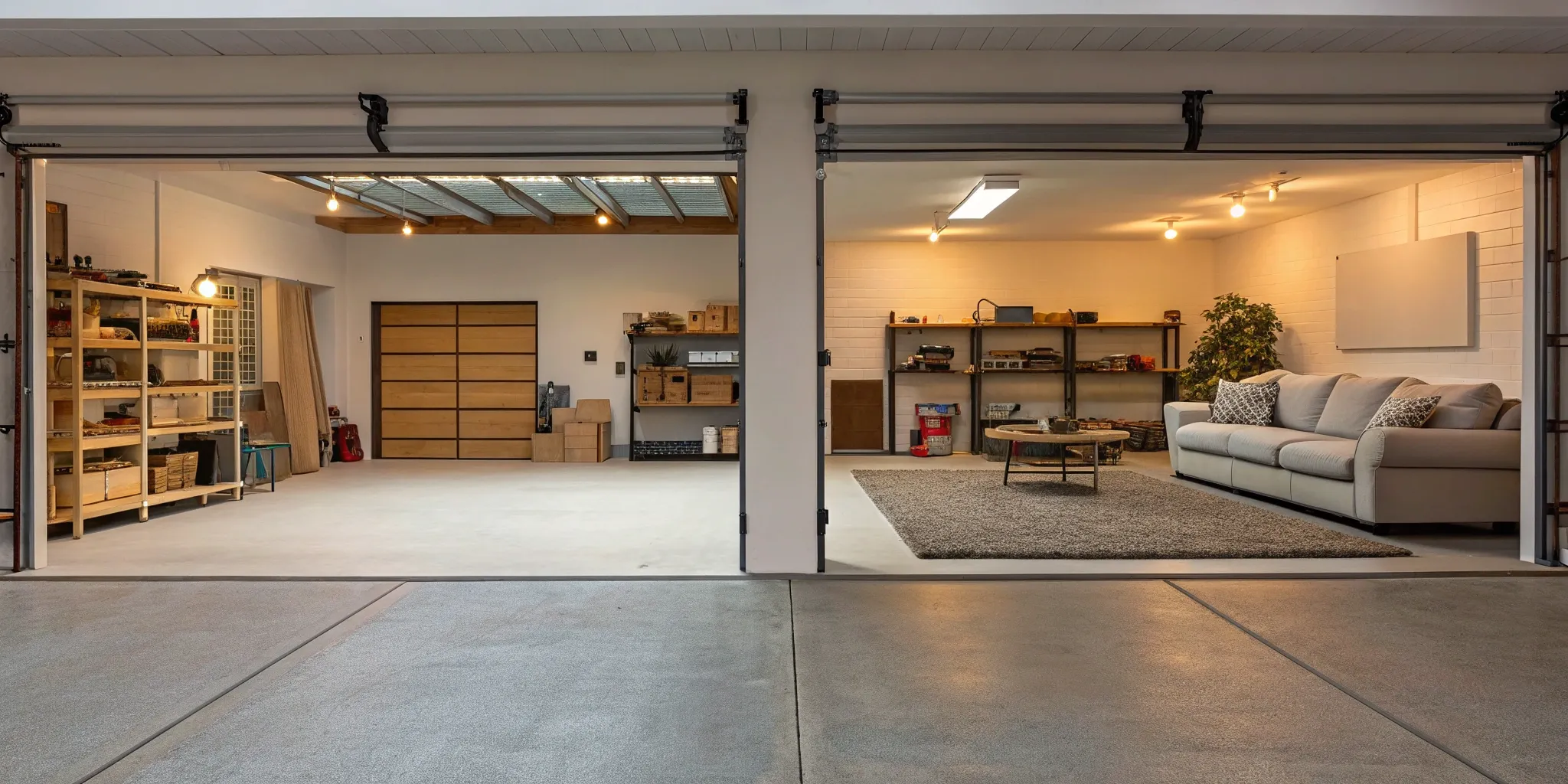
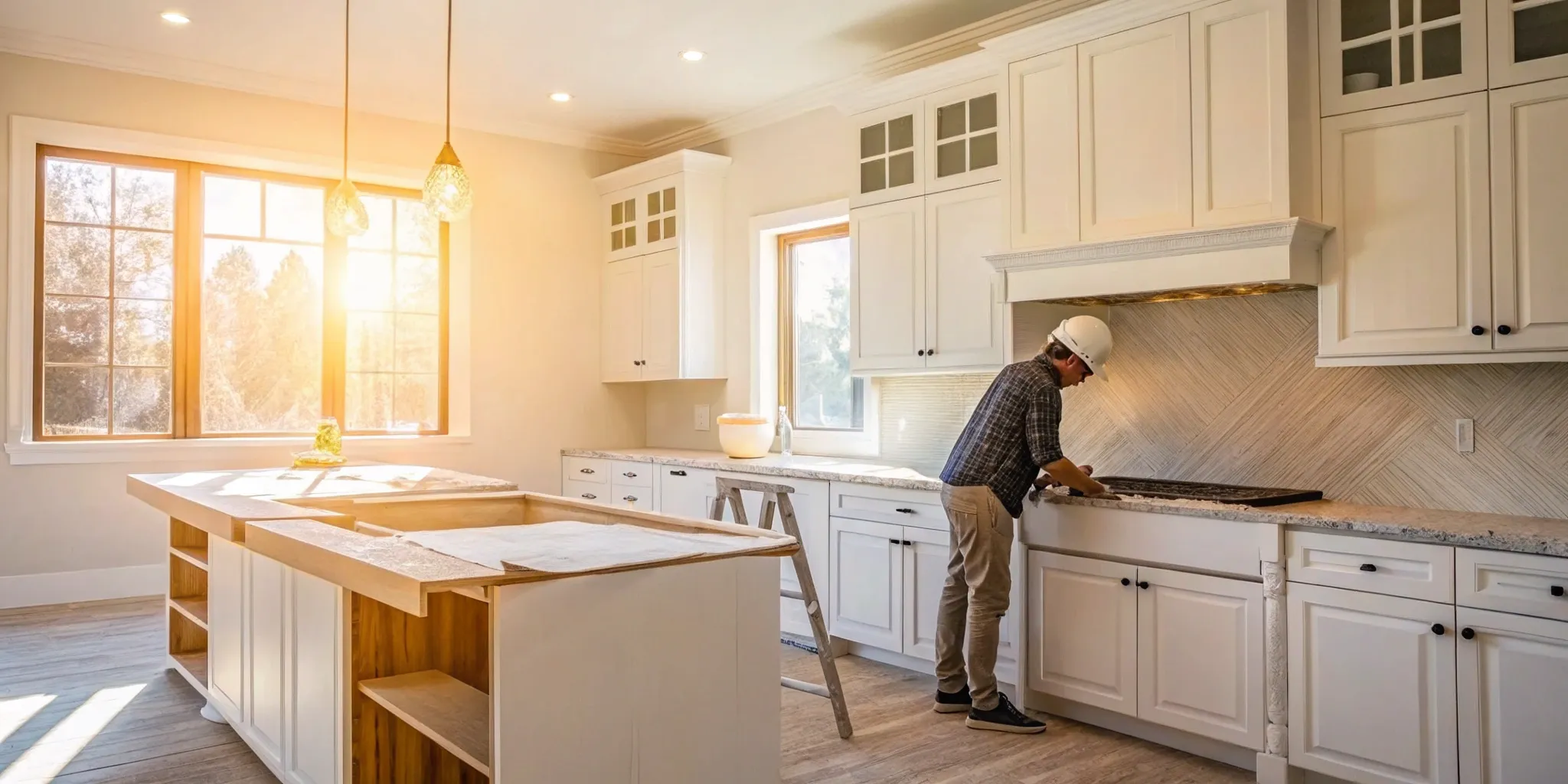
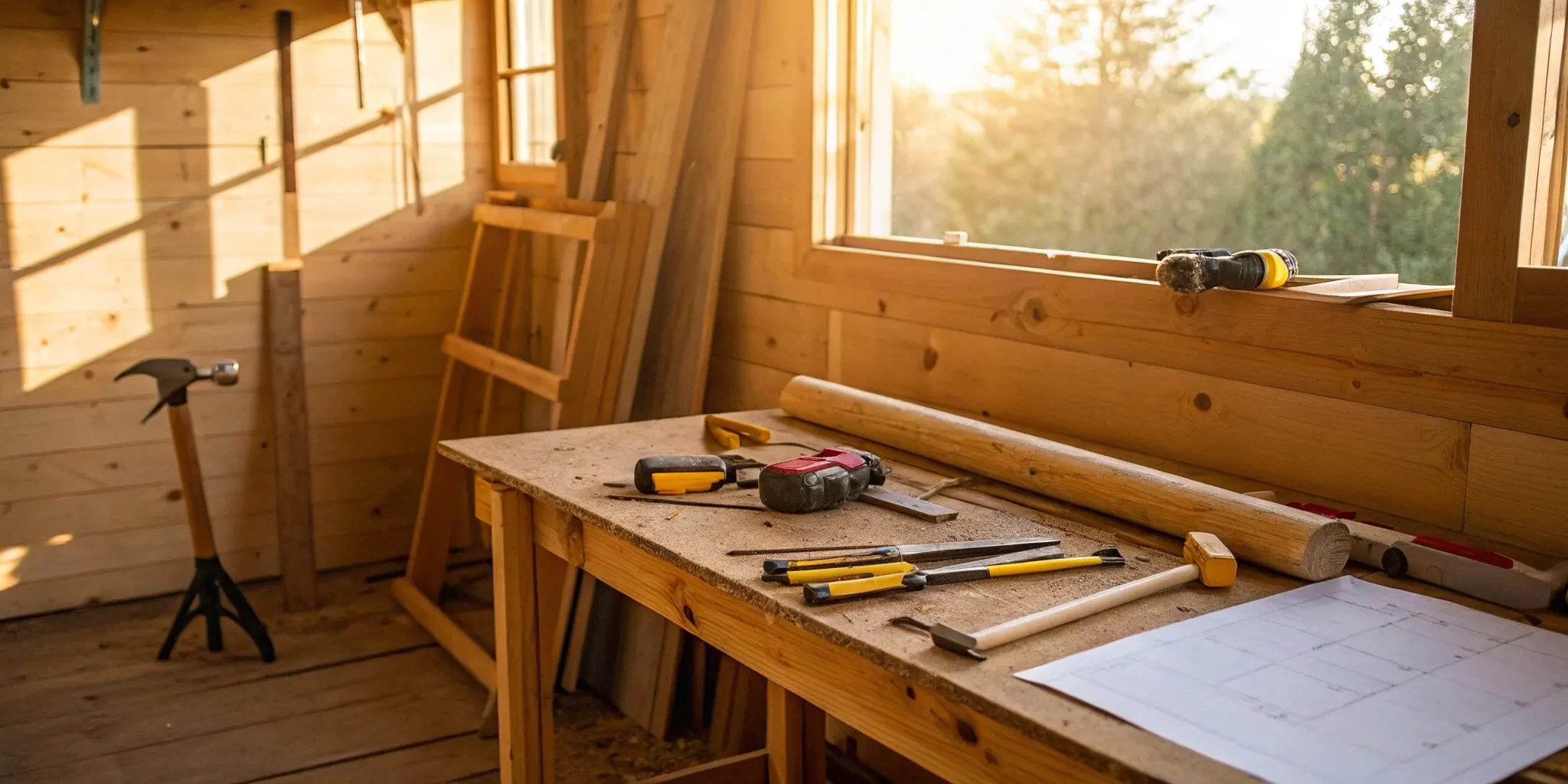
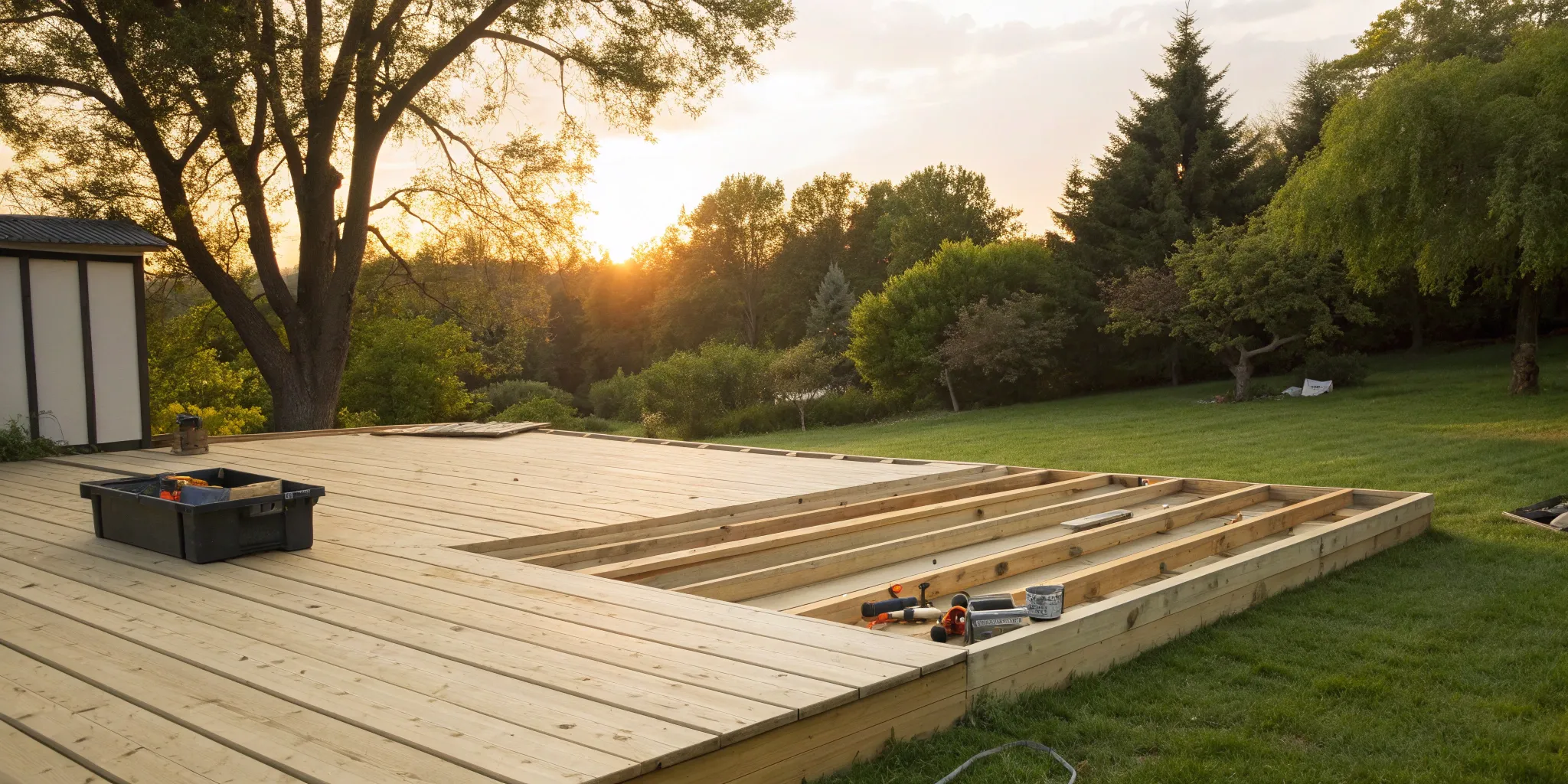
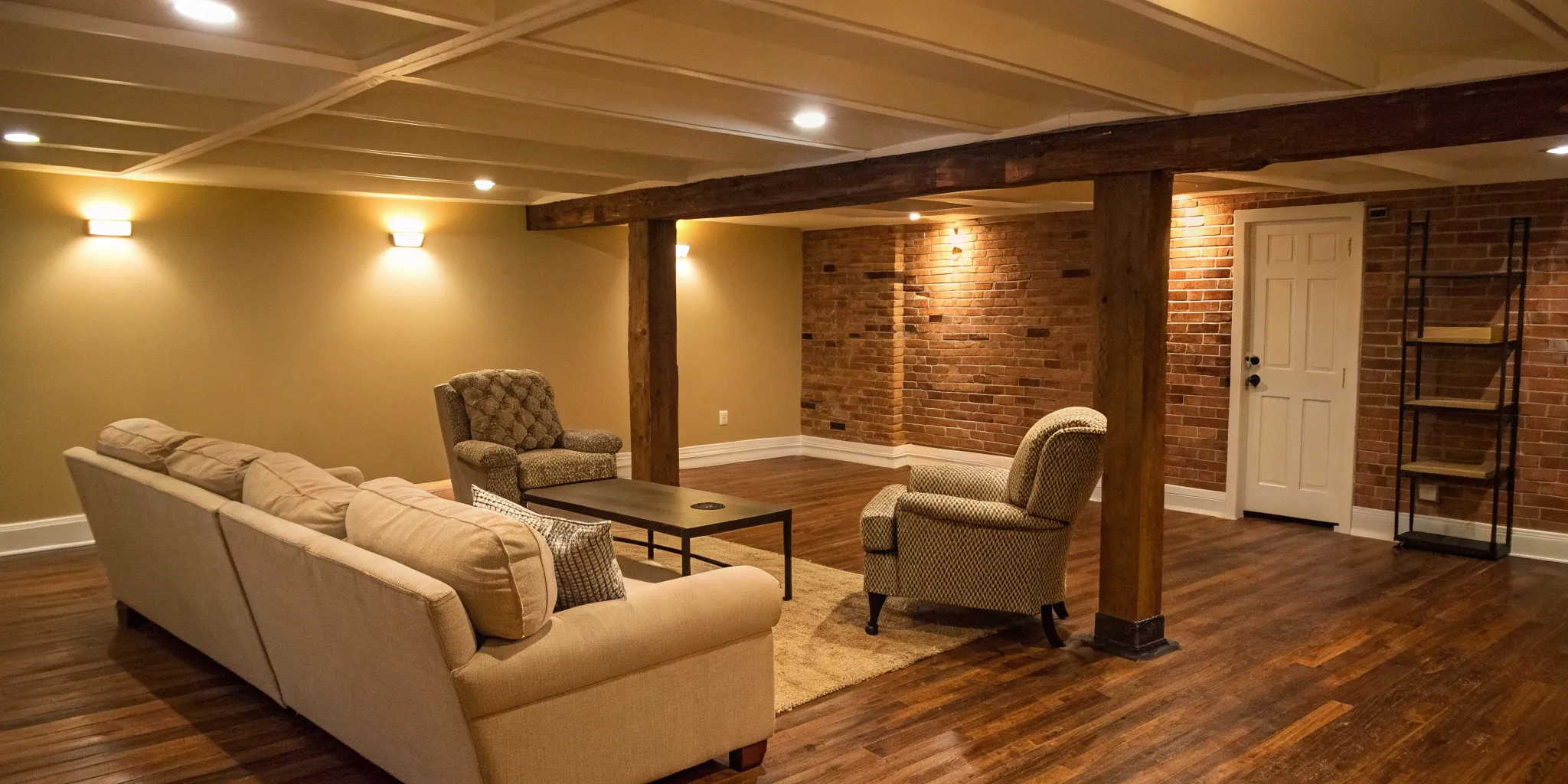
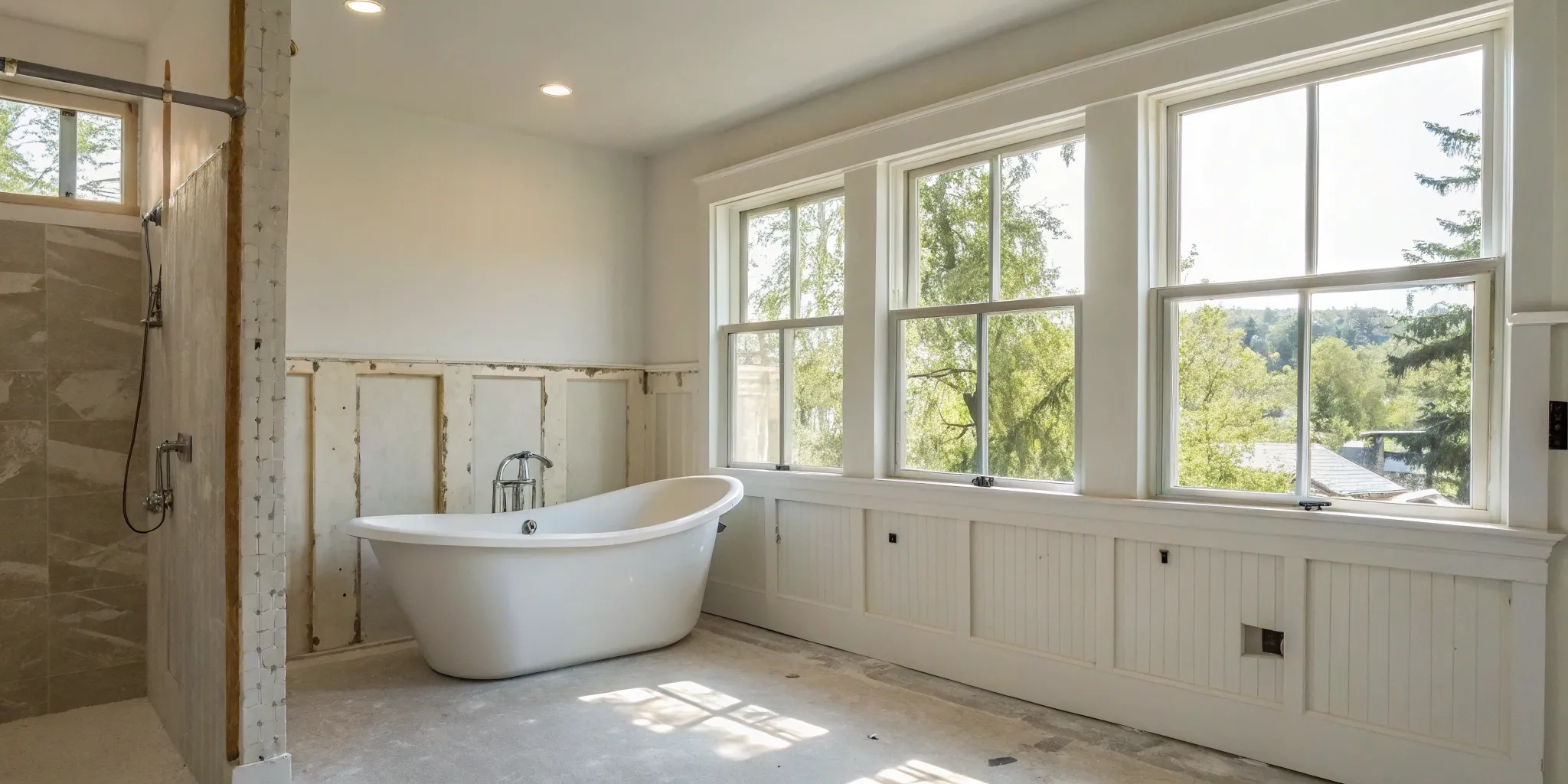
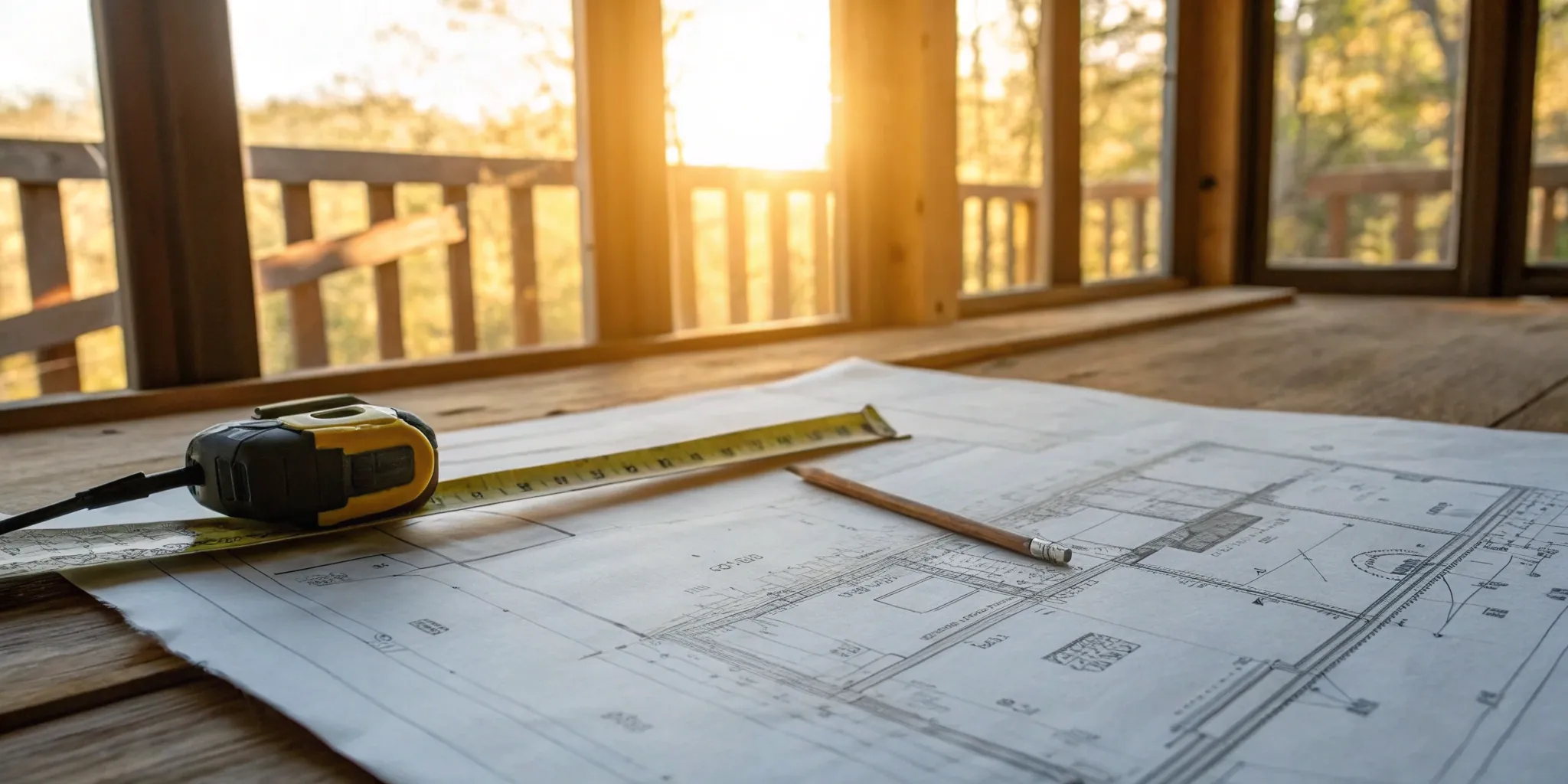



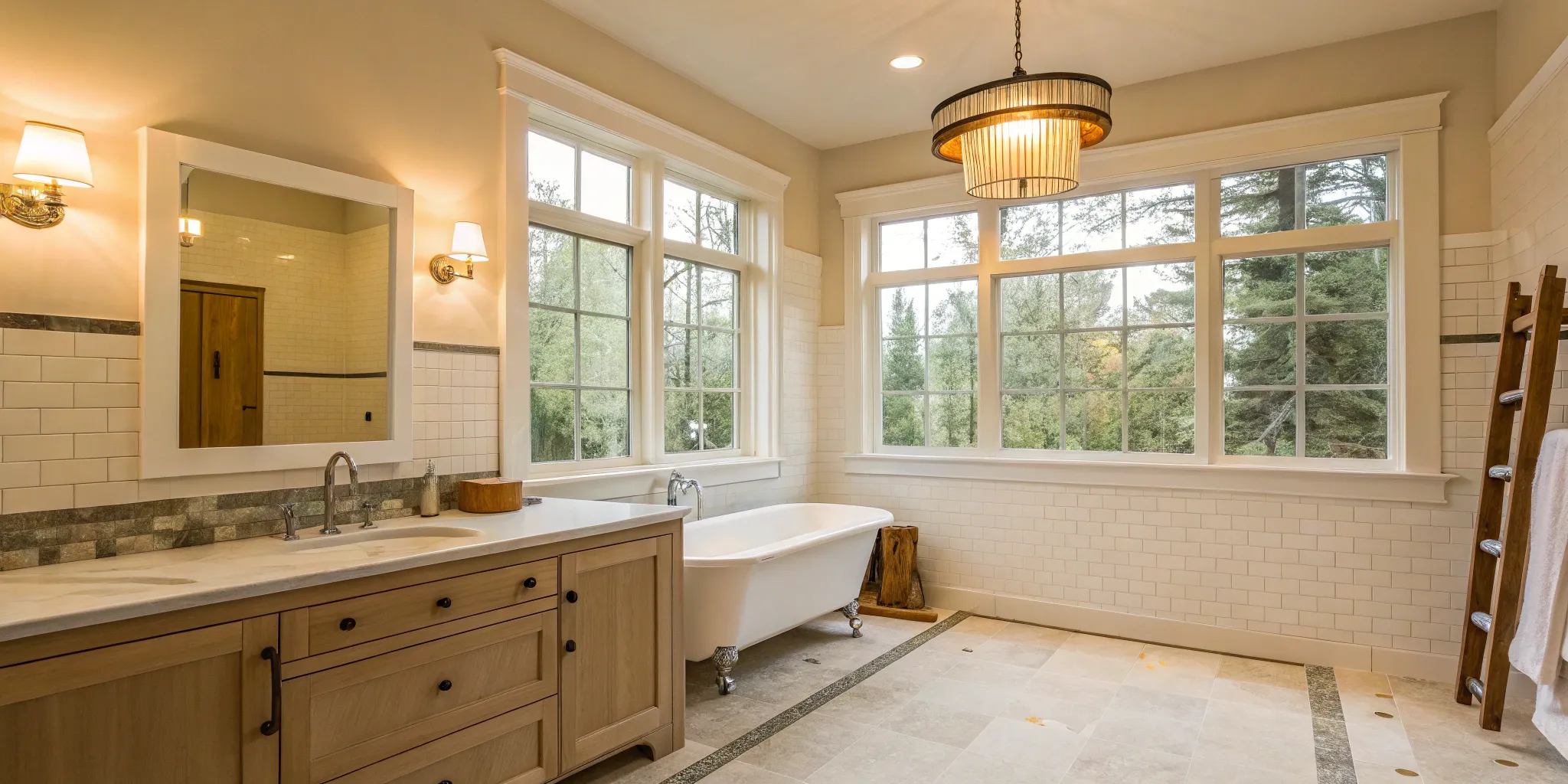
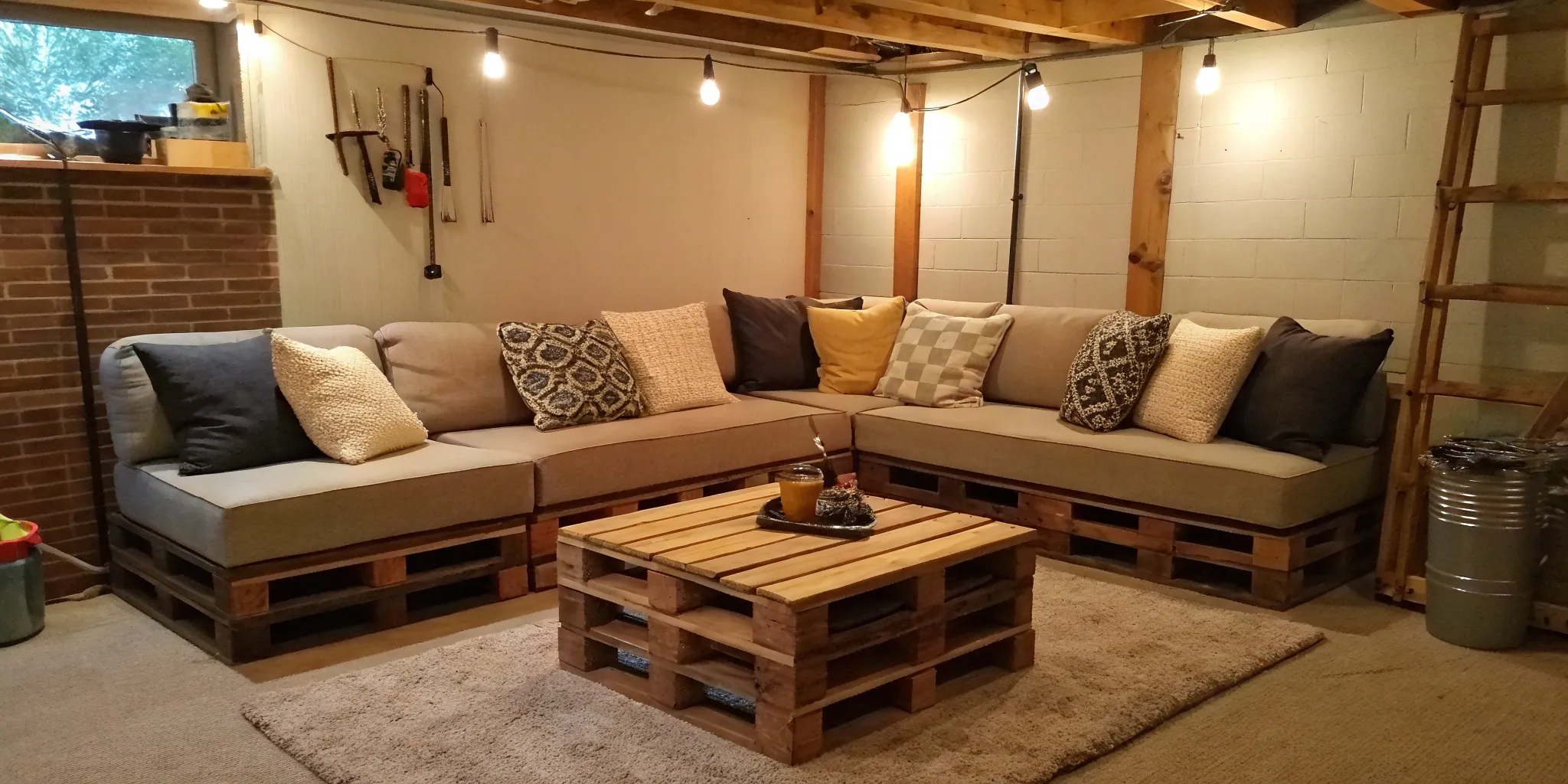
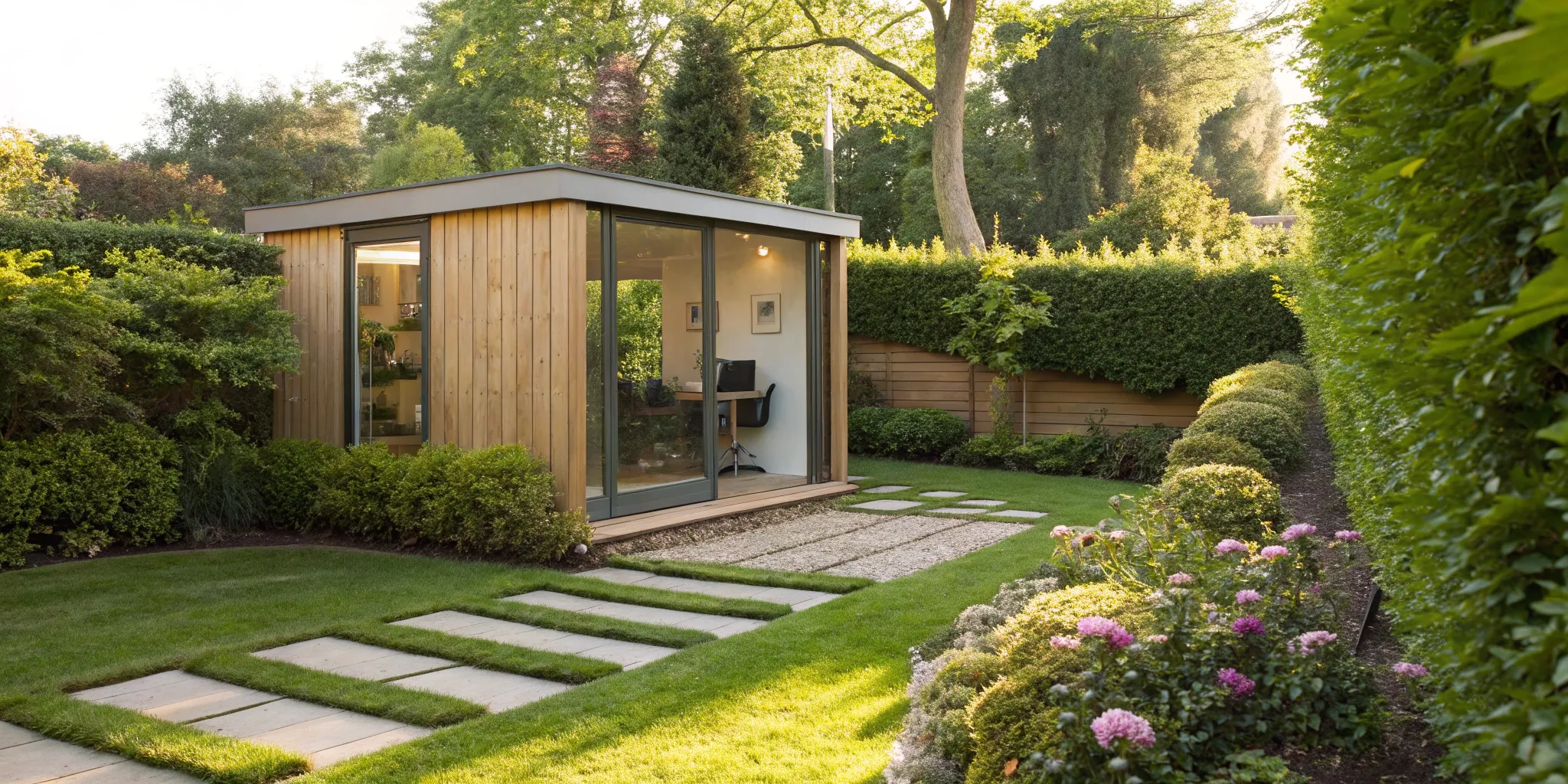
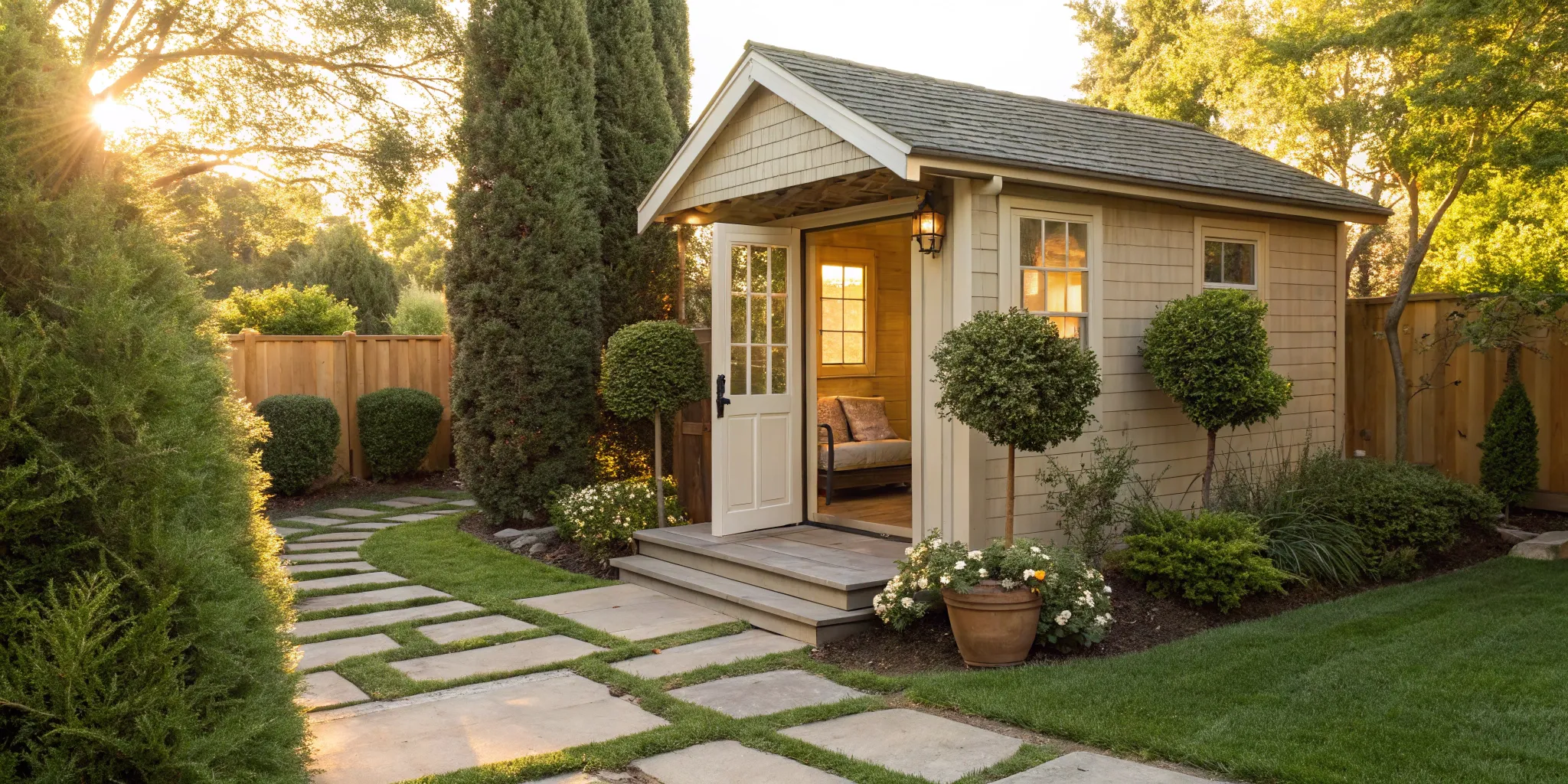
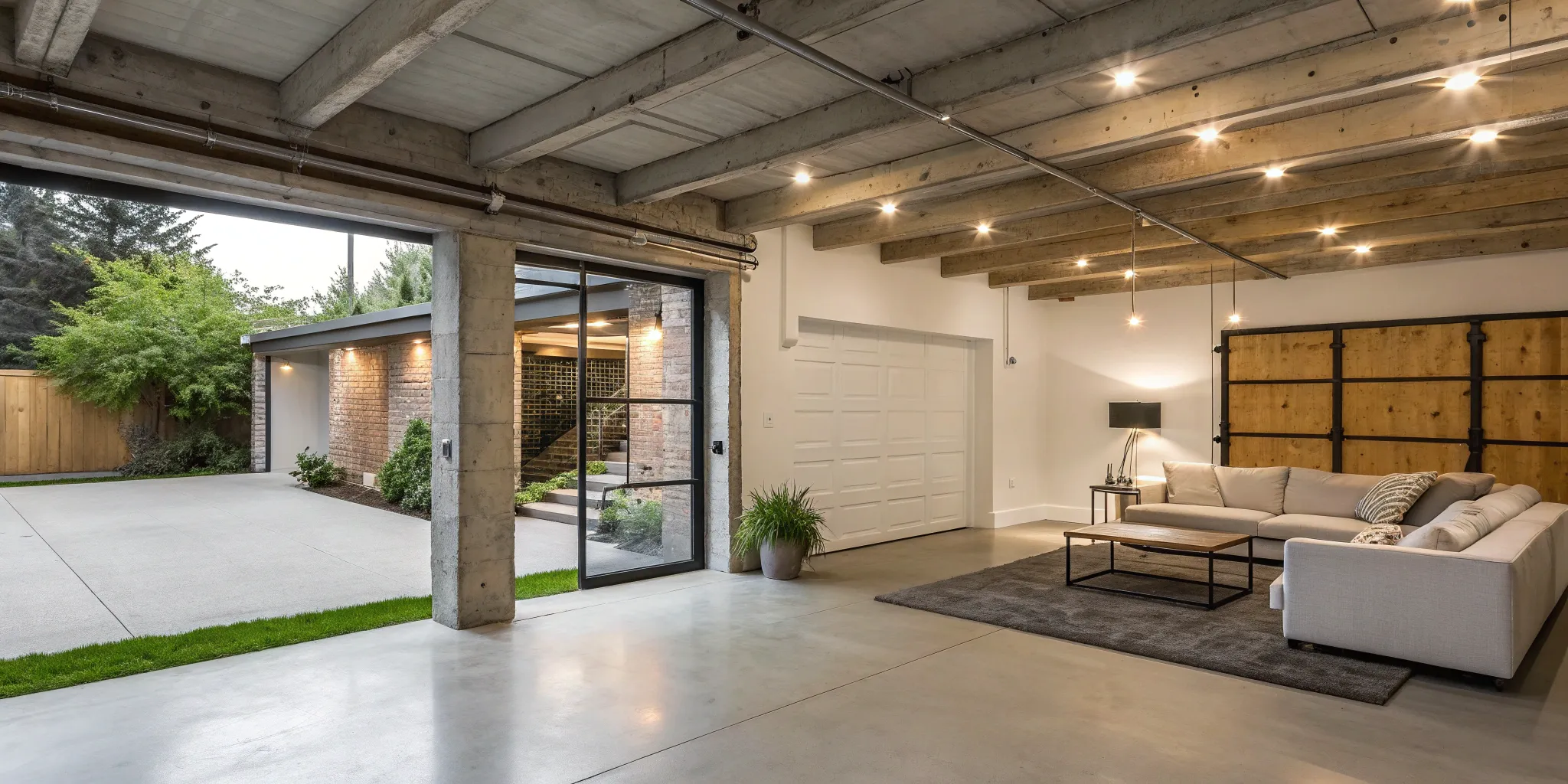

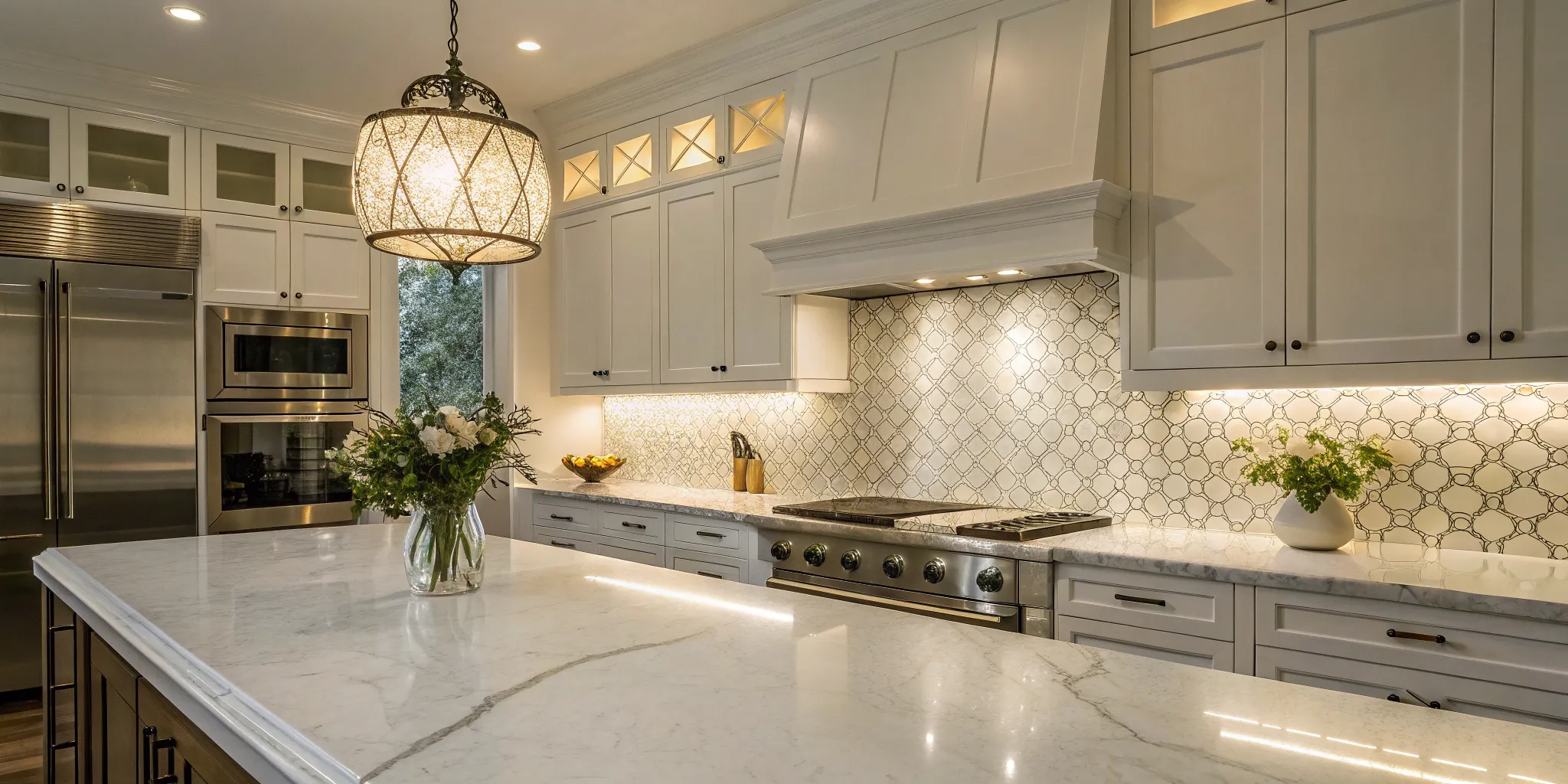
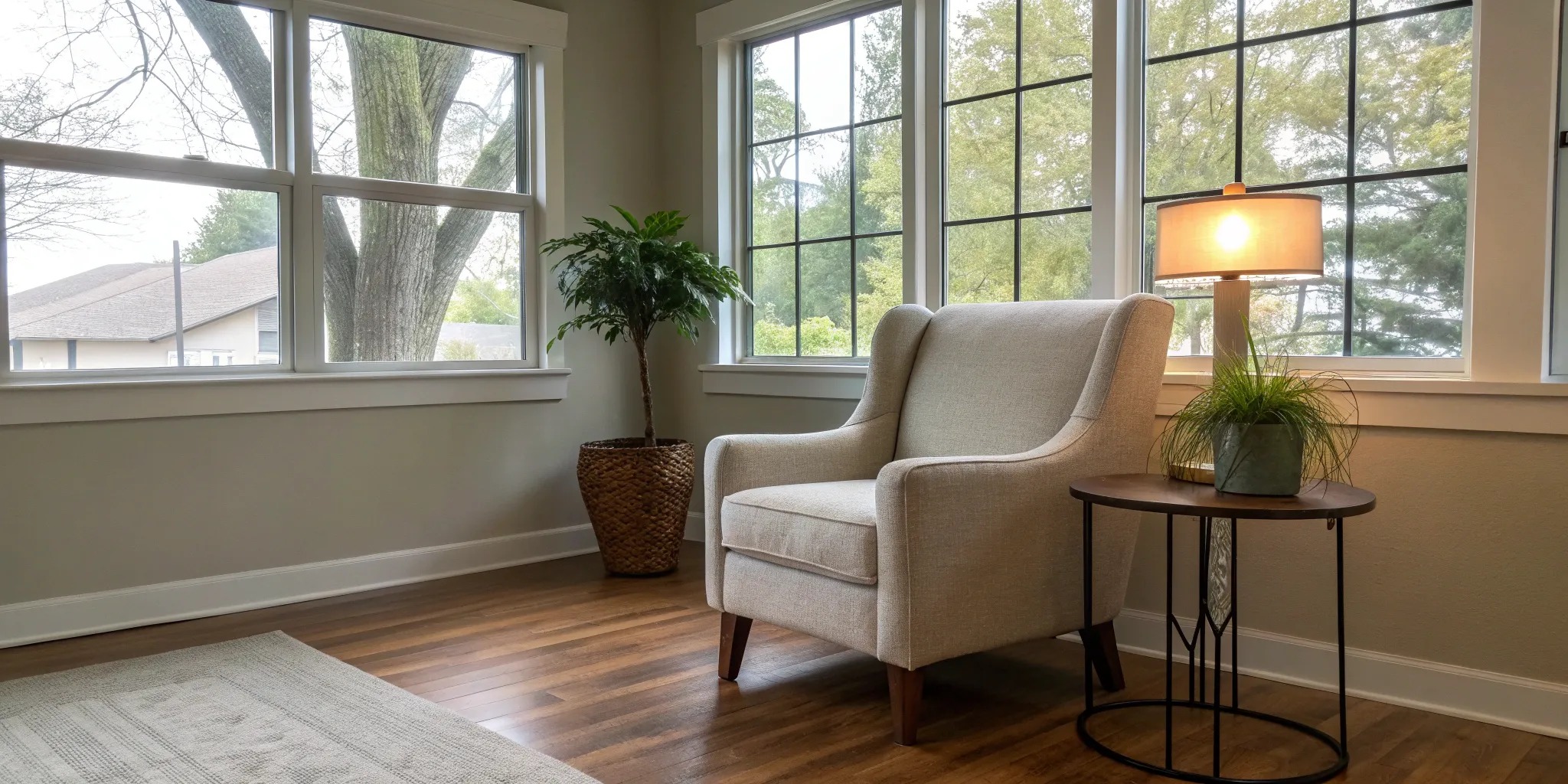
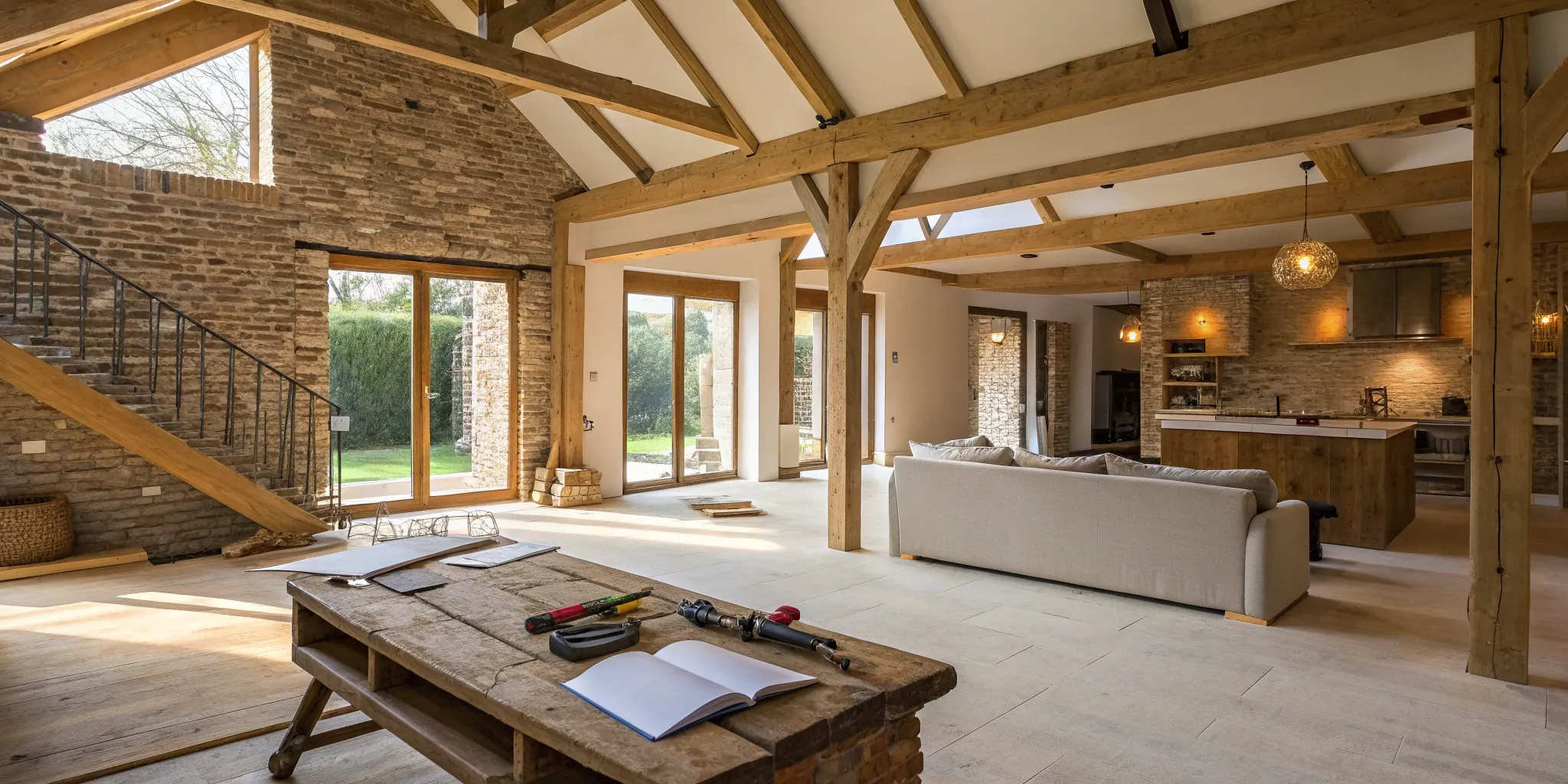
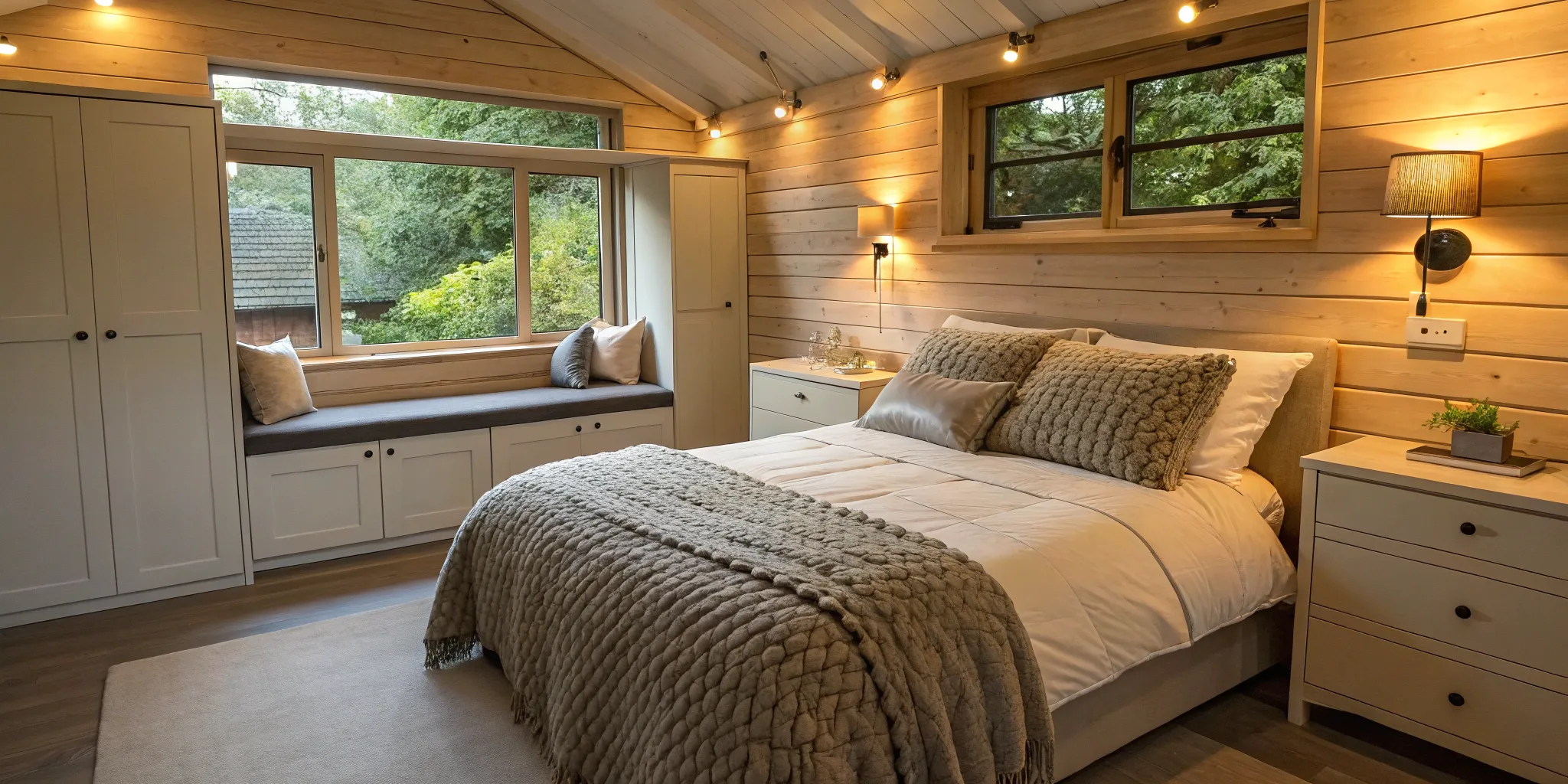
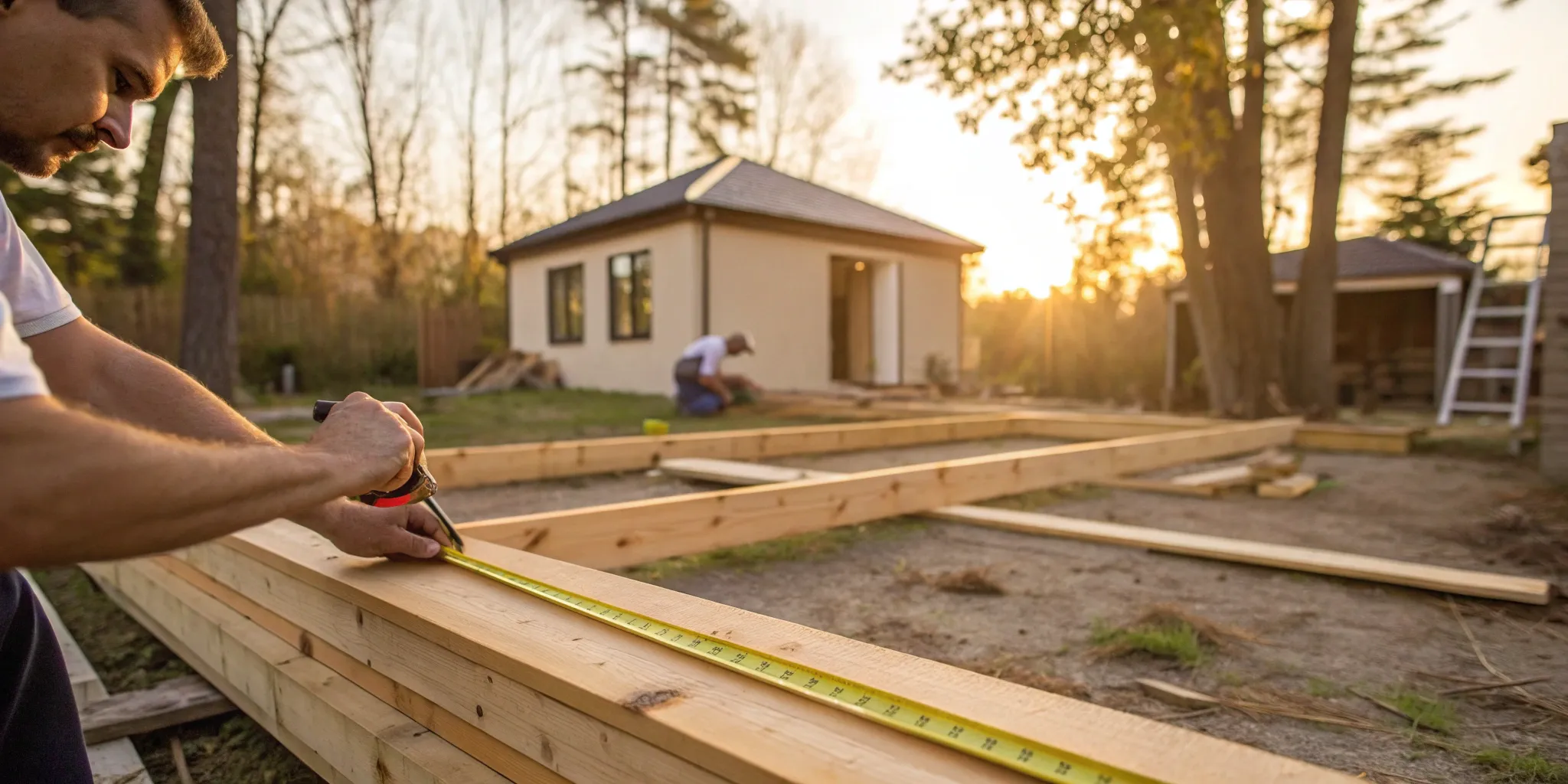
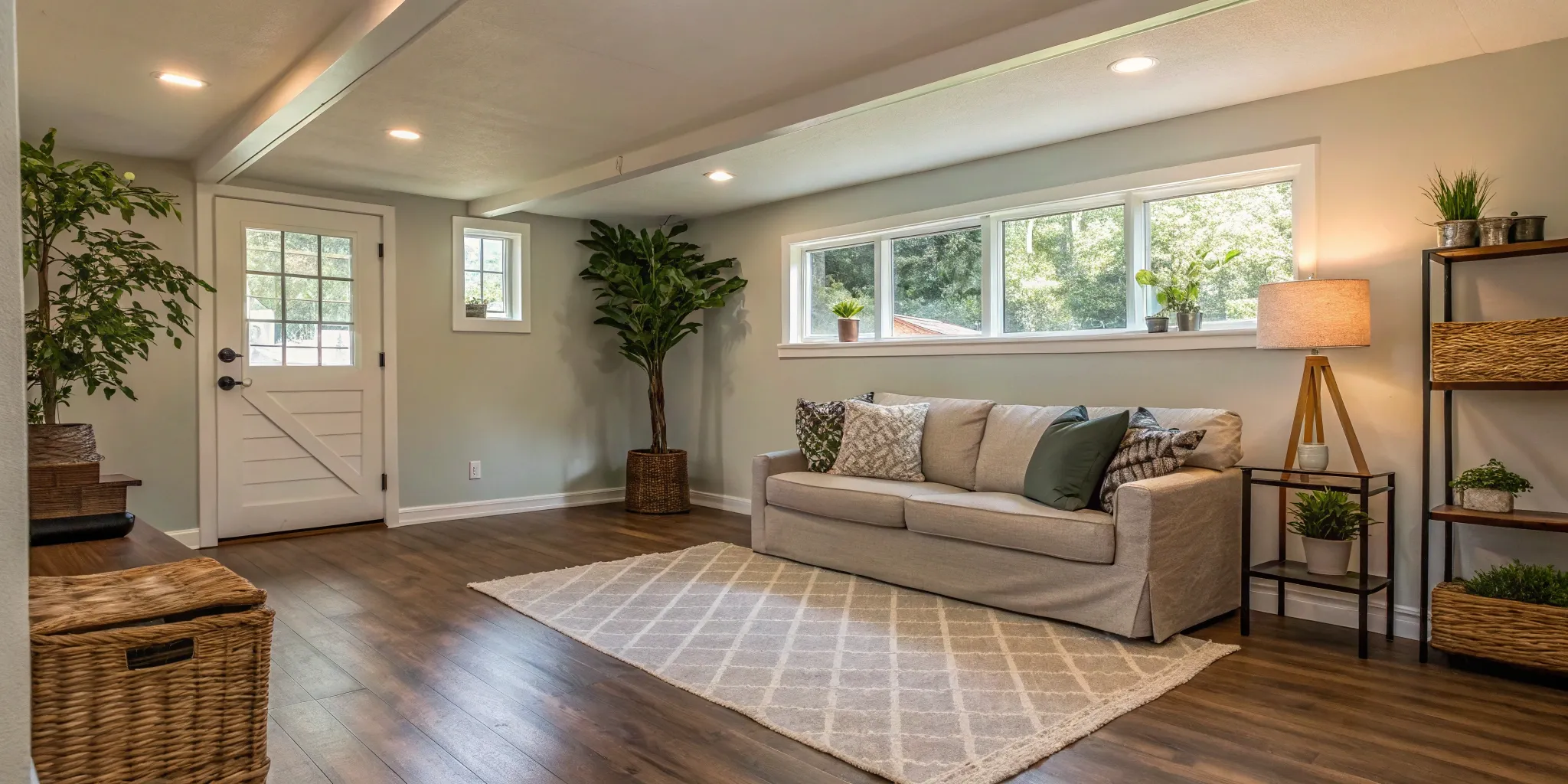

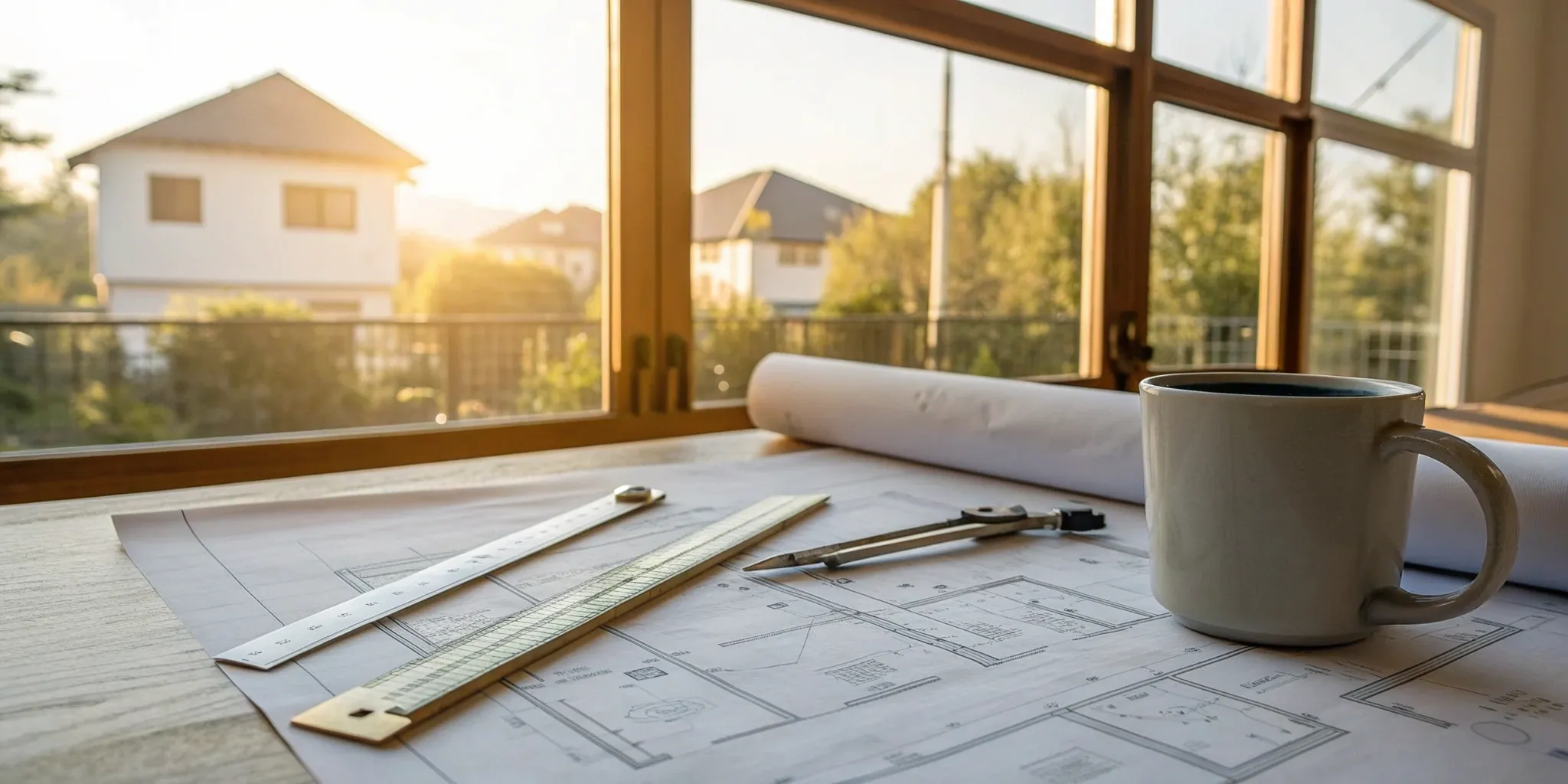


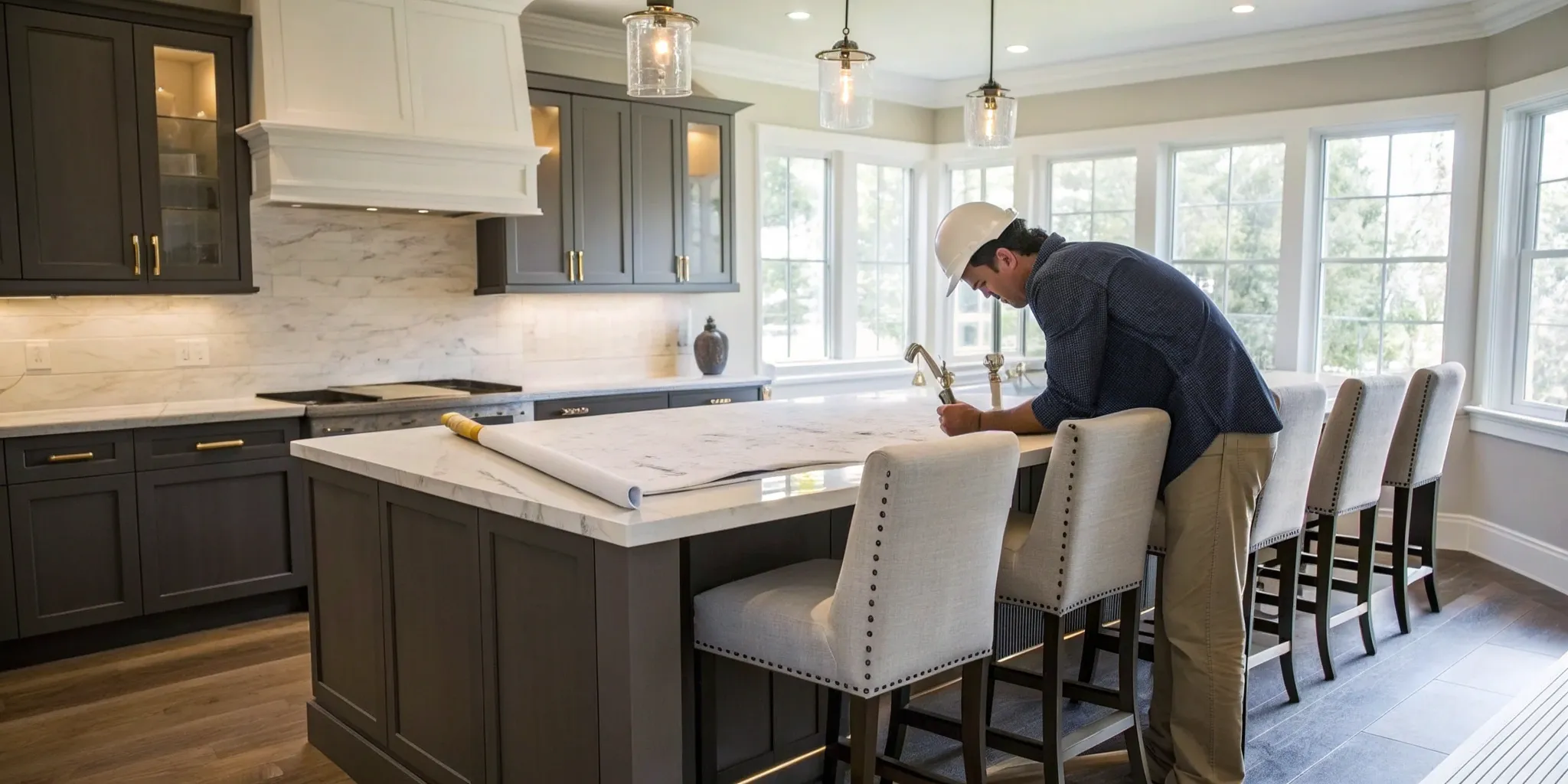
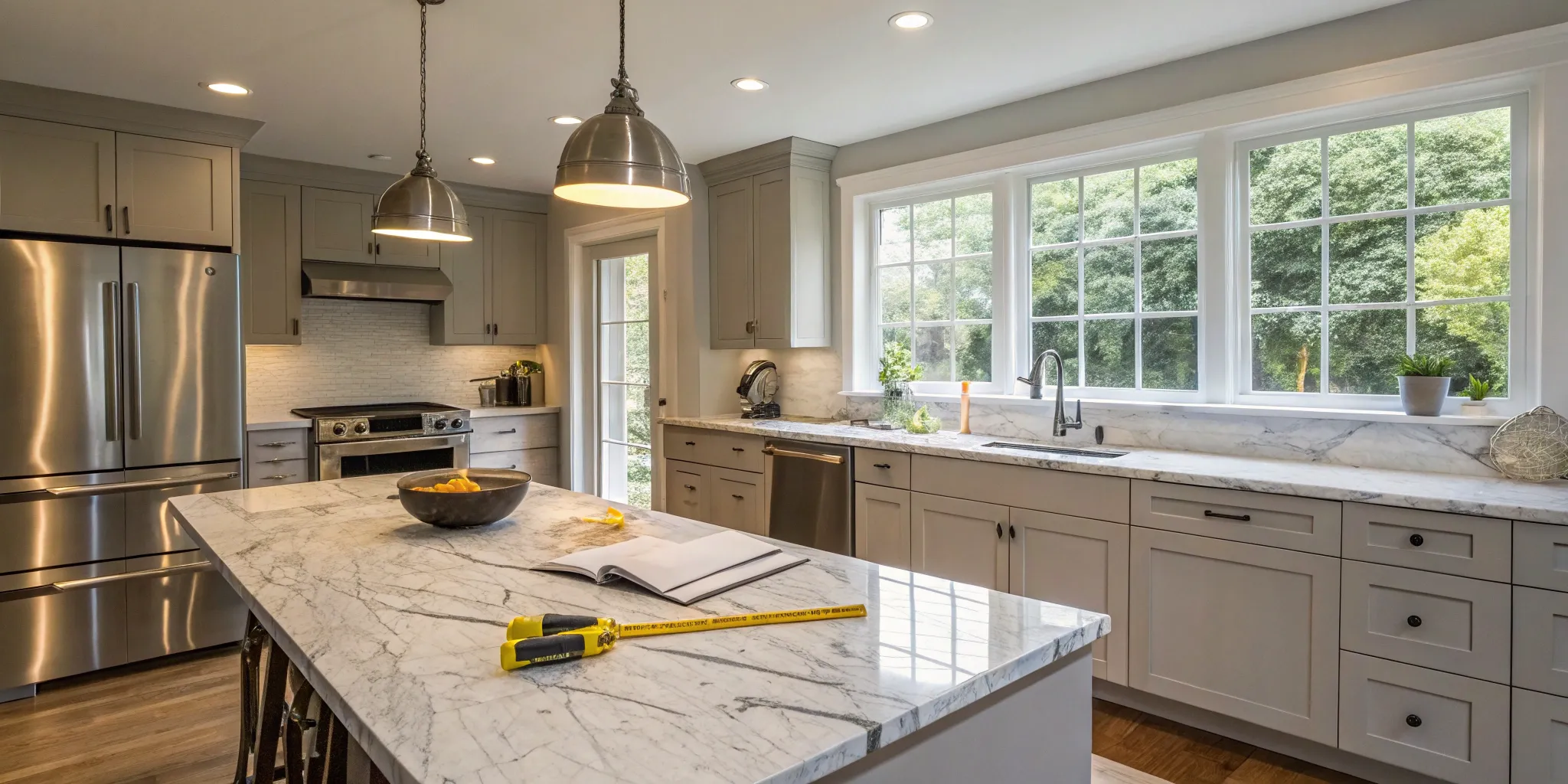
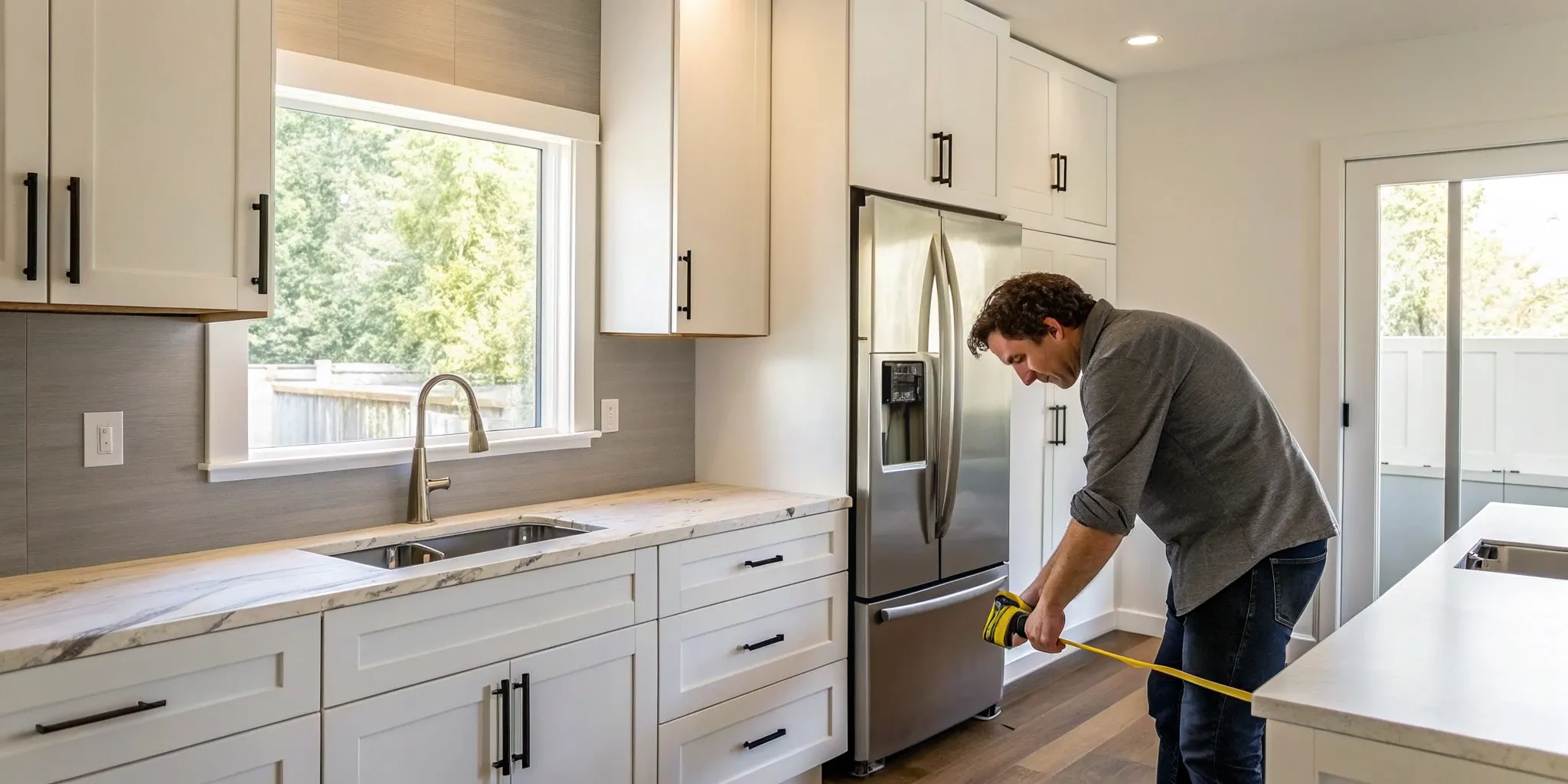
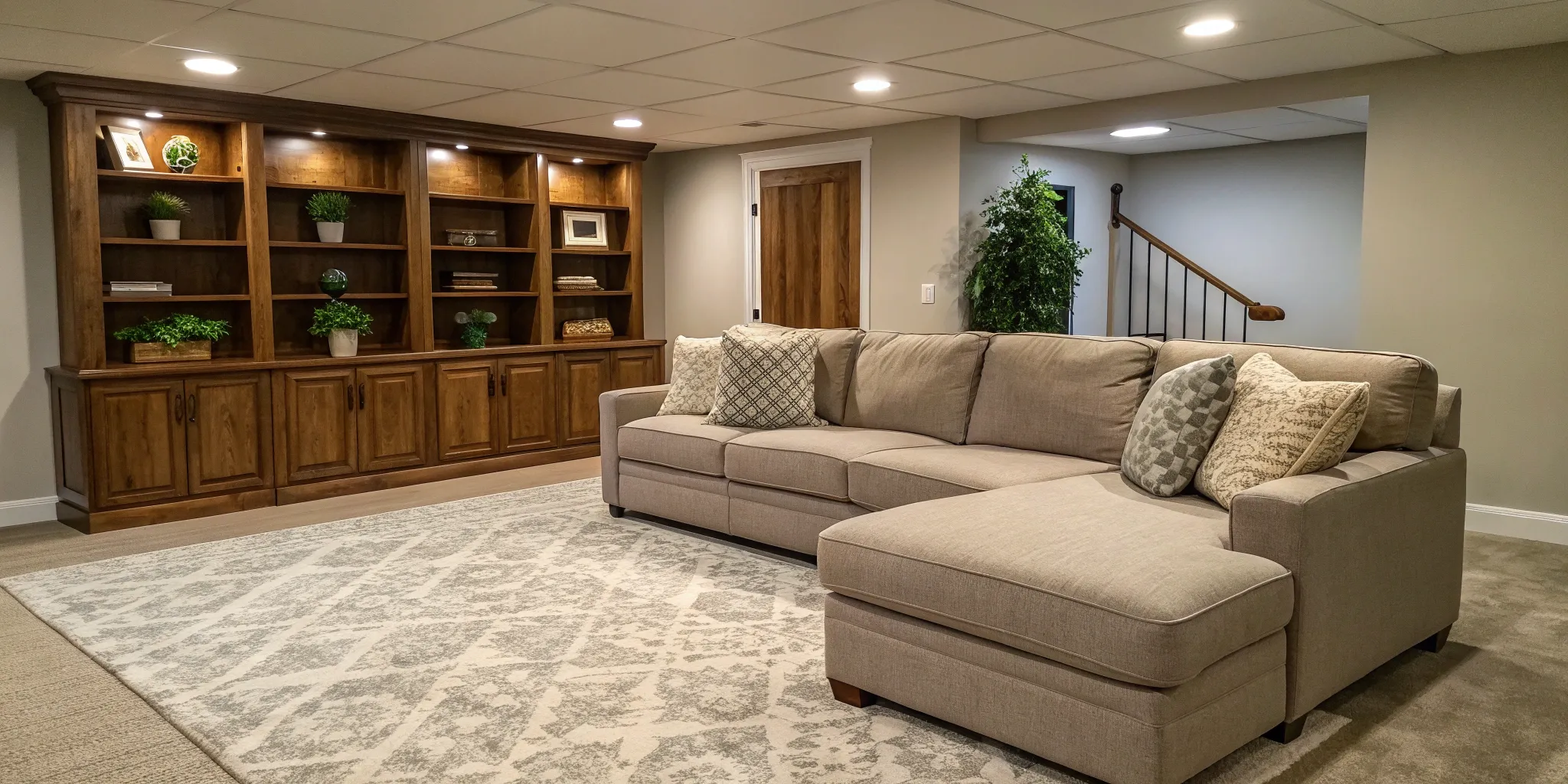
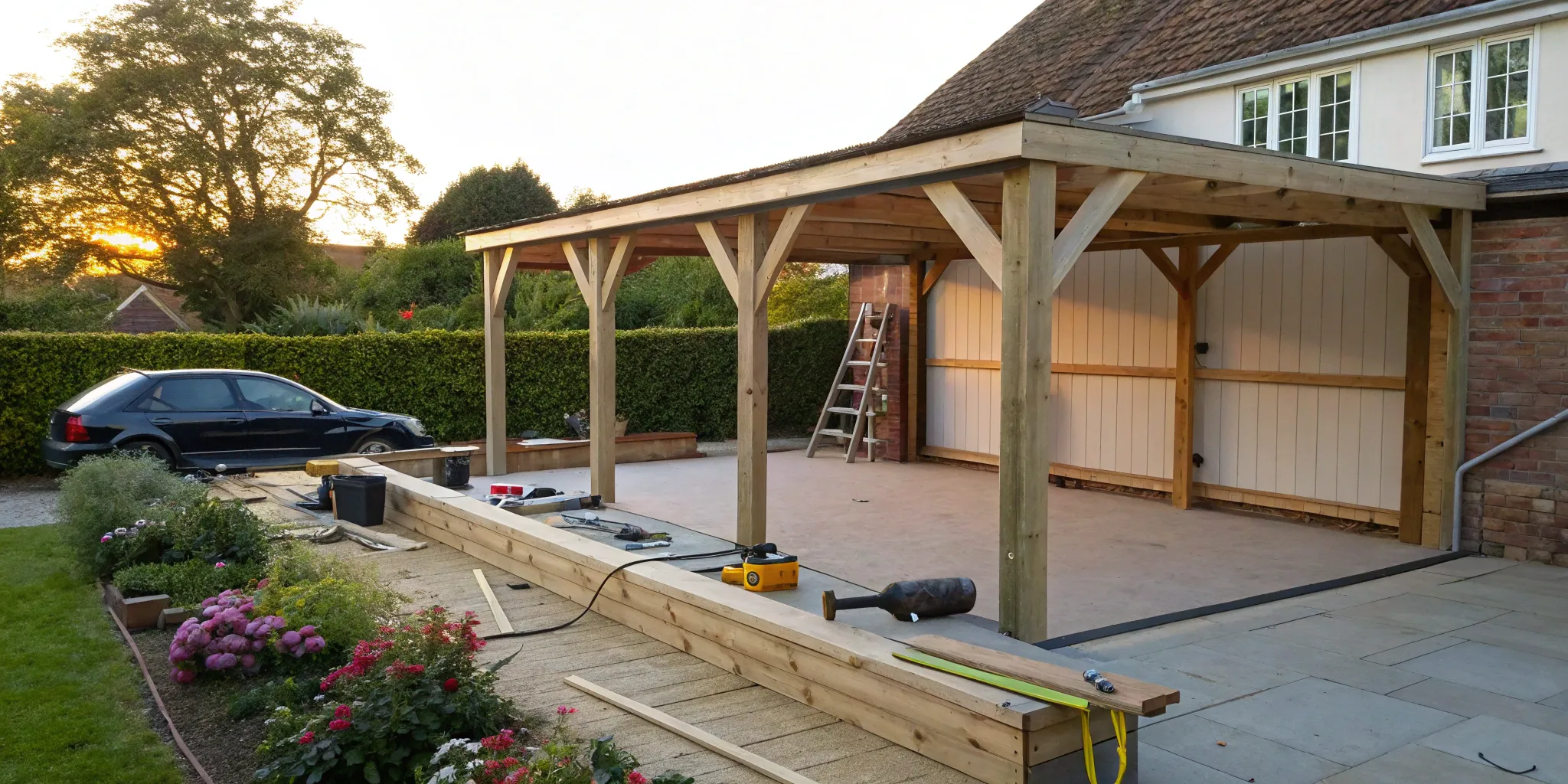
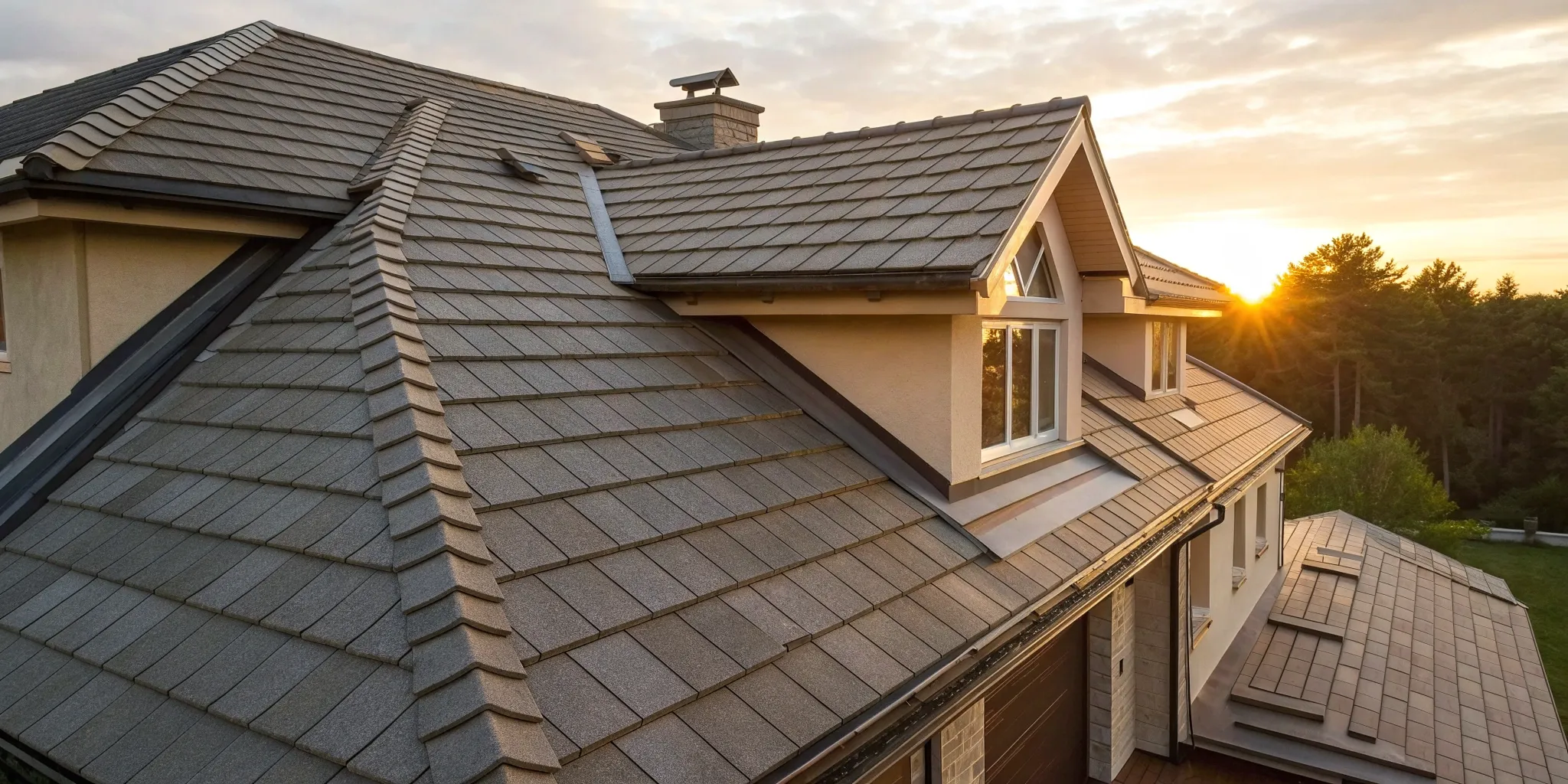
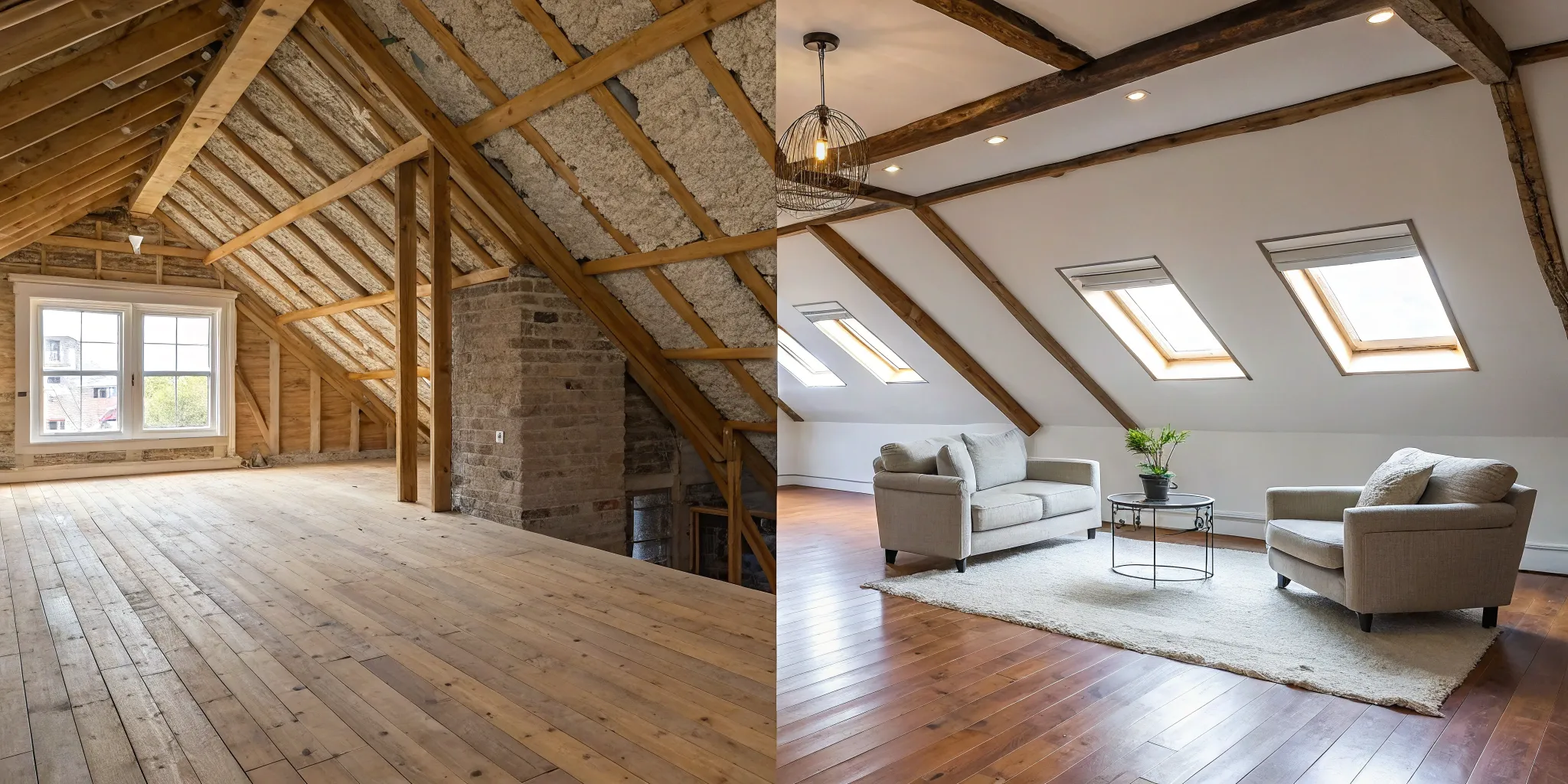

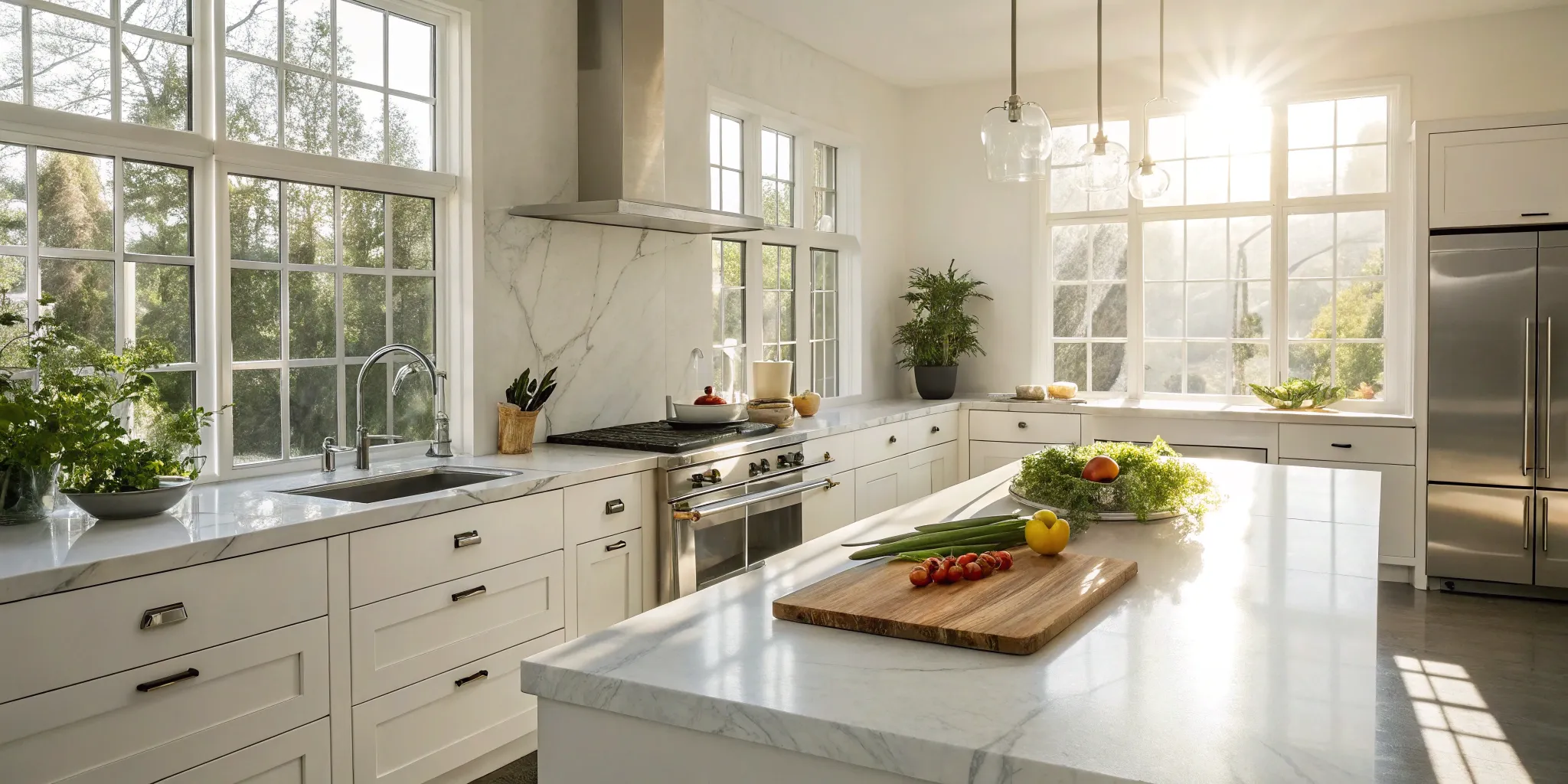

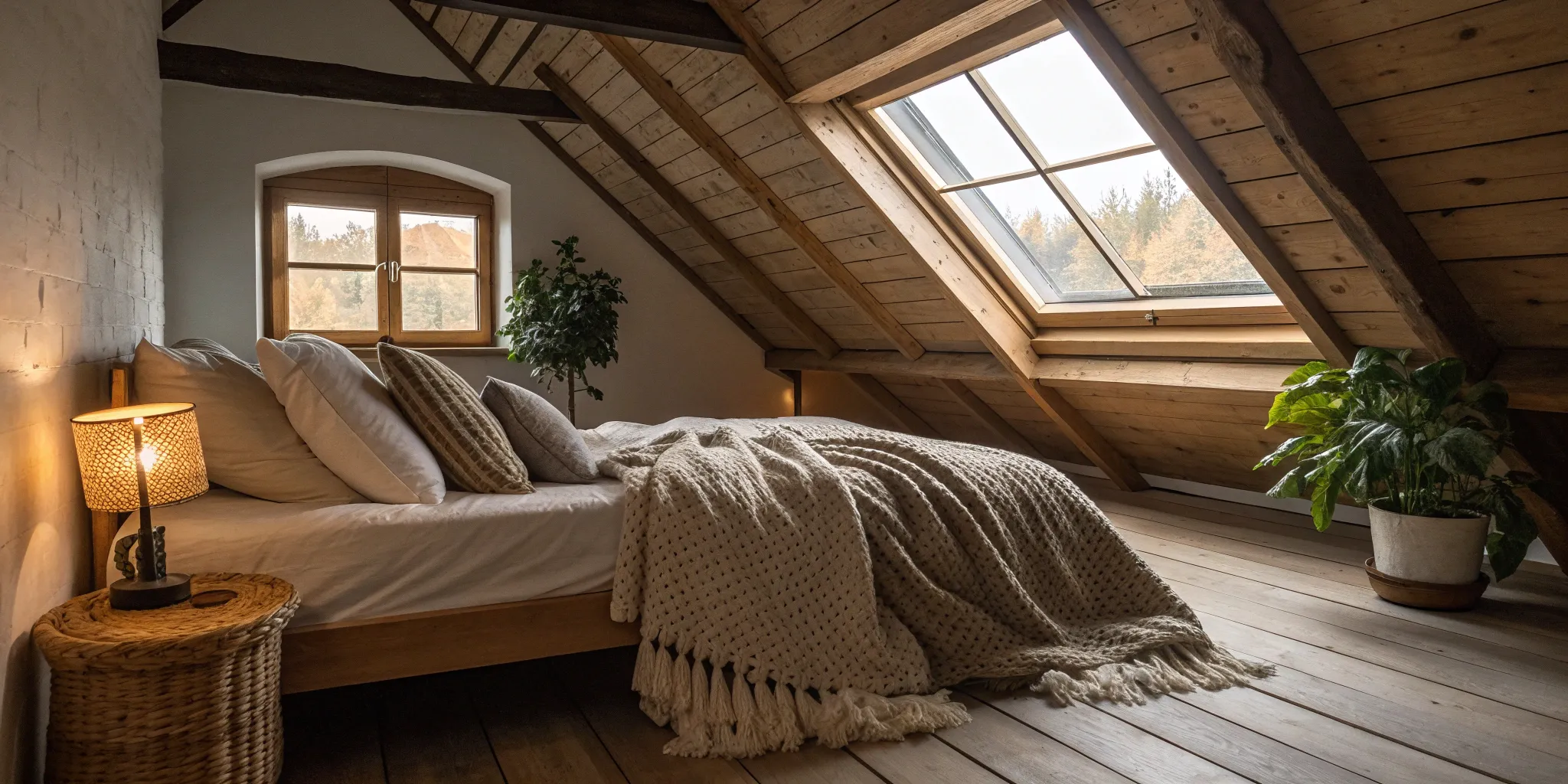
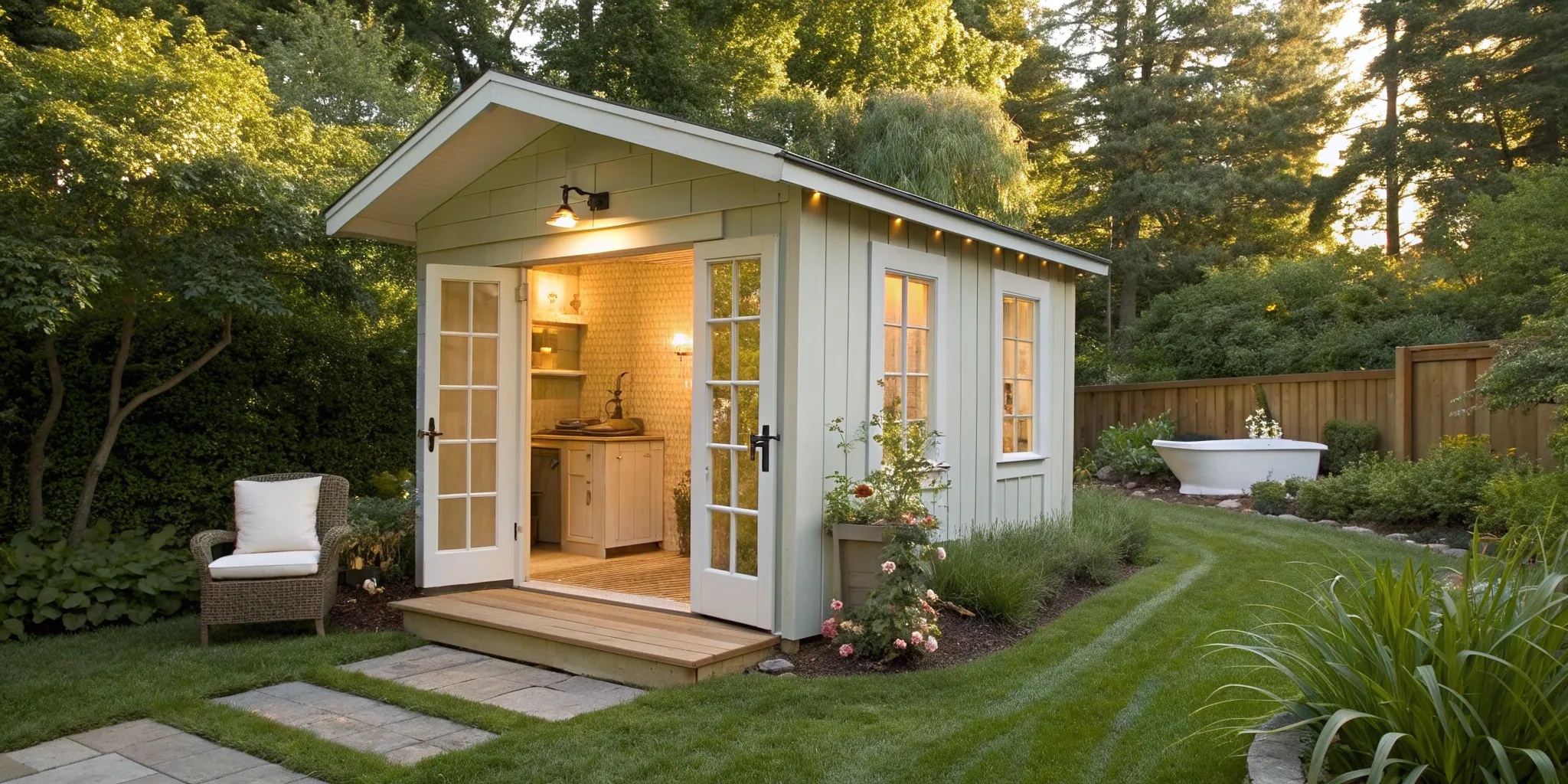
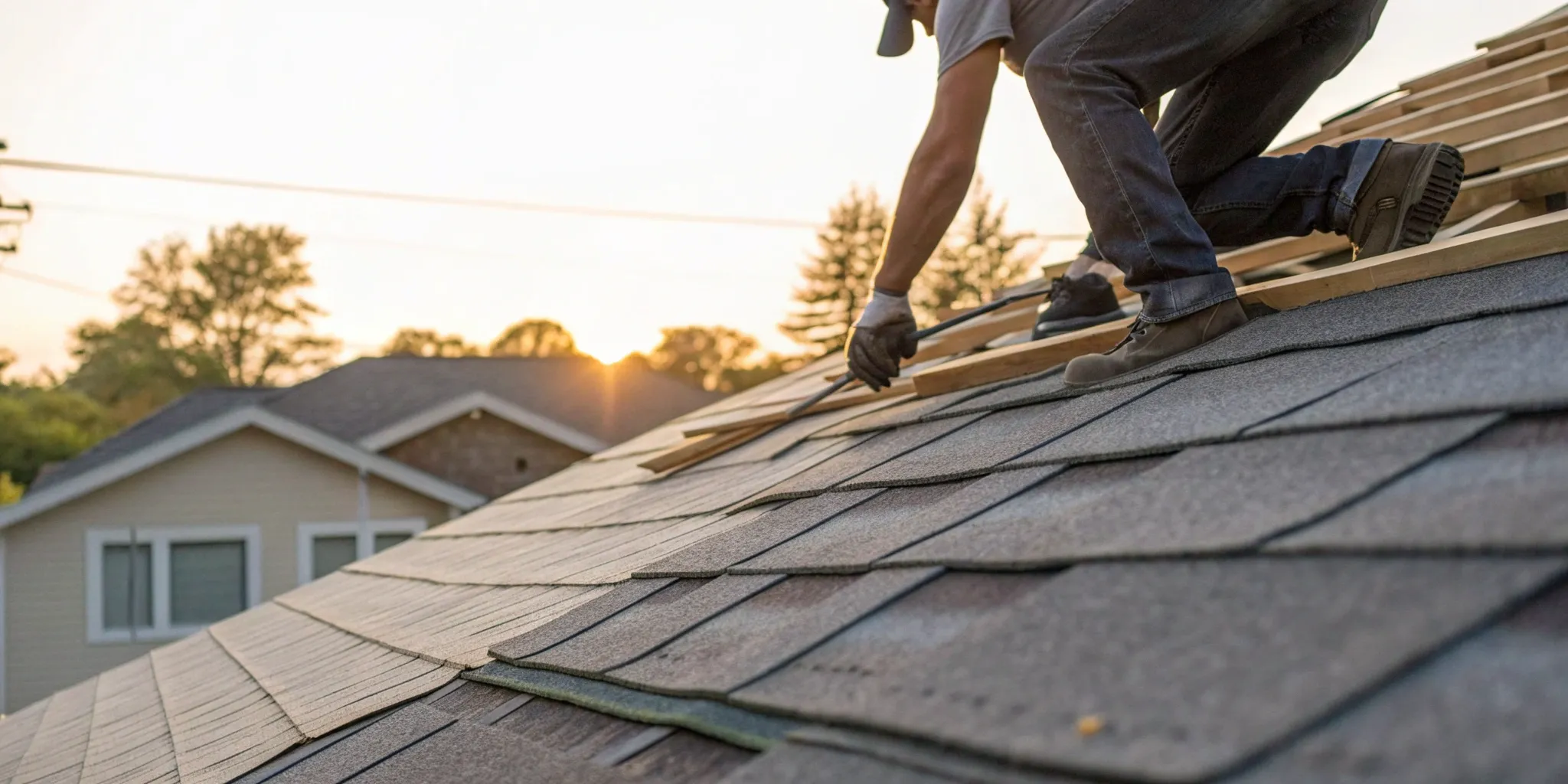

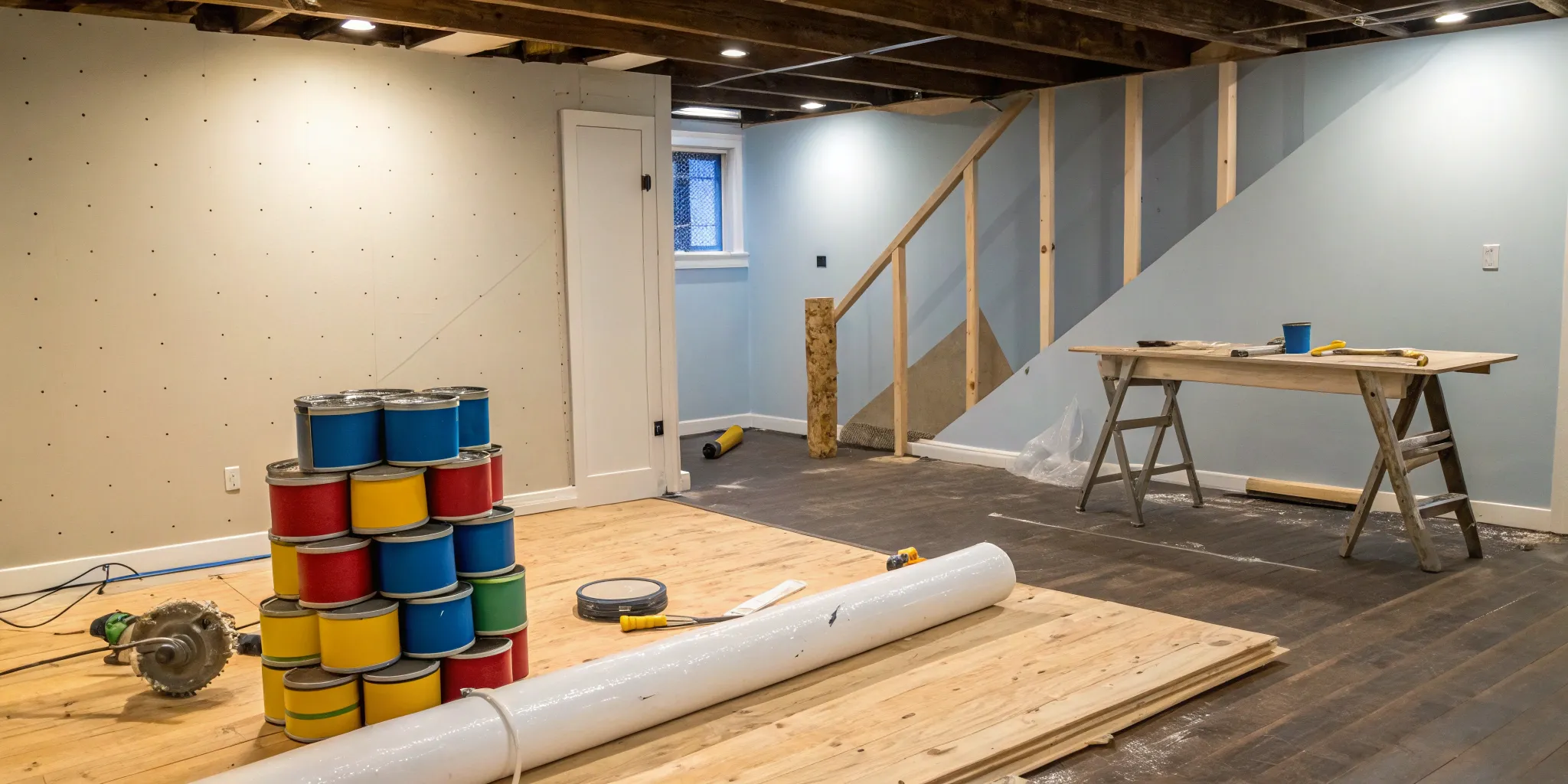

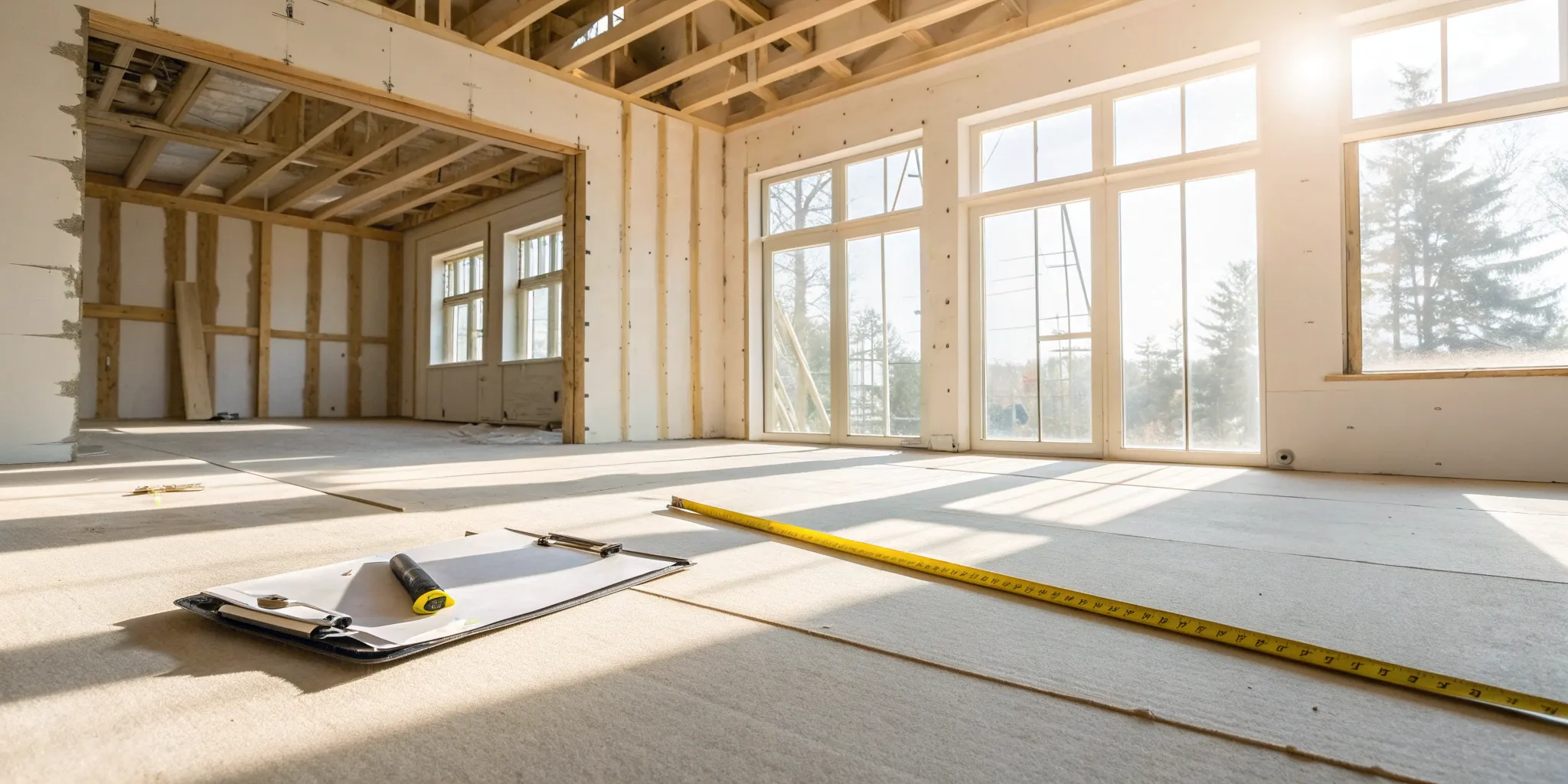
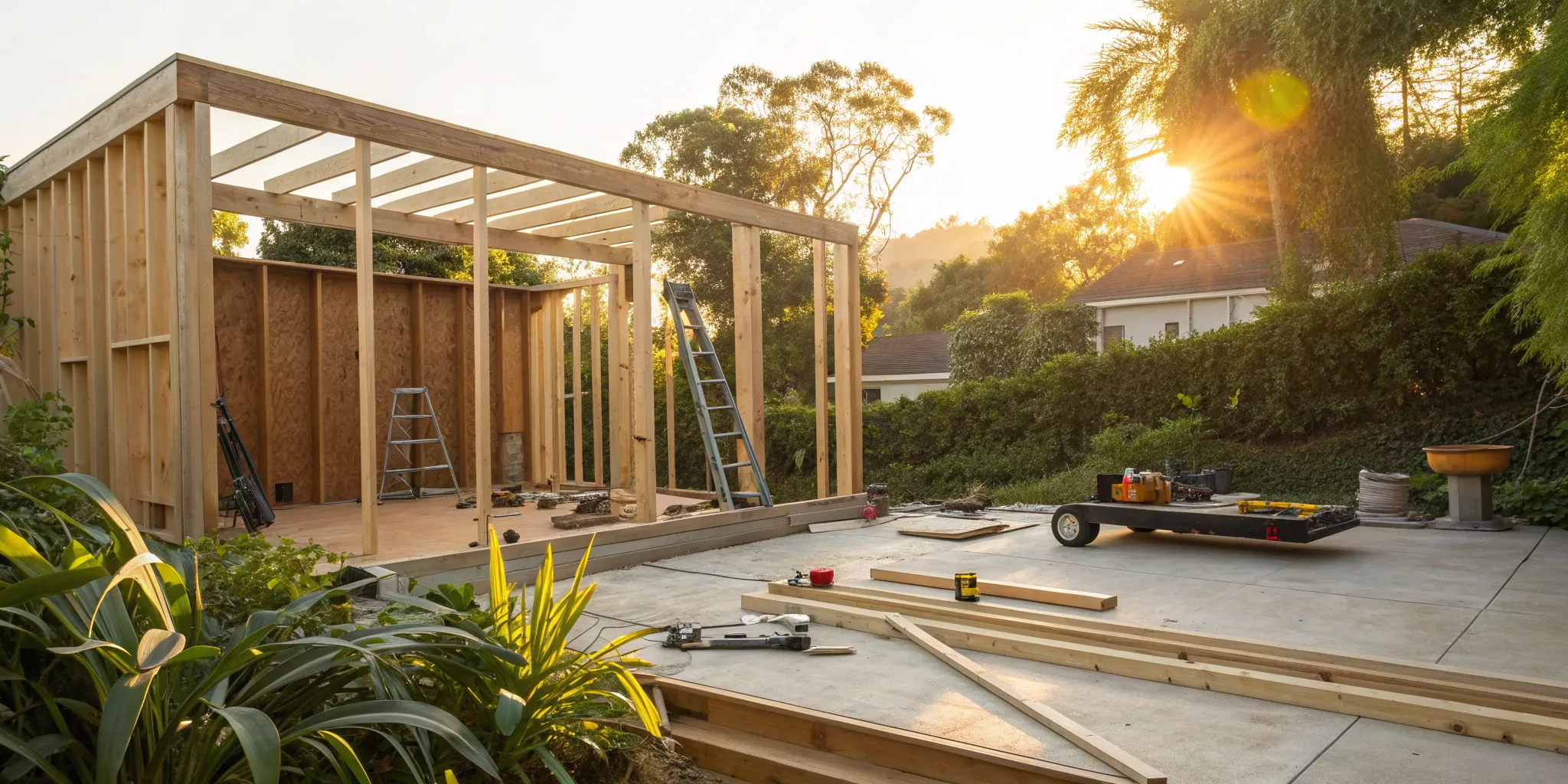
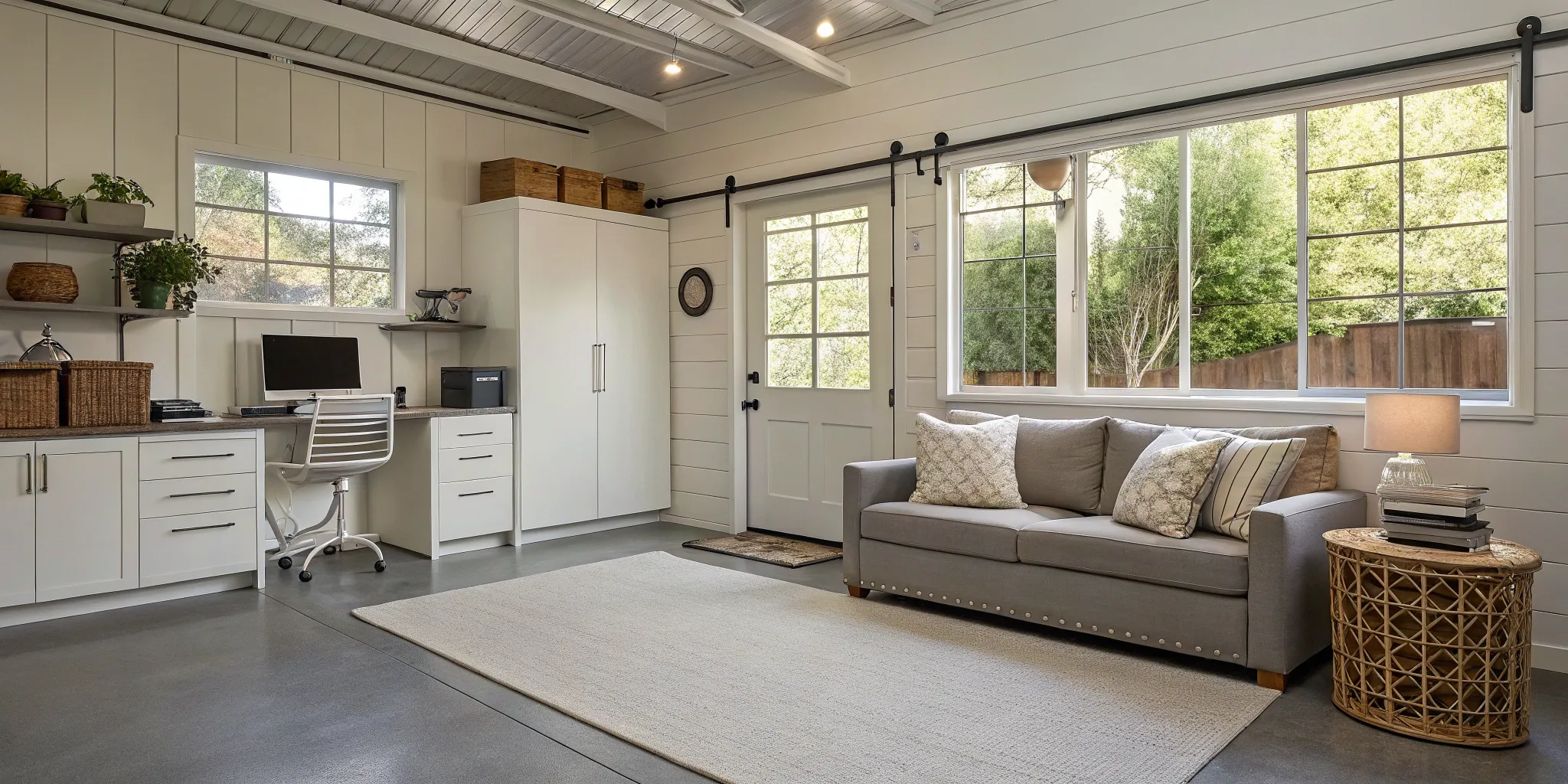
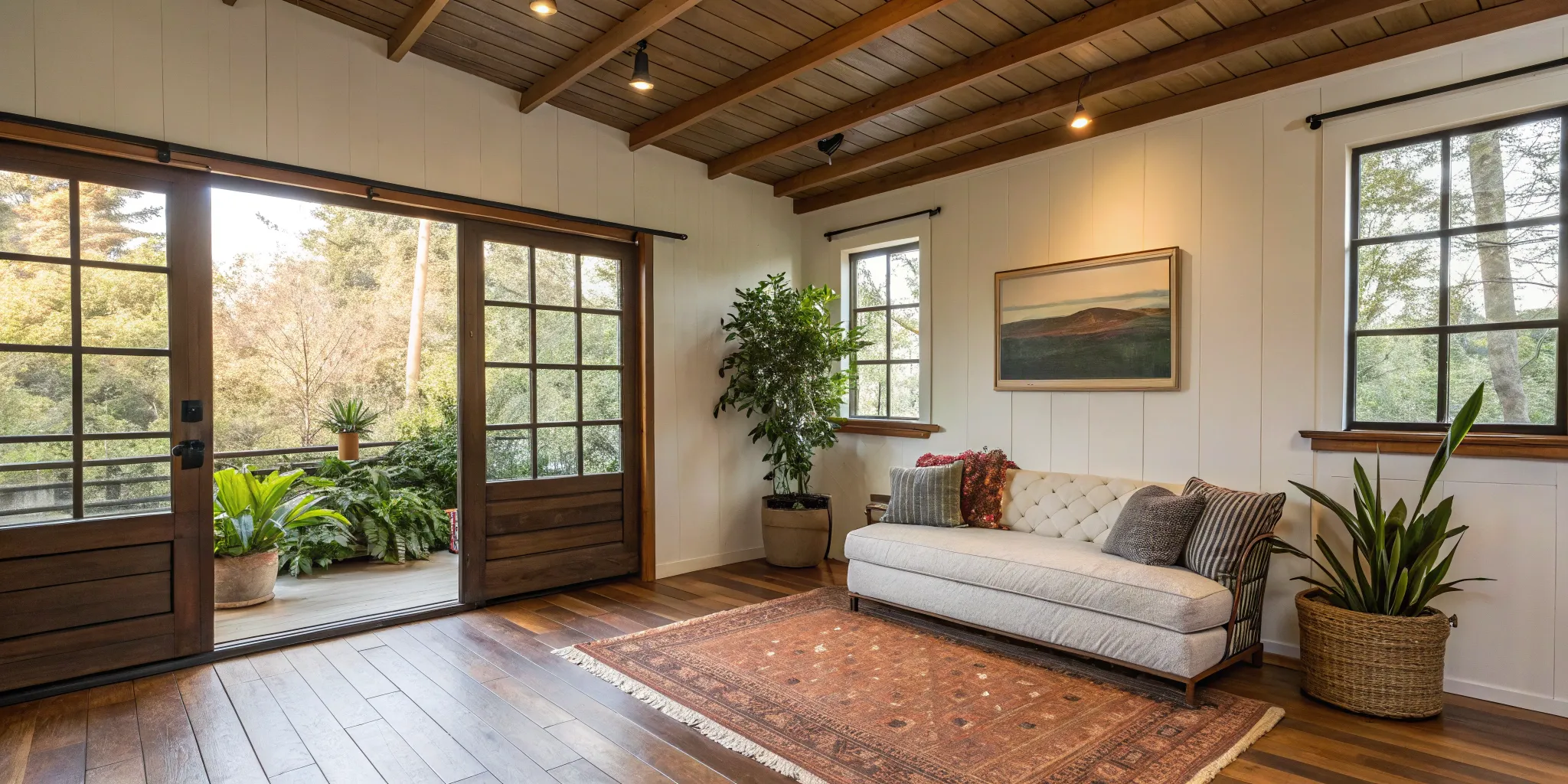
.png)
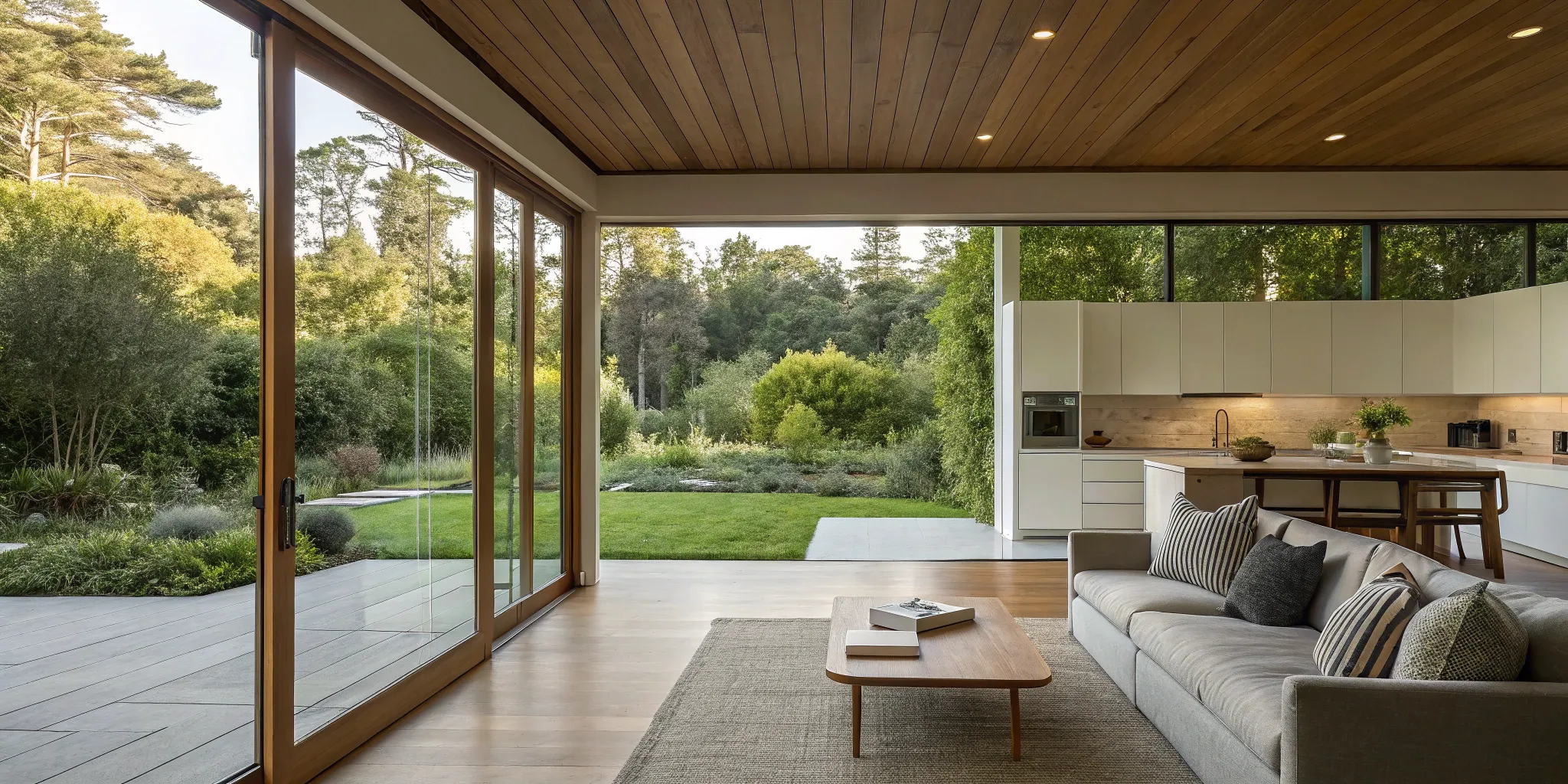
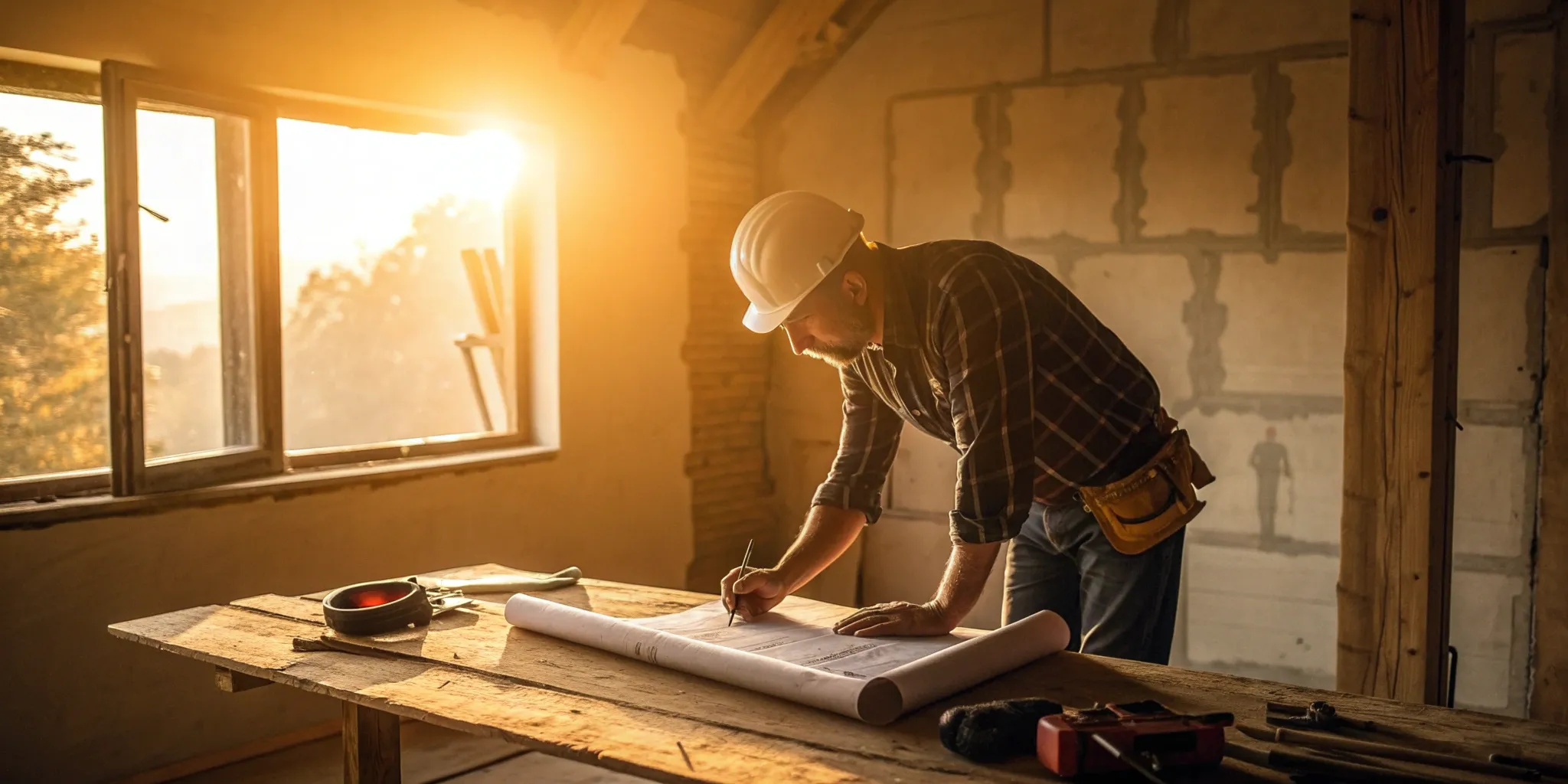
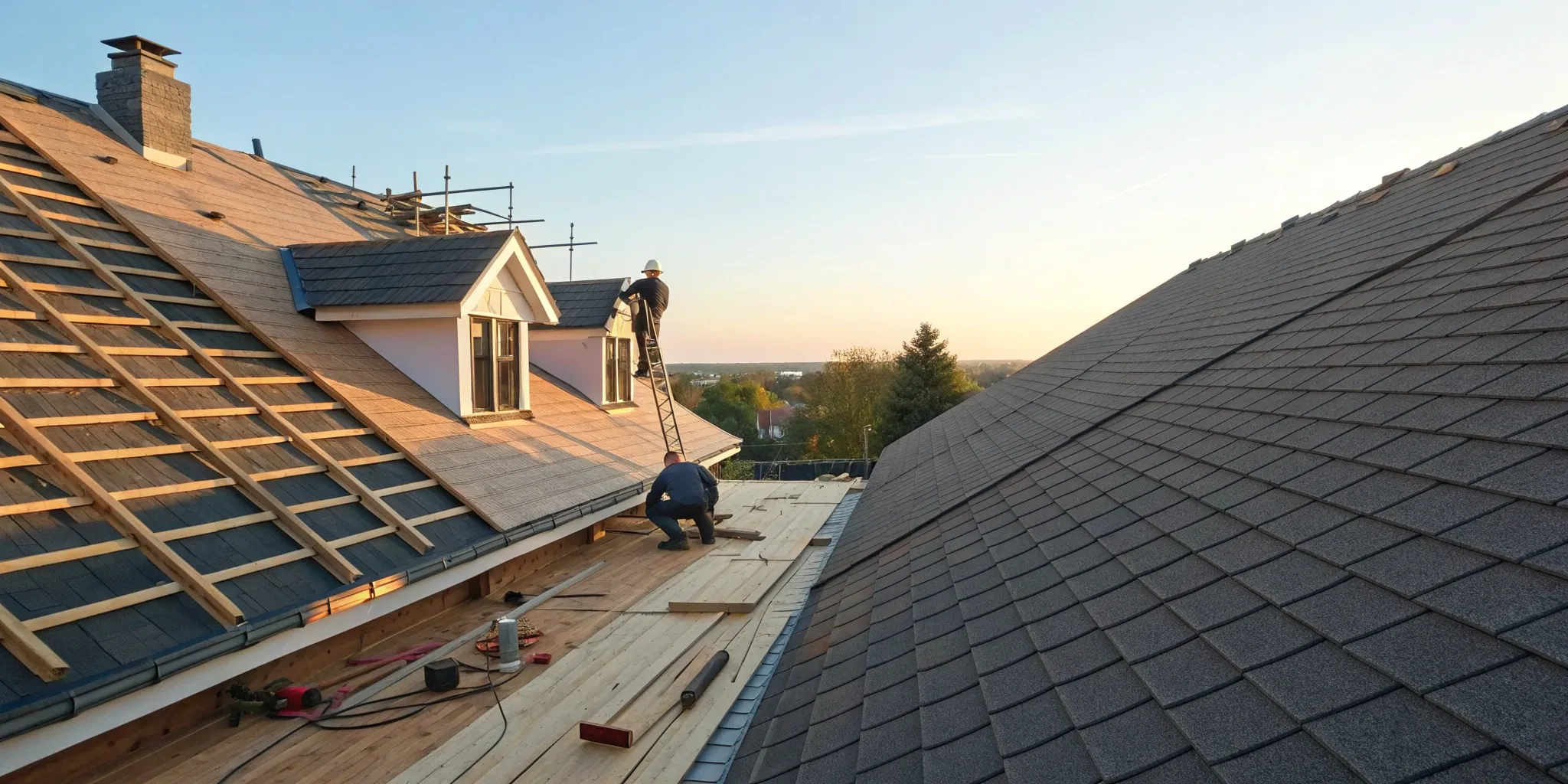
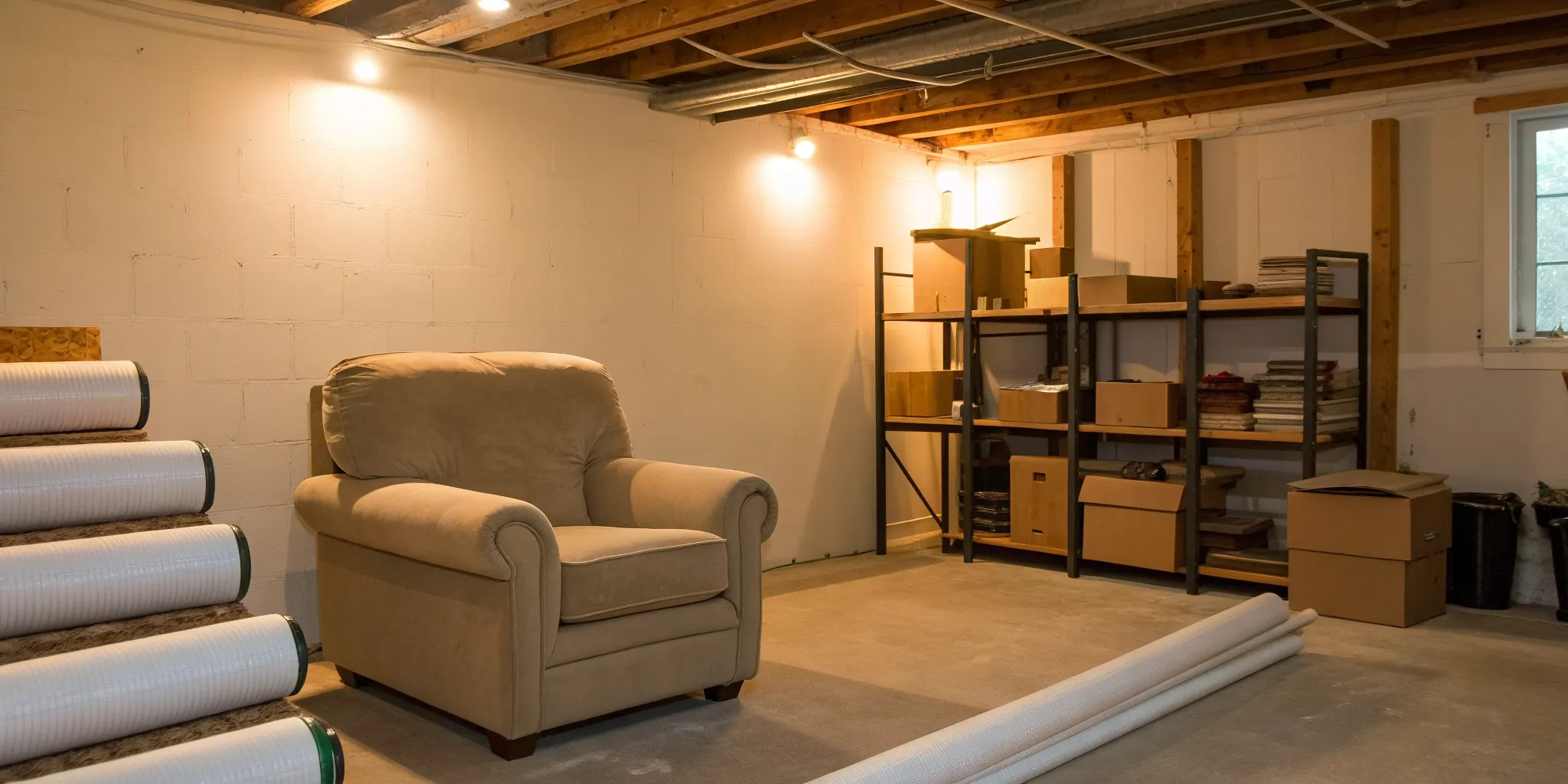
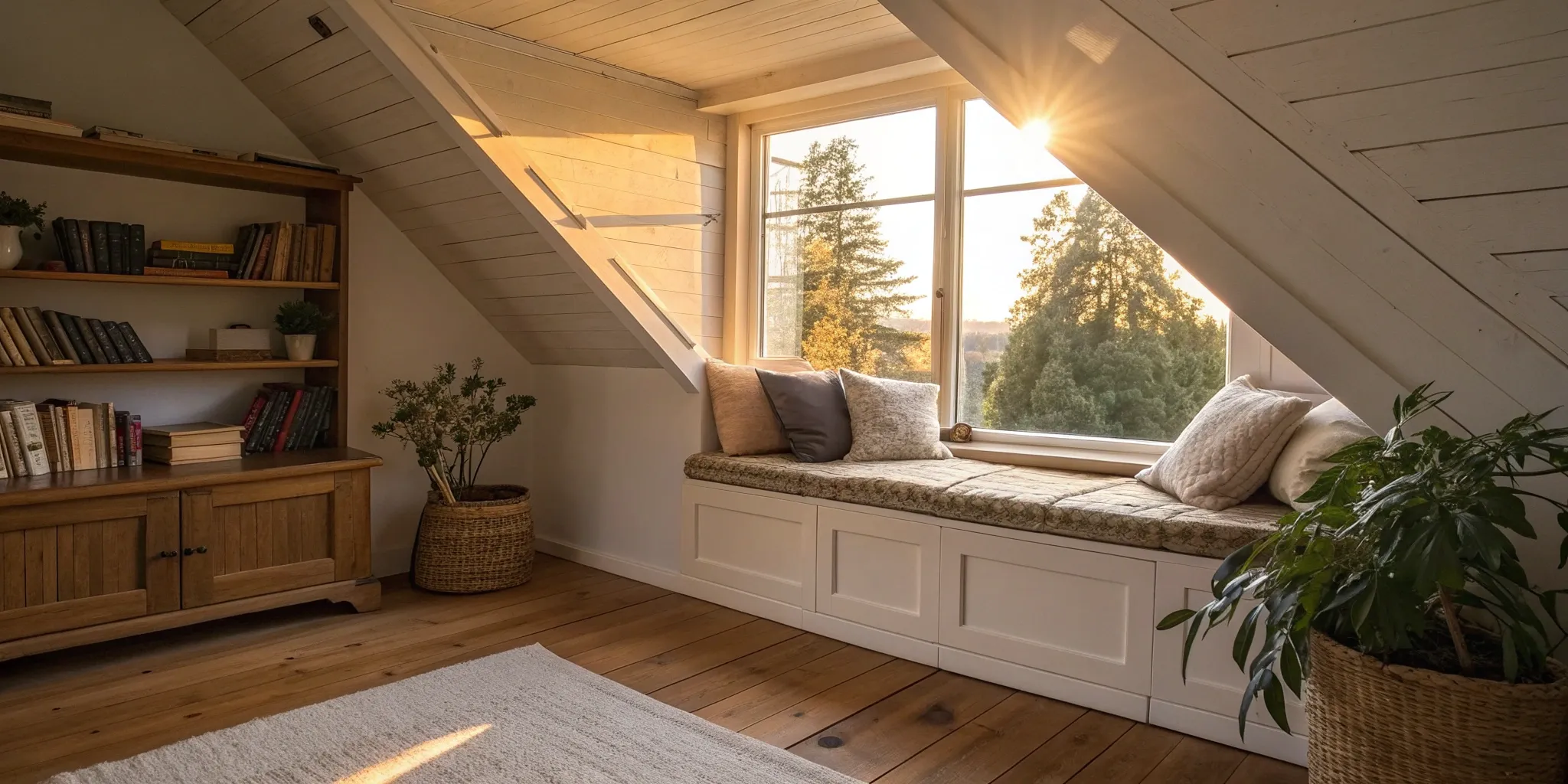
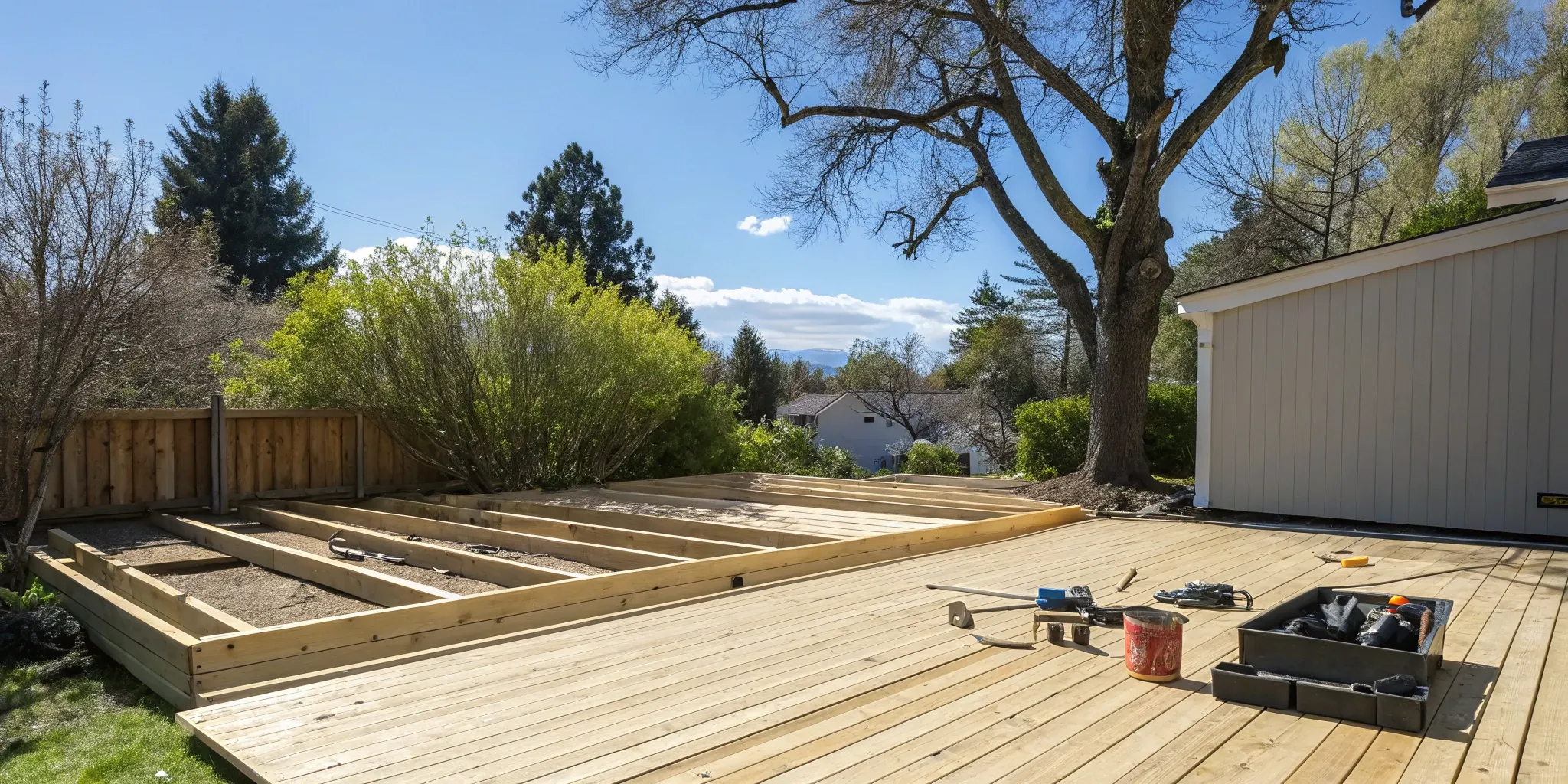
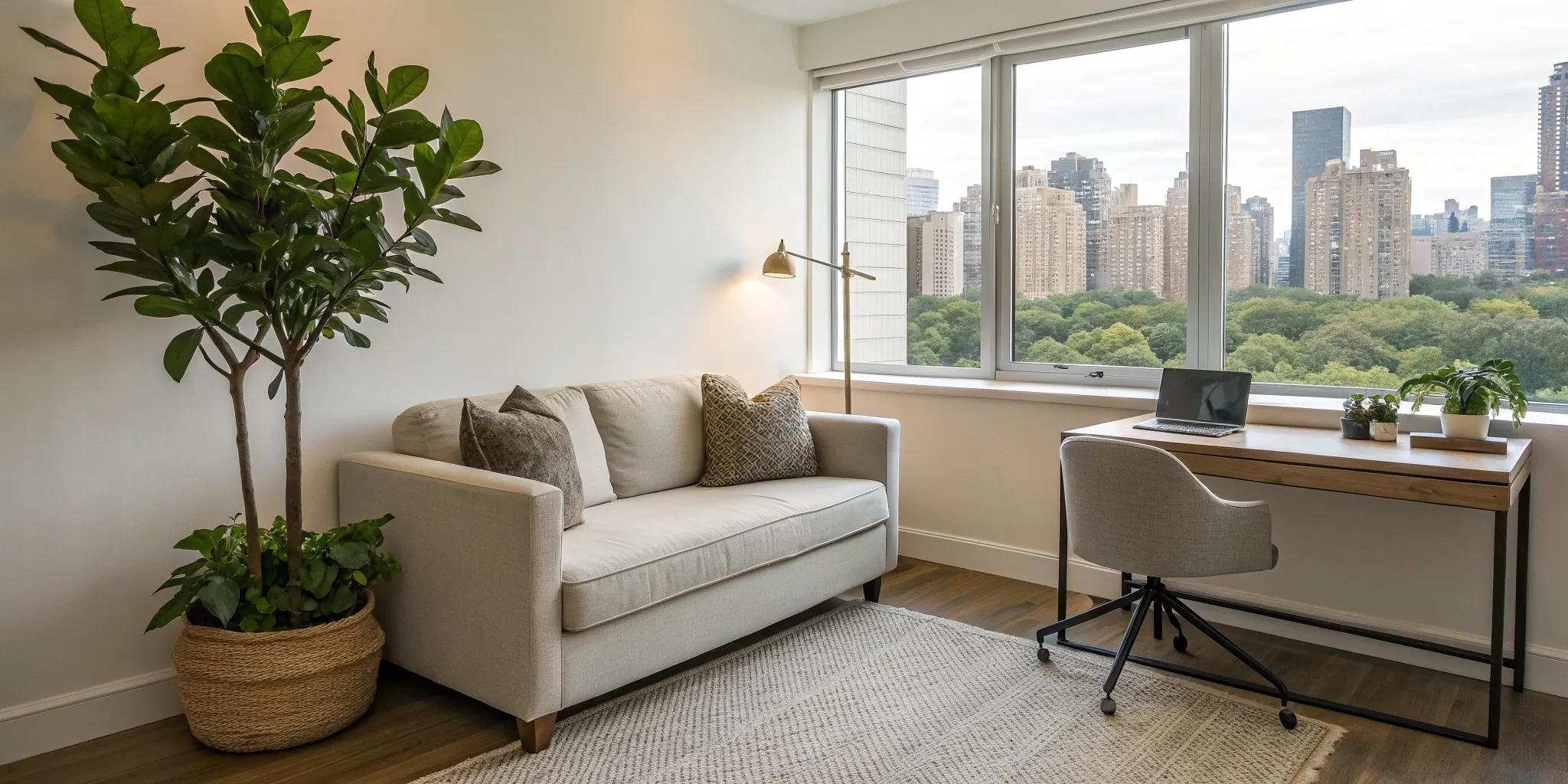
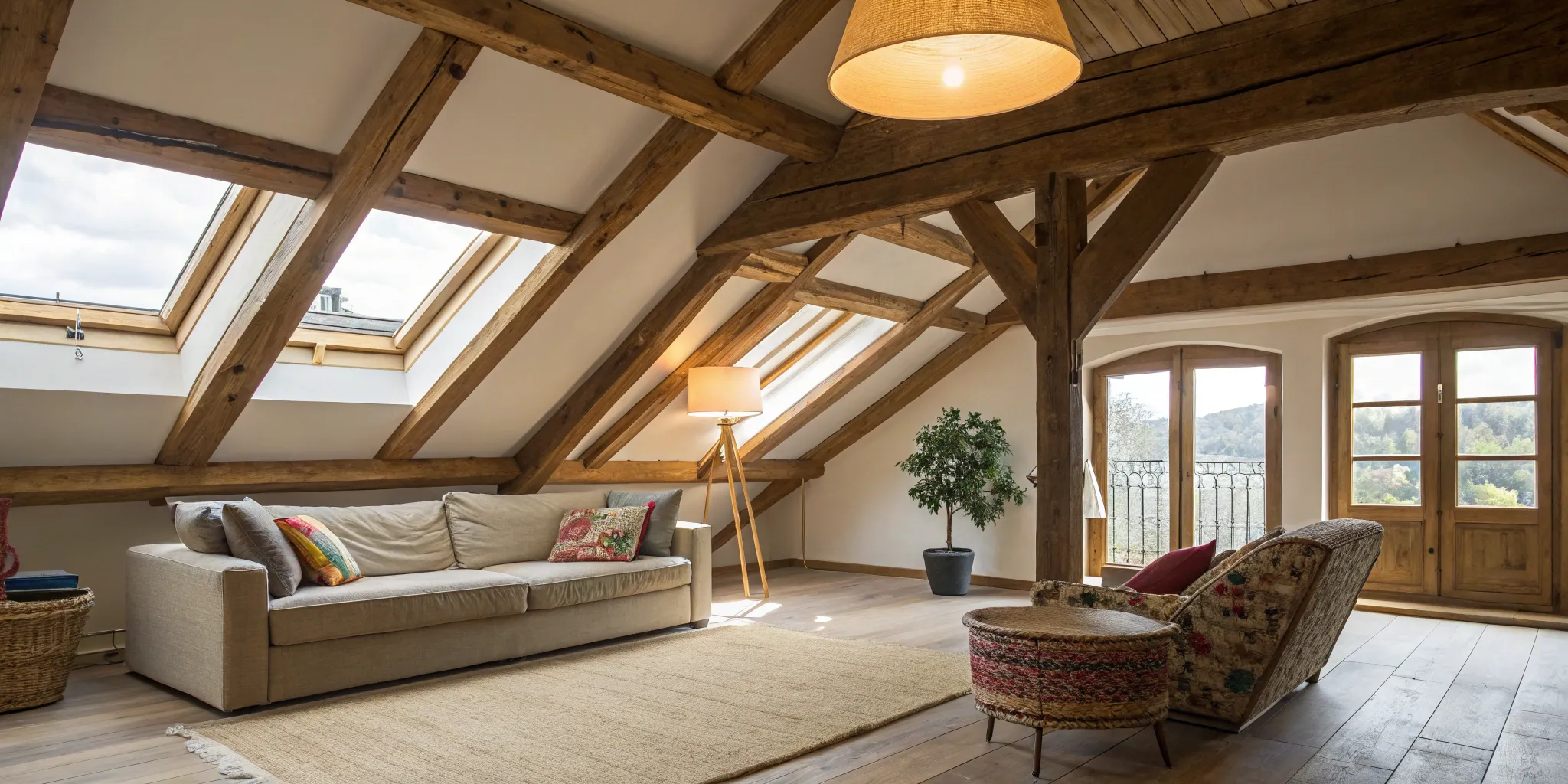


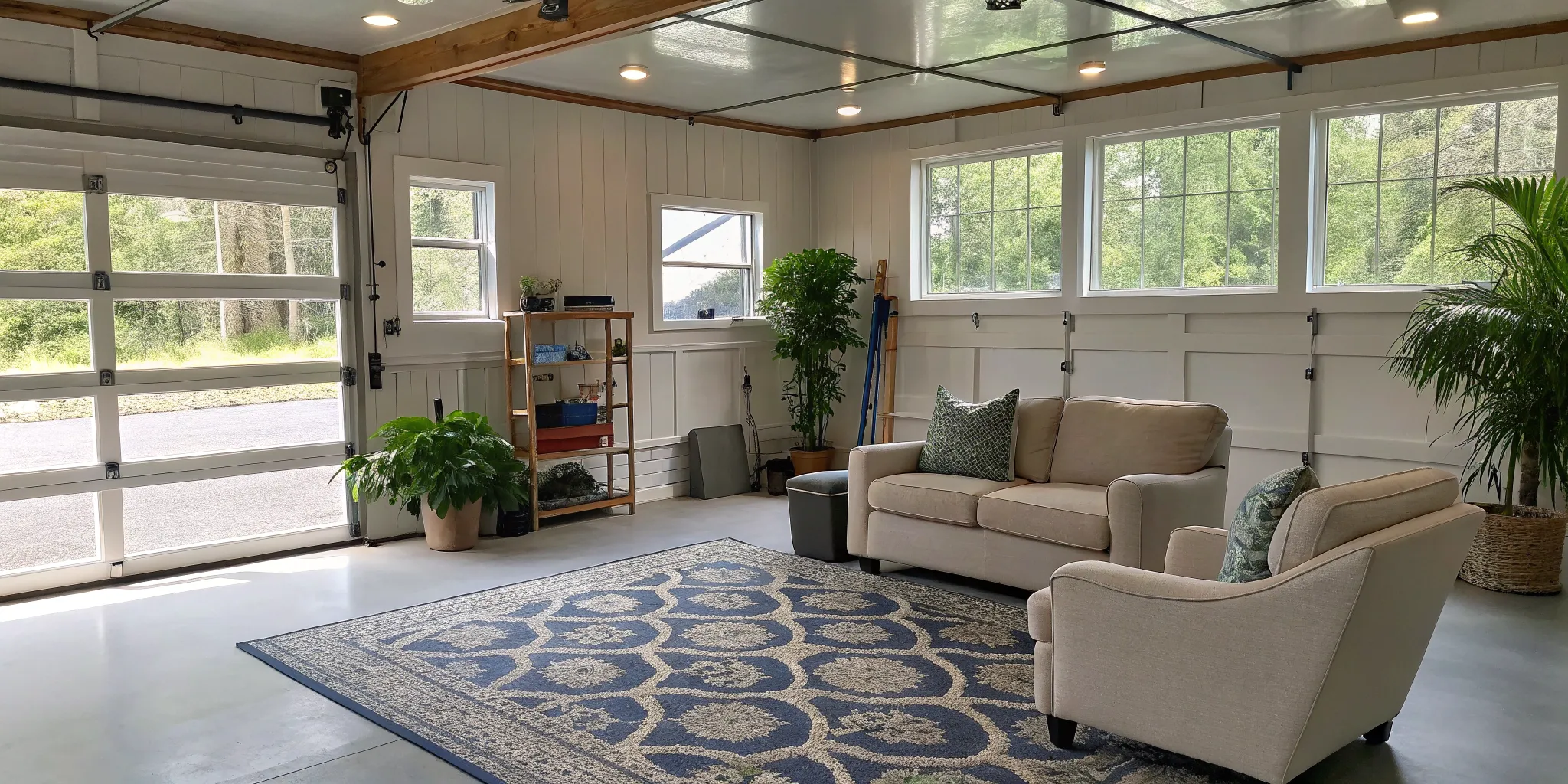
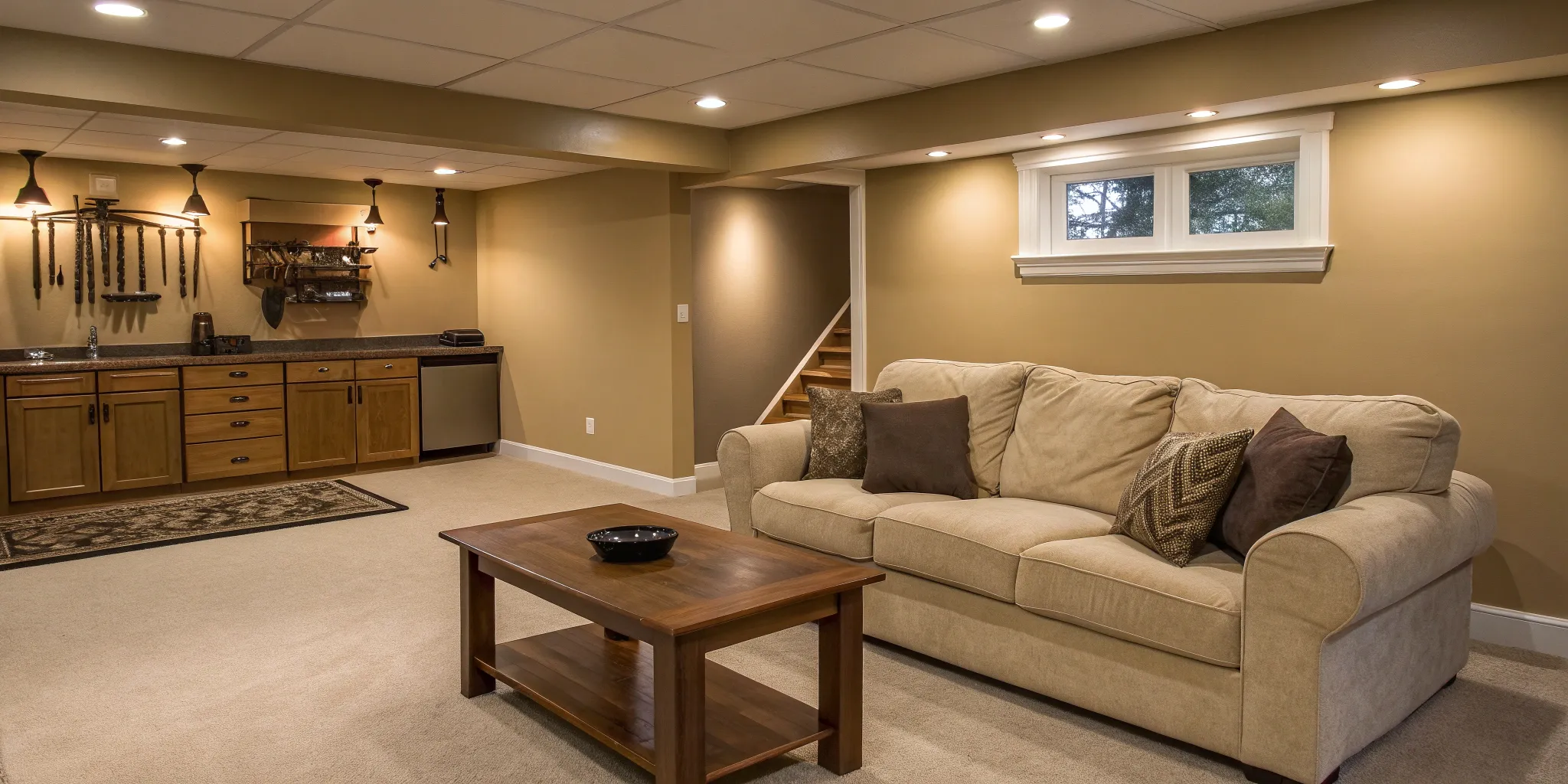



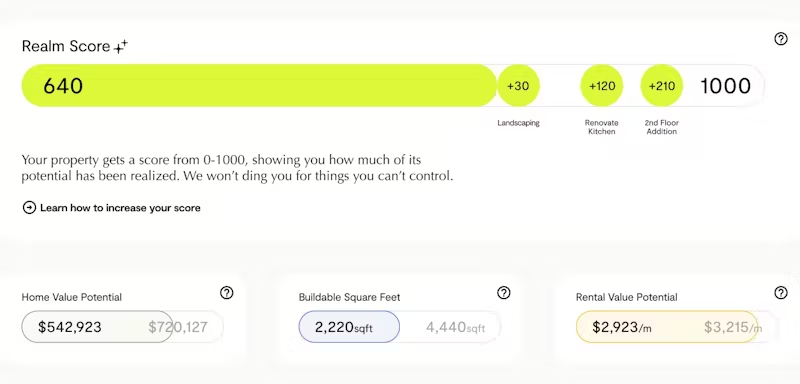
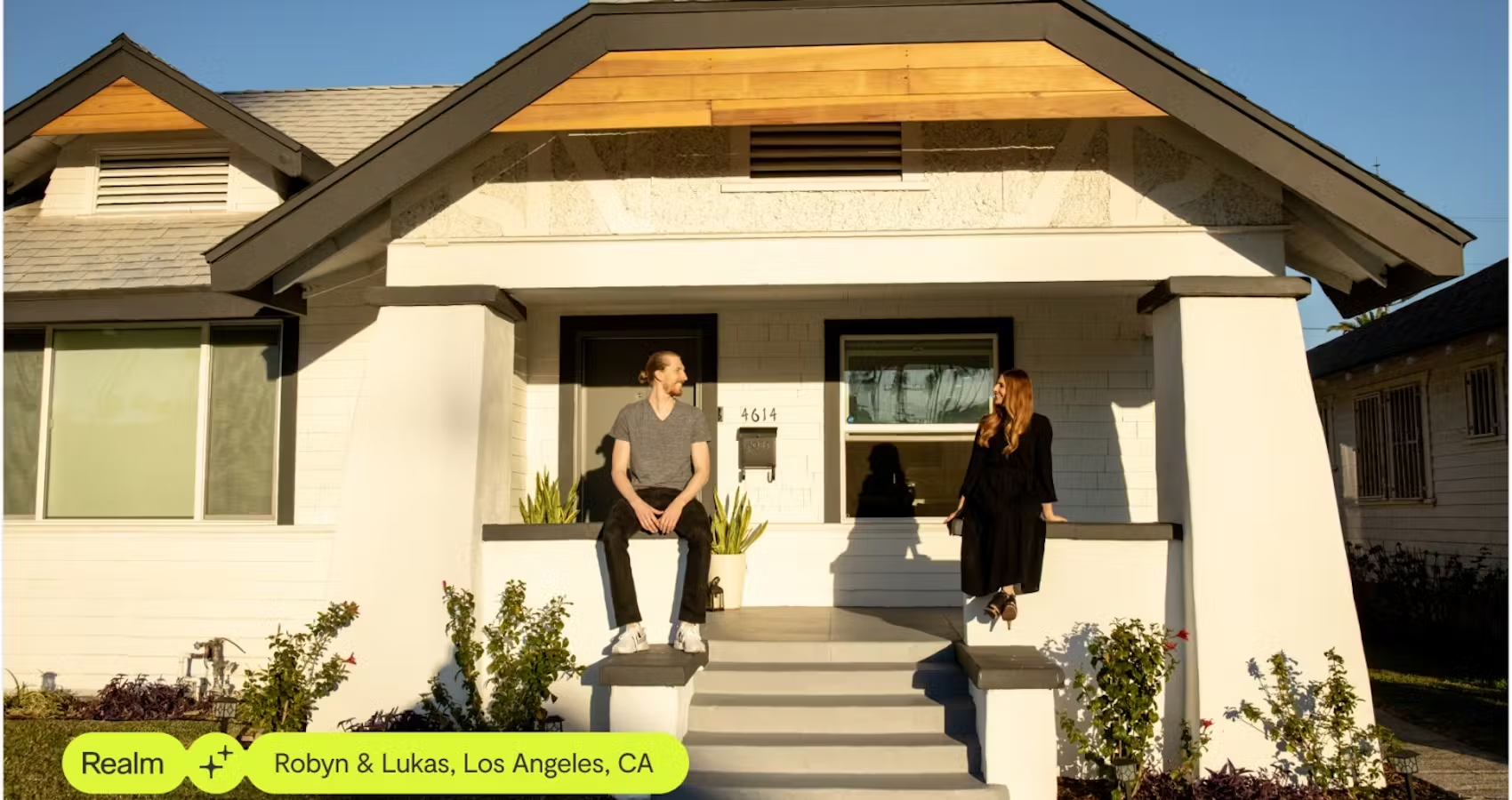
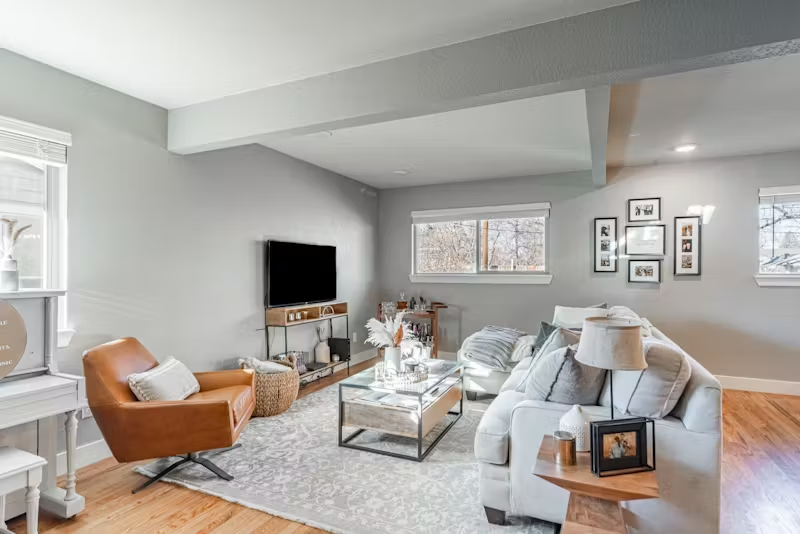
.avif)


